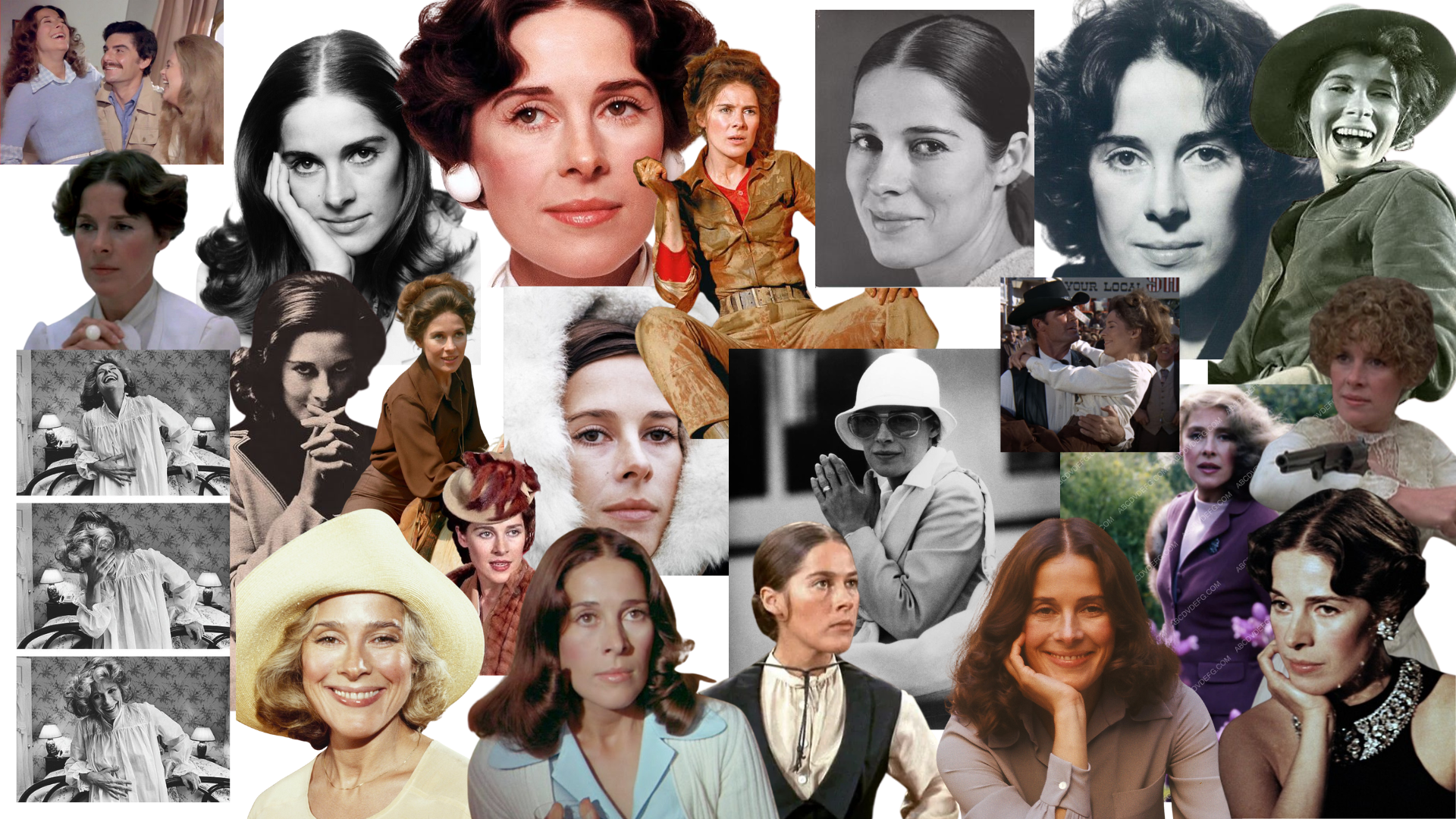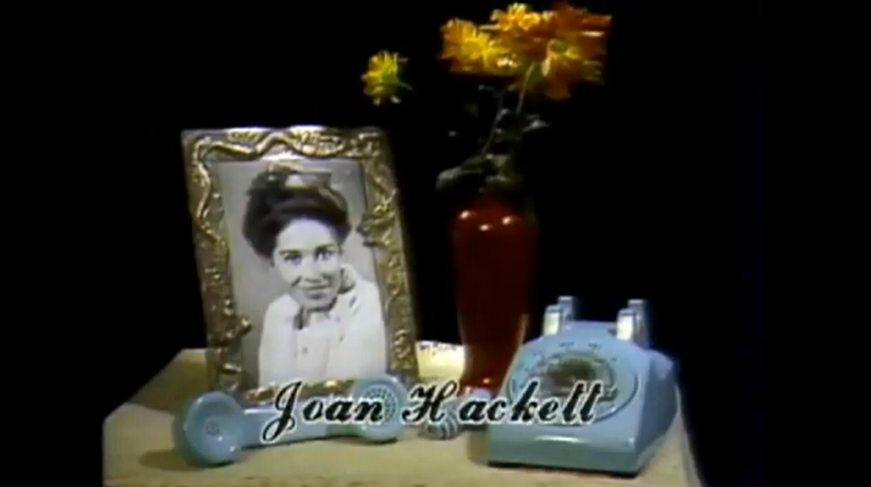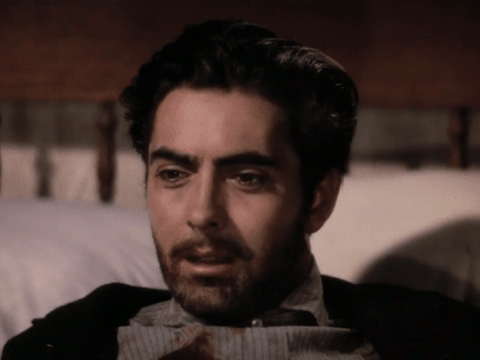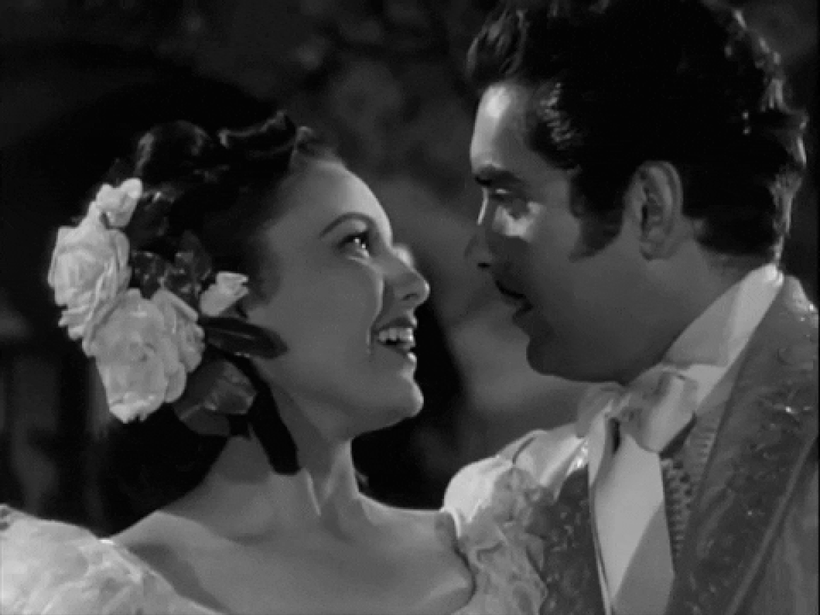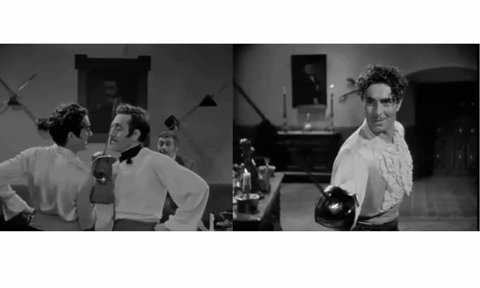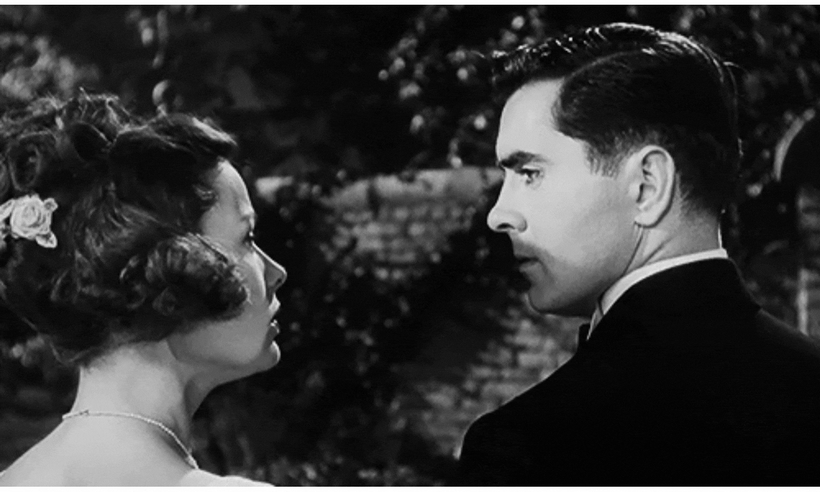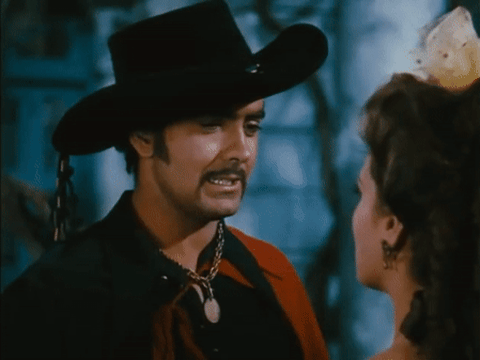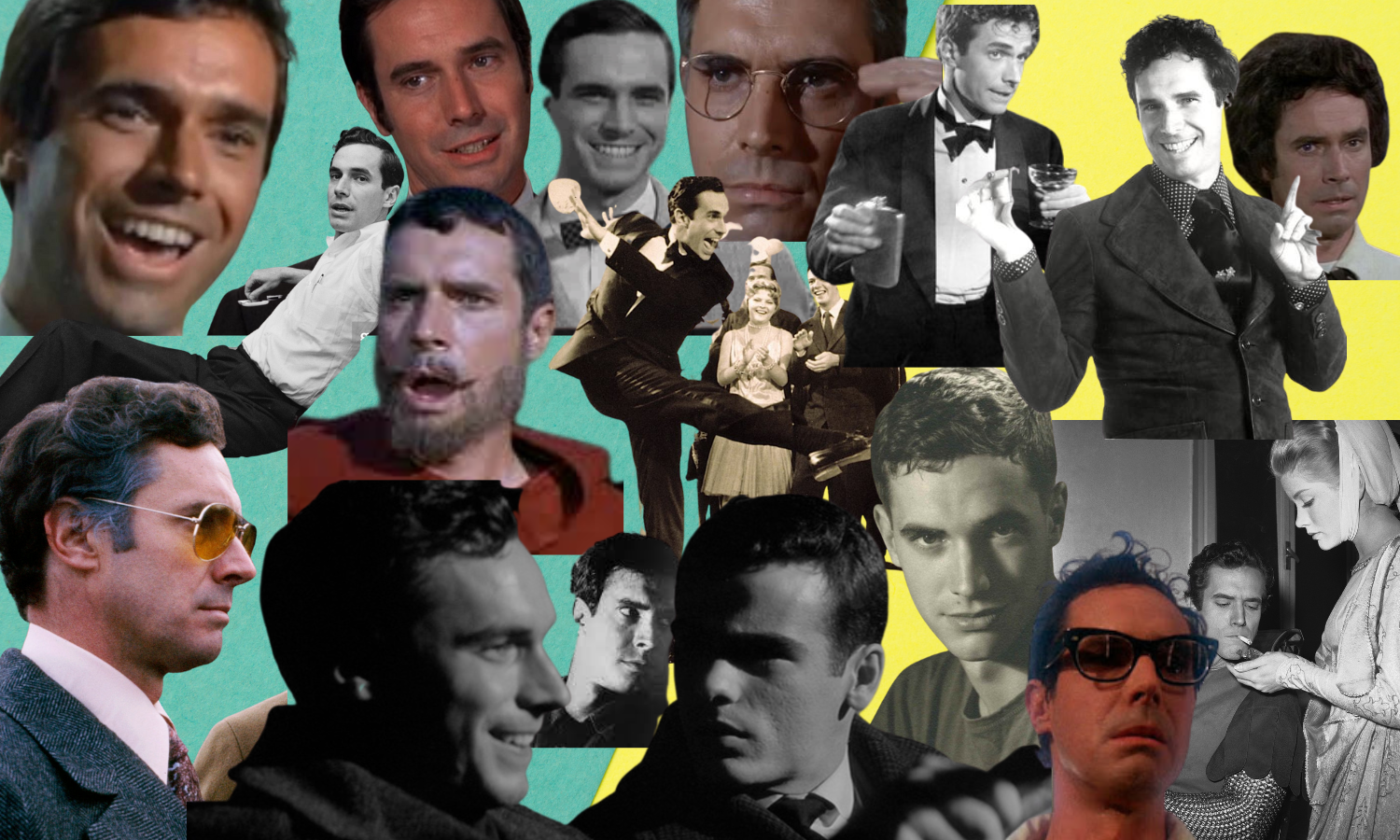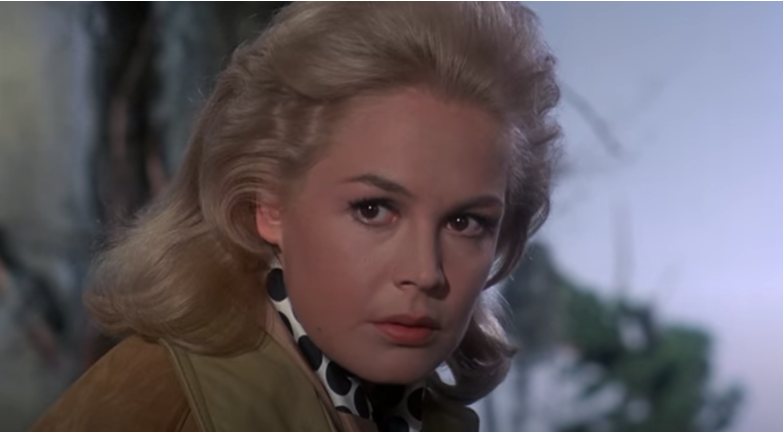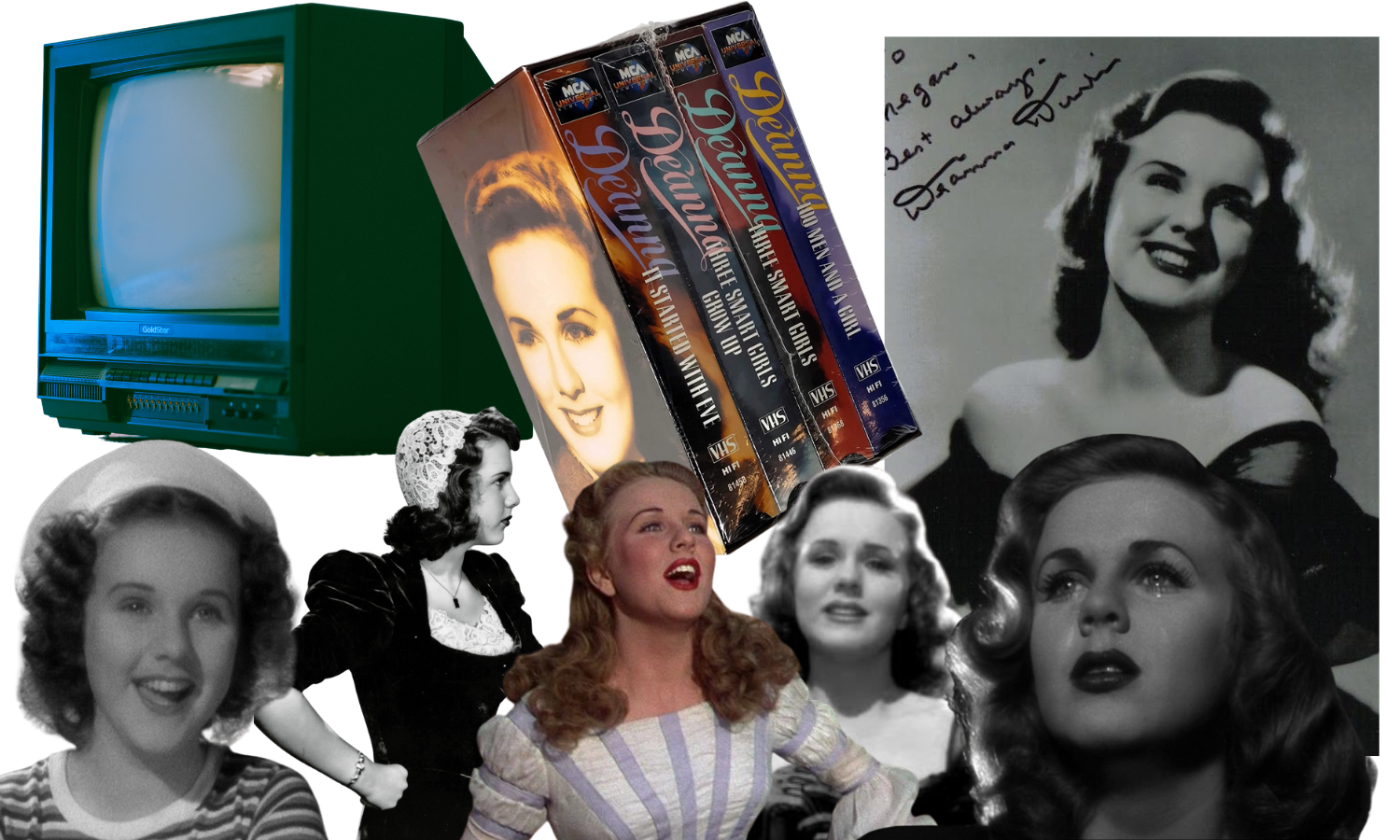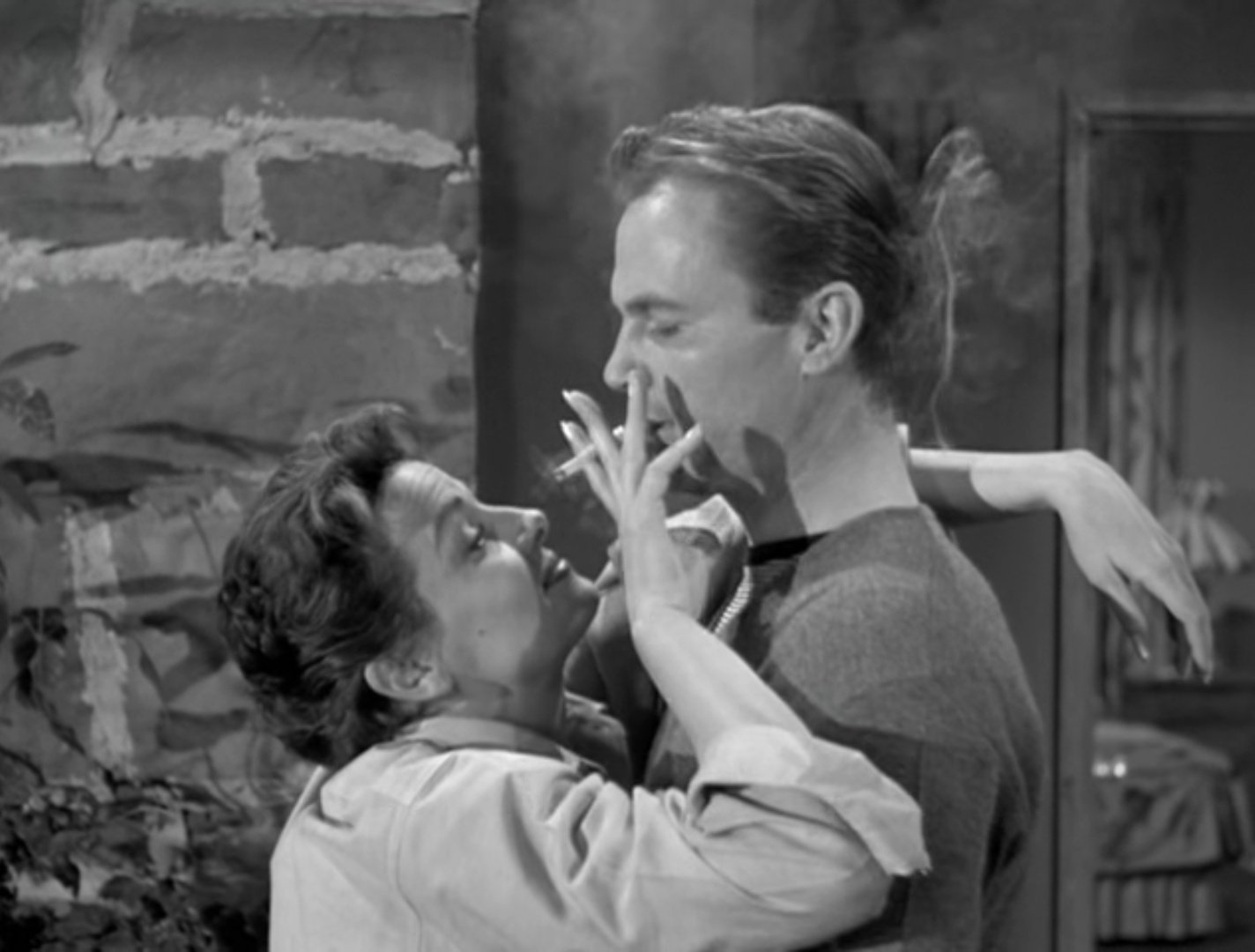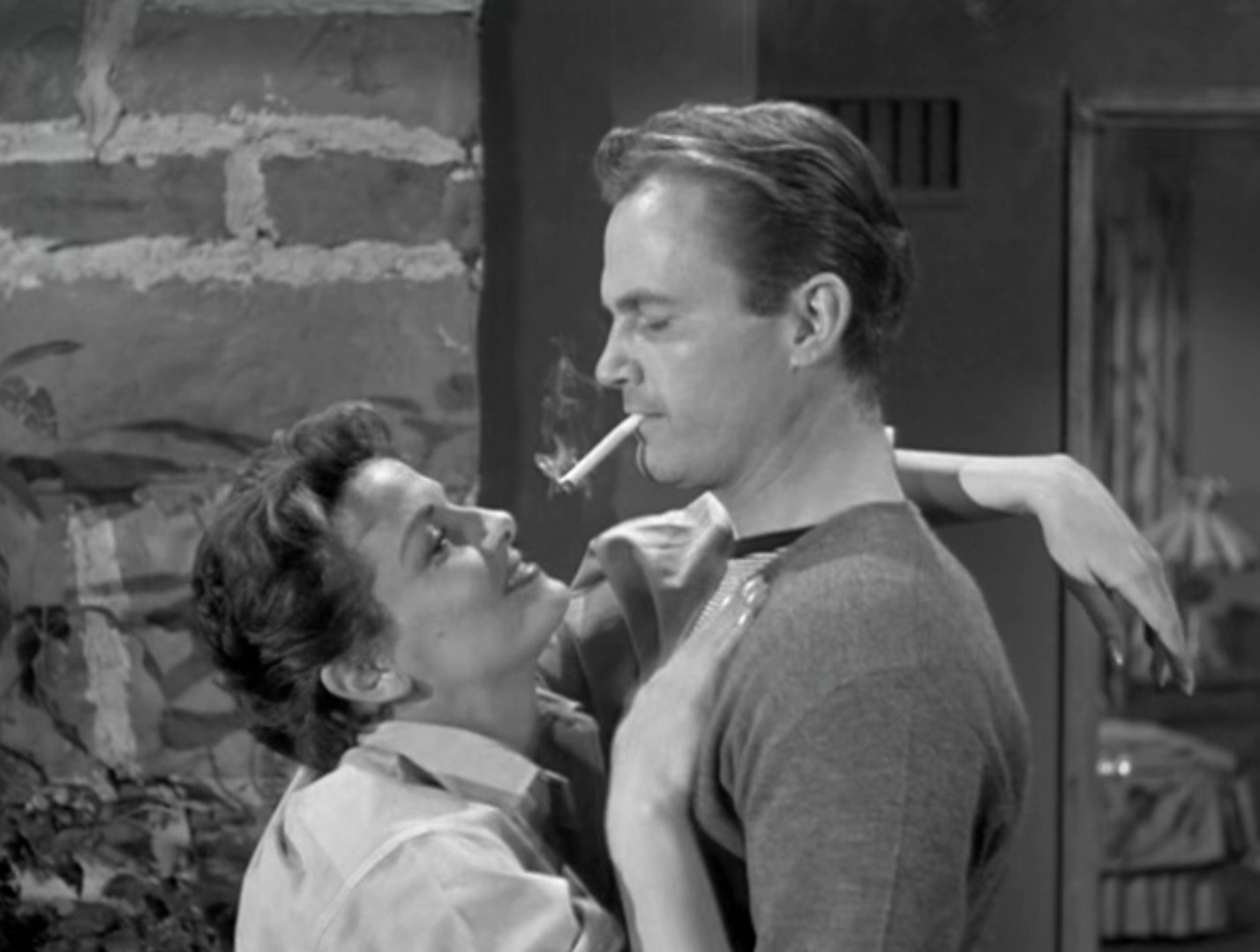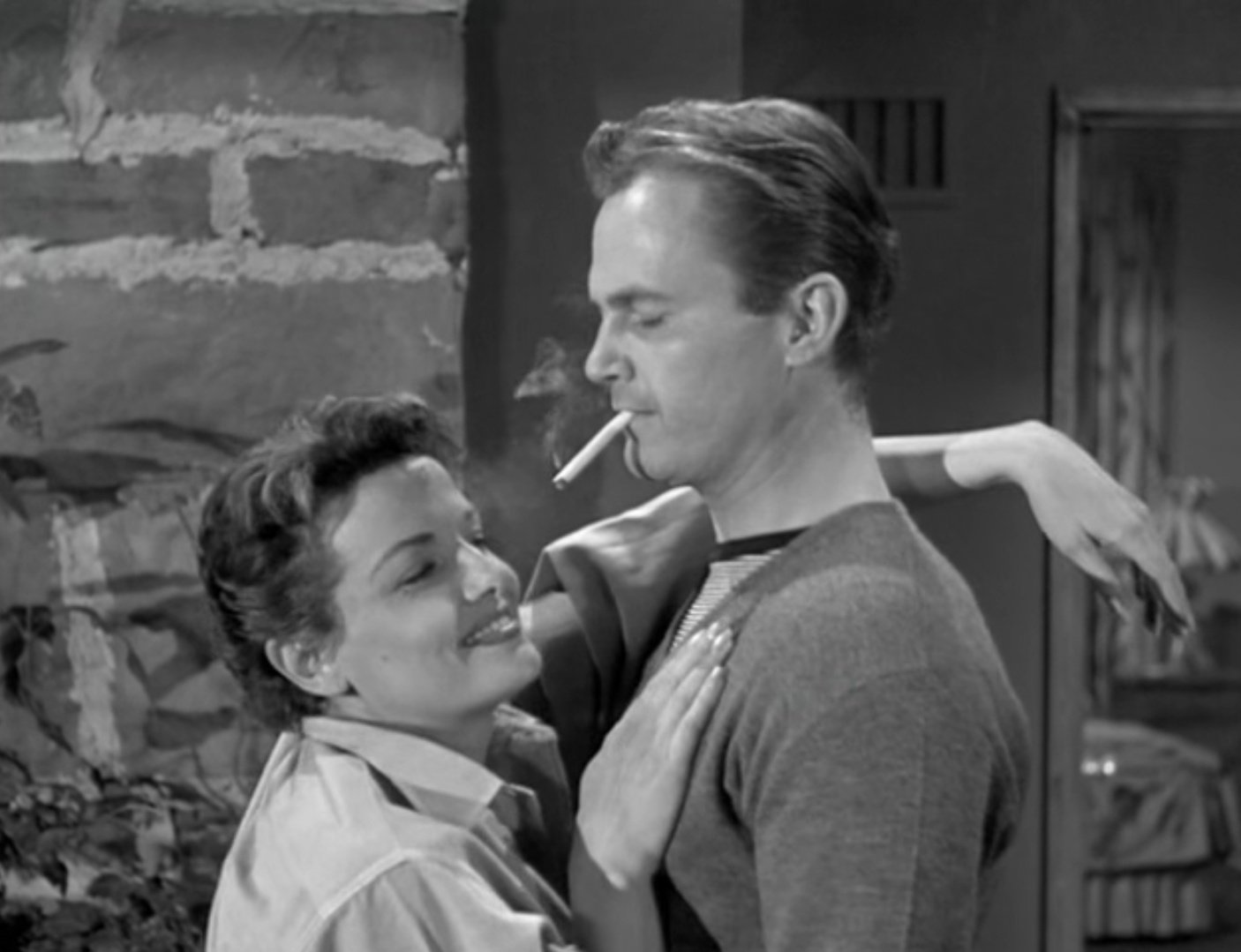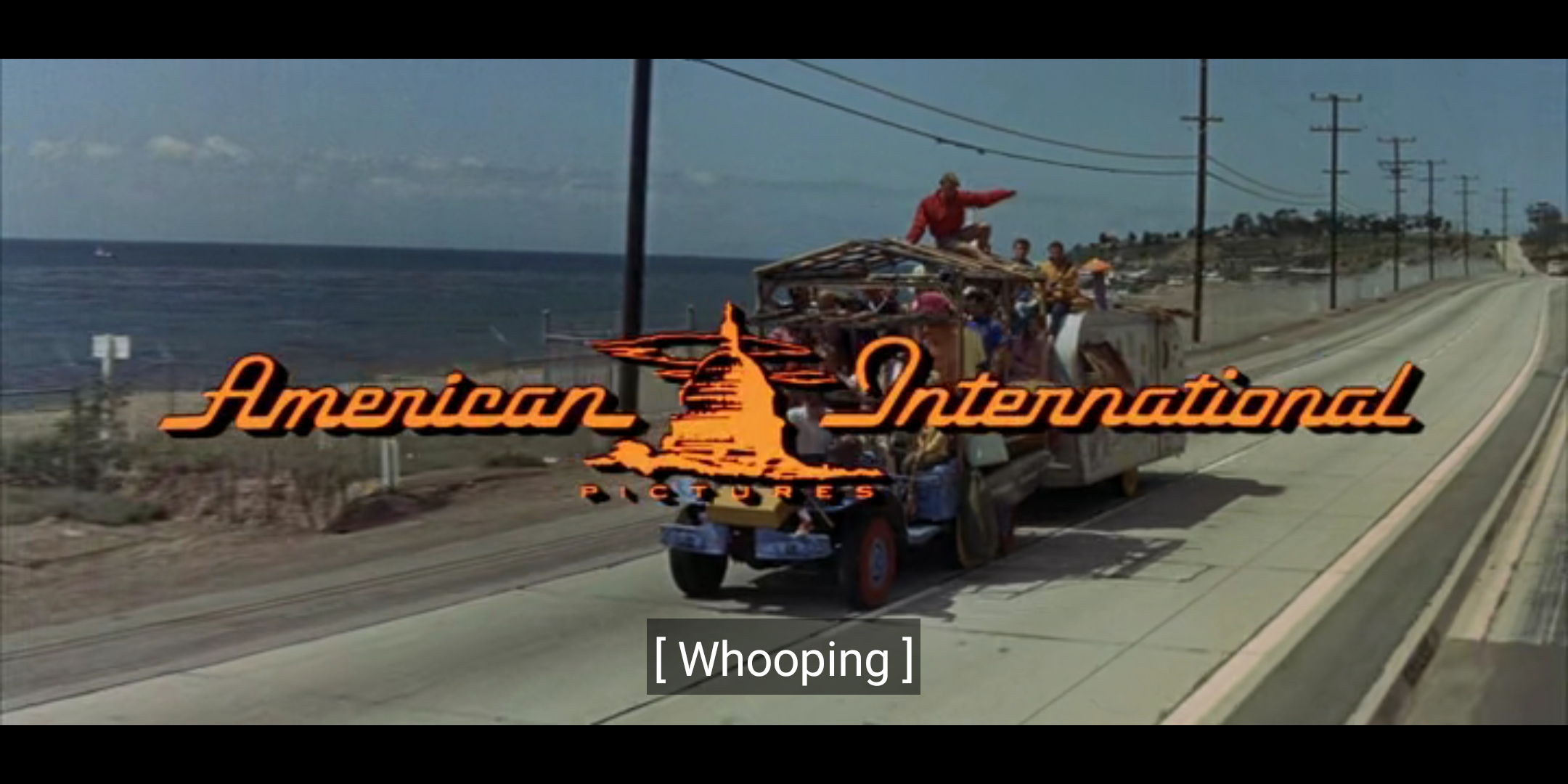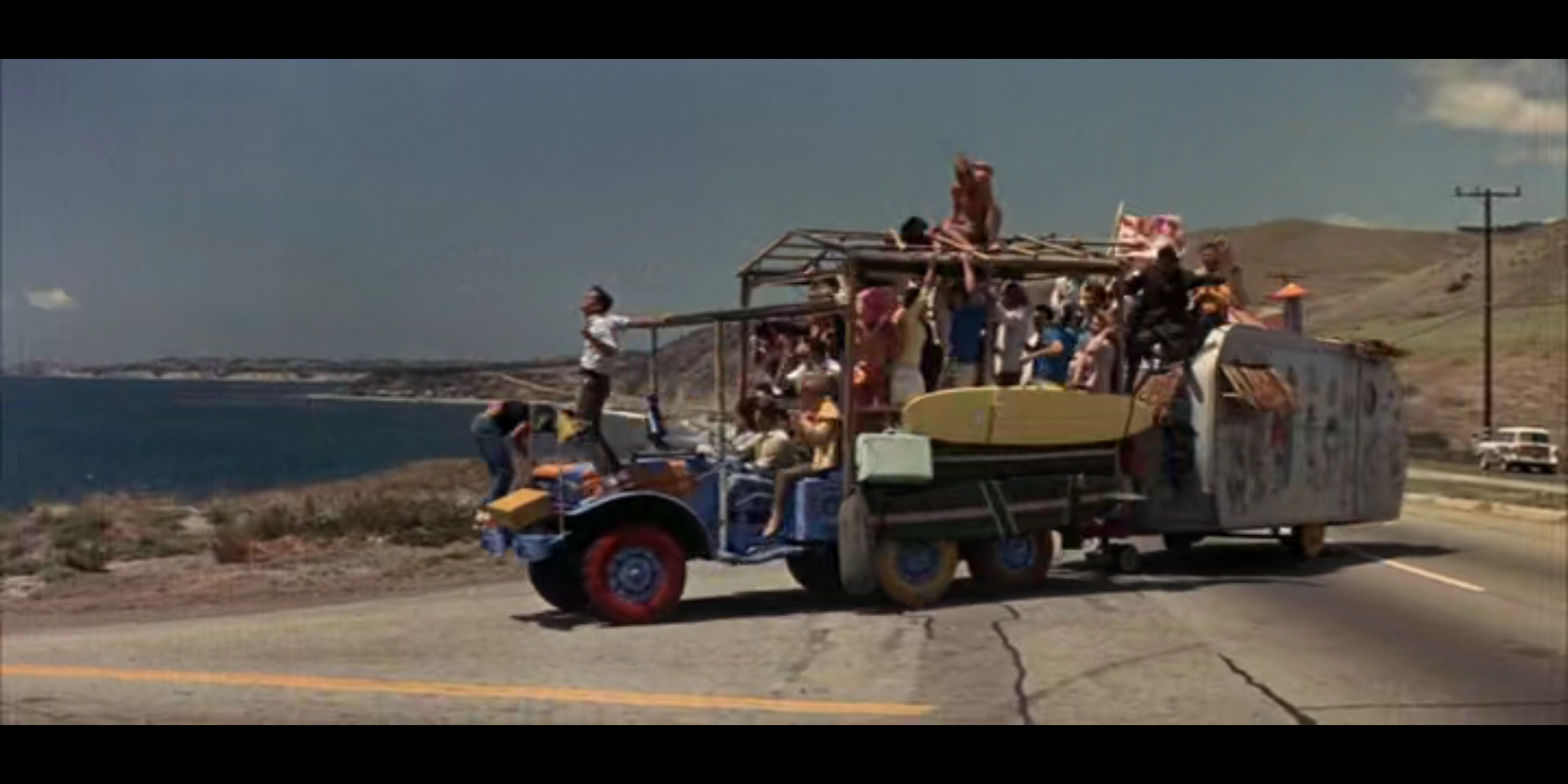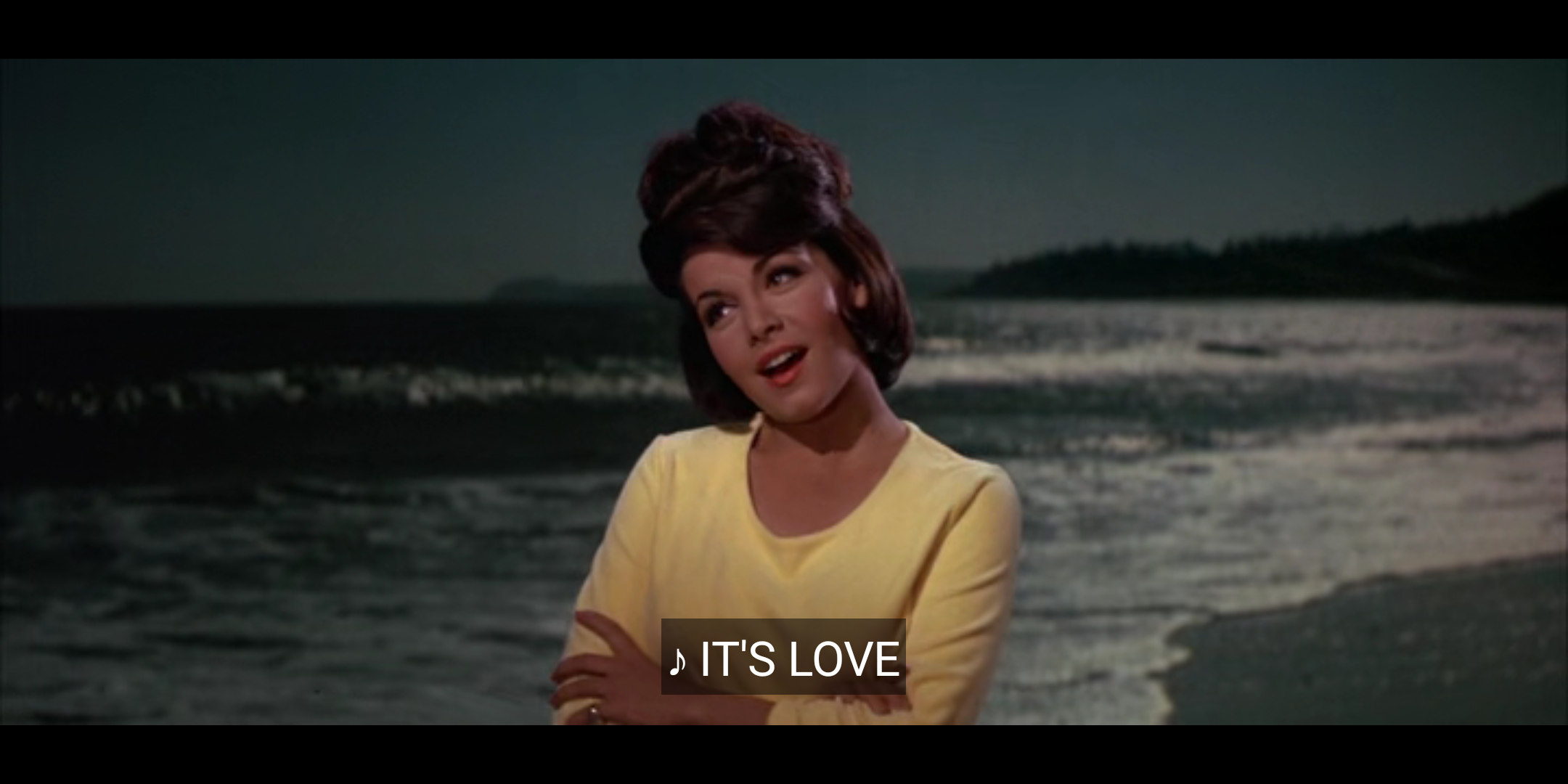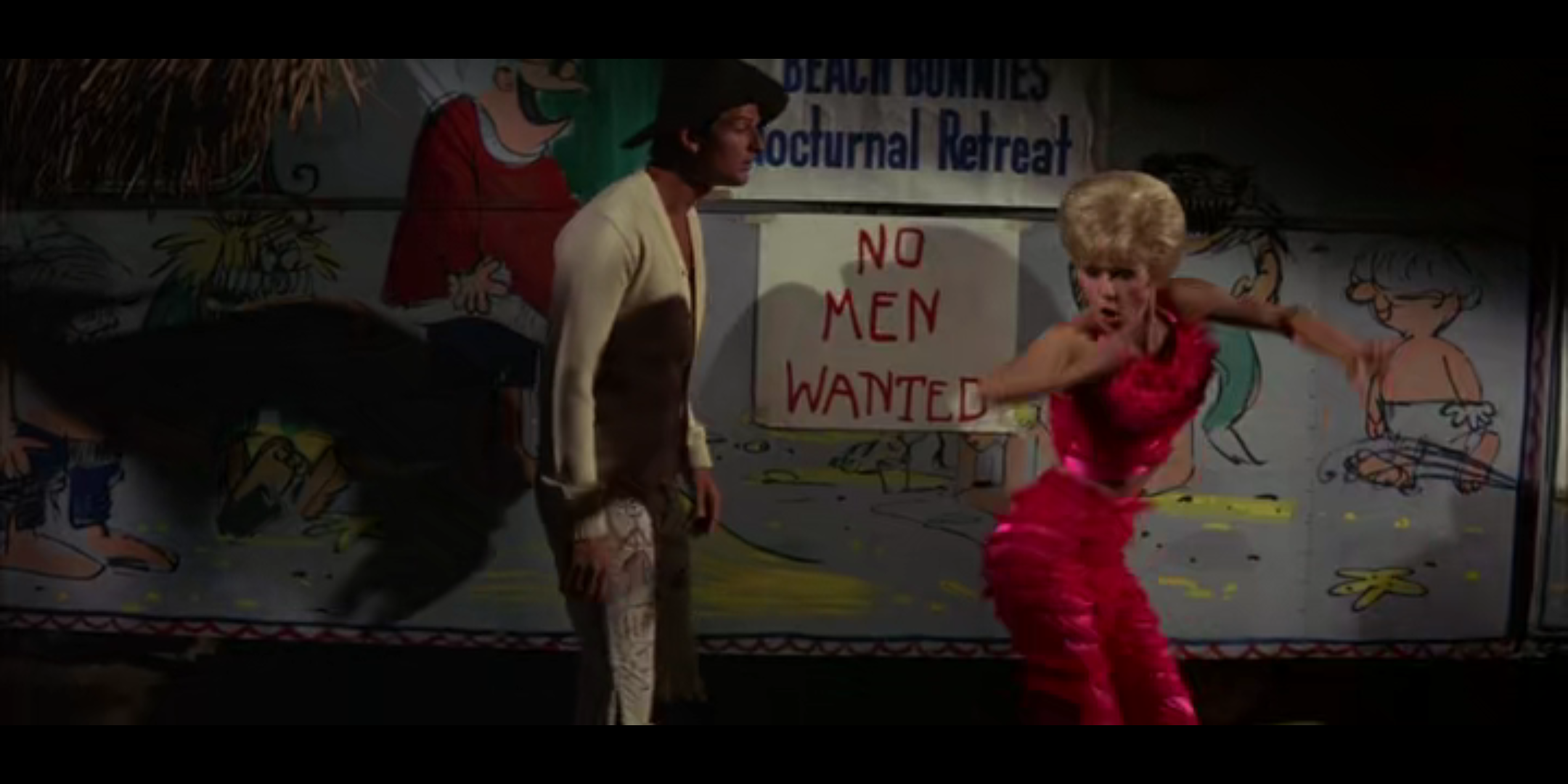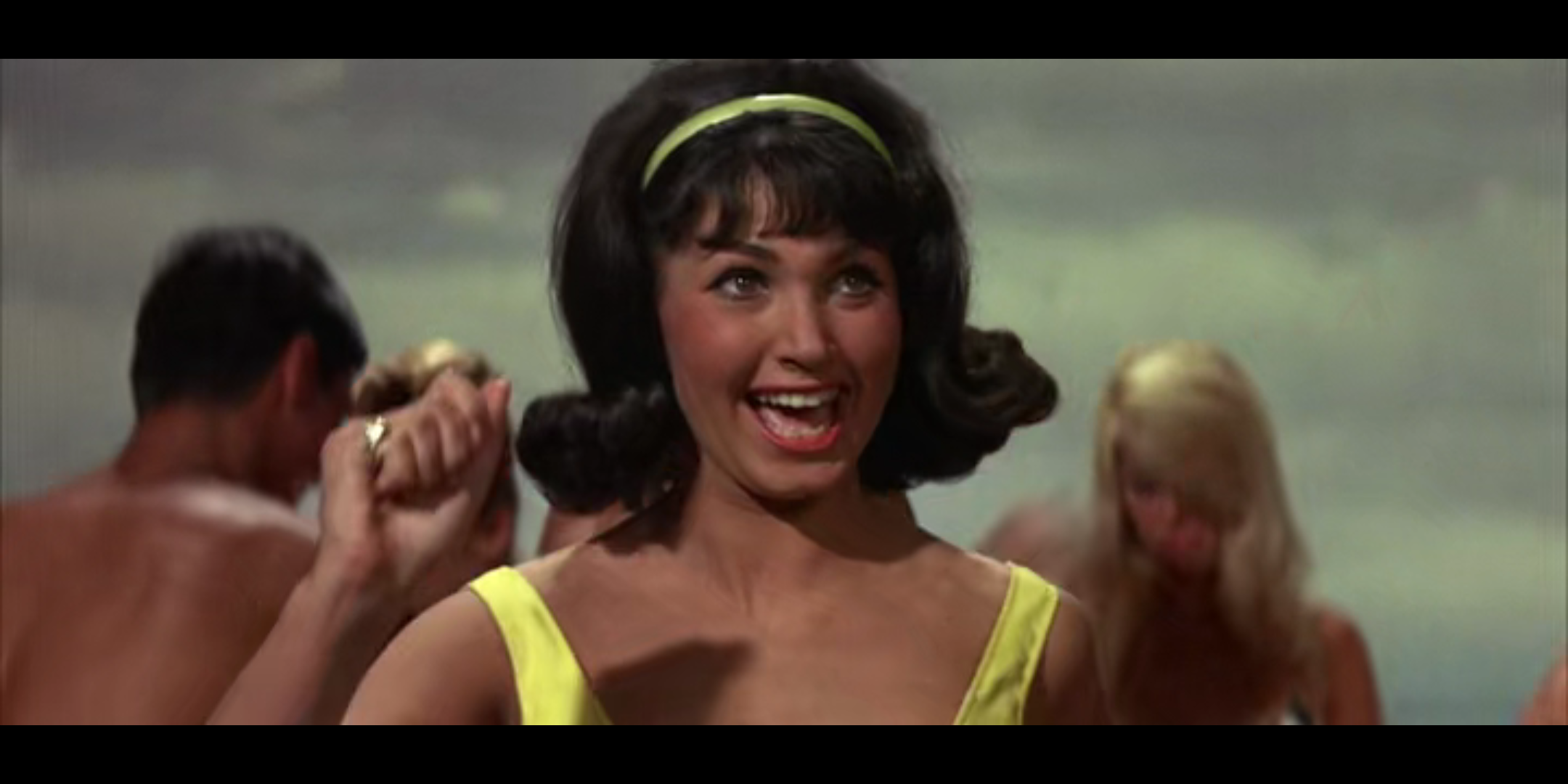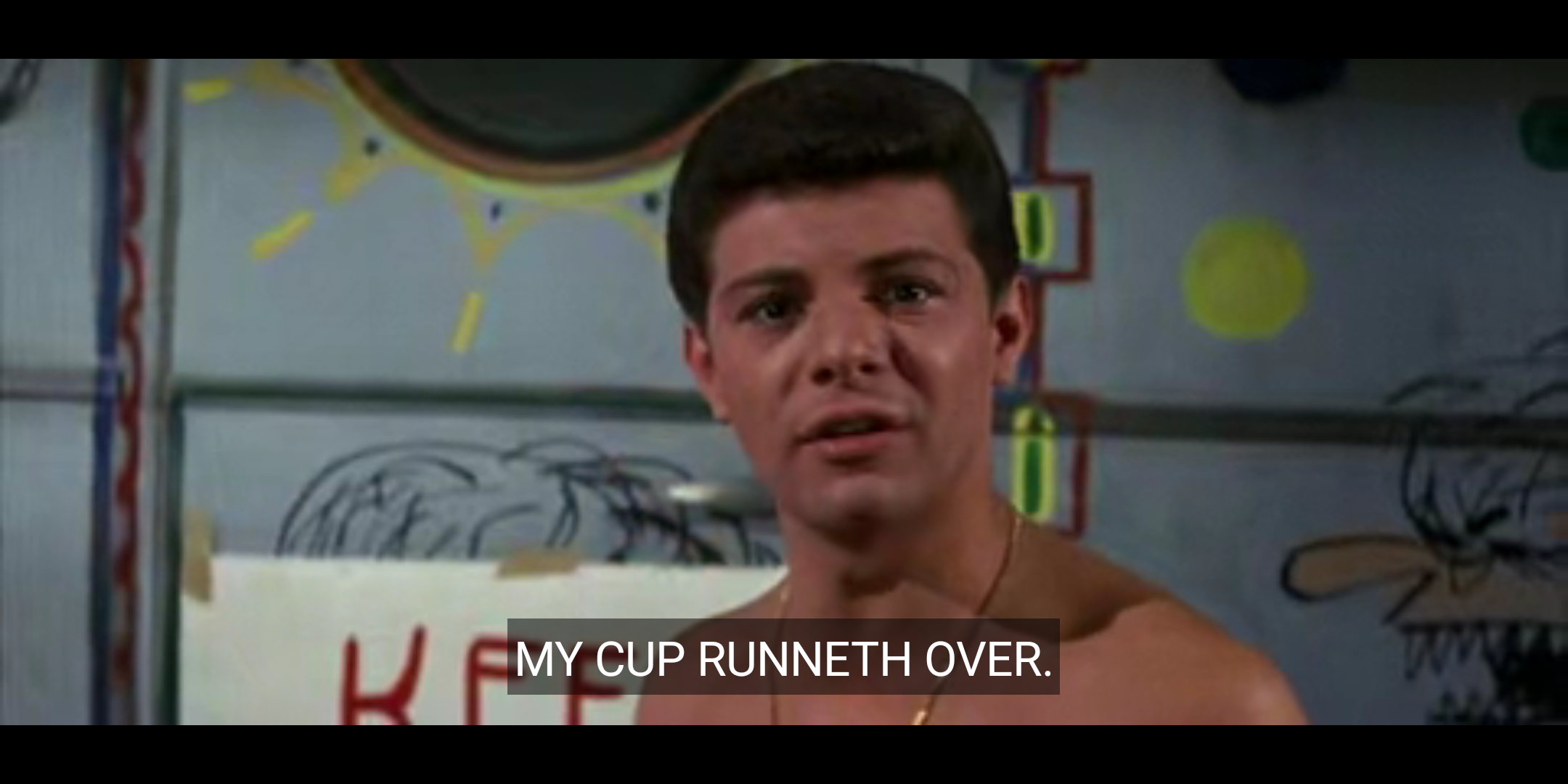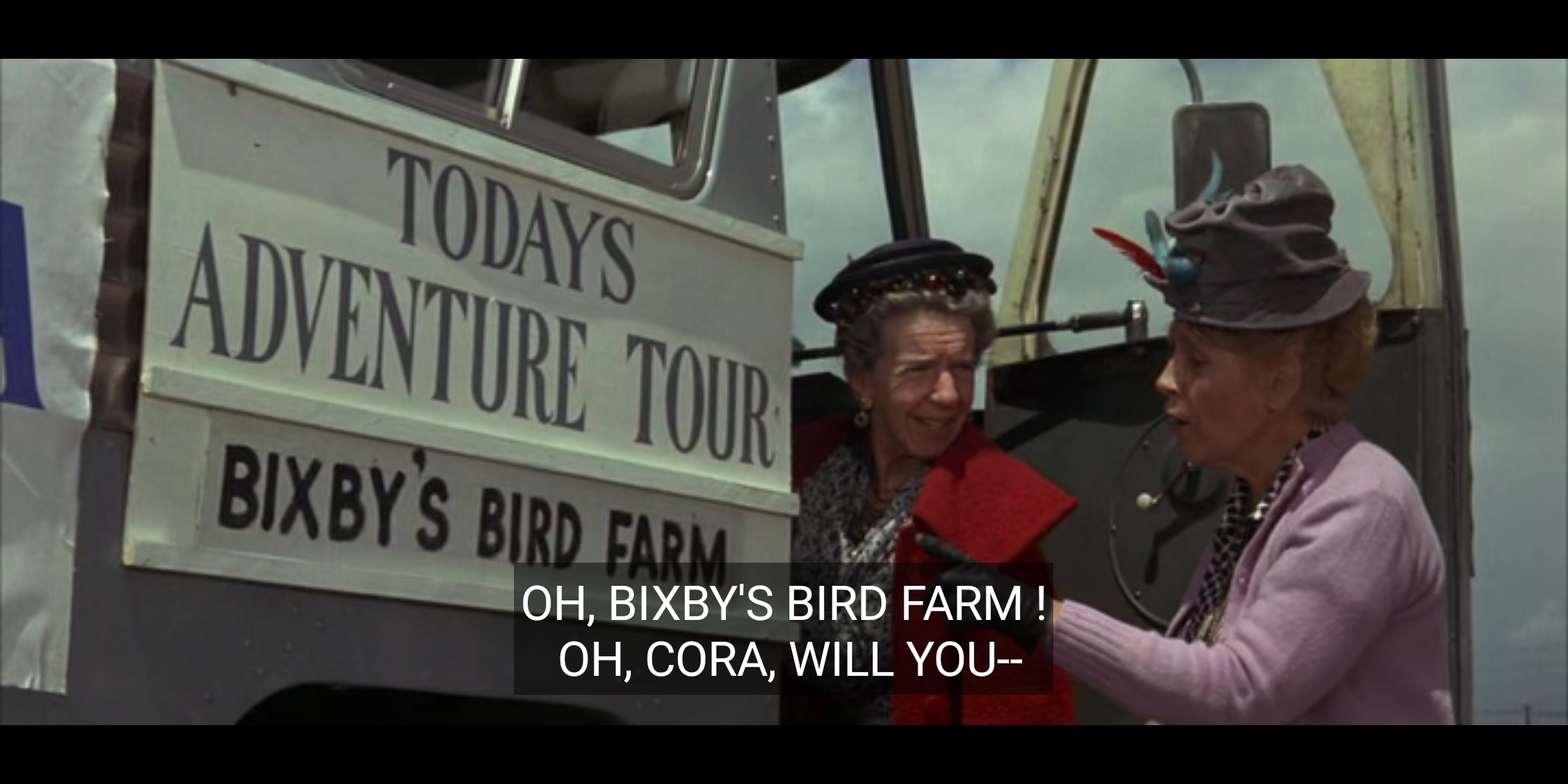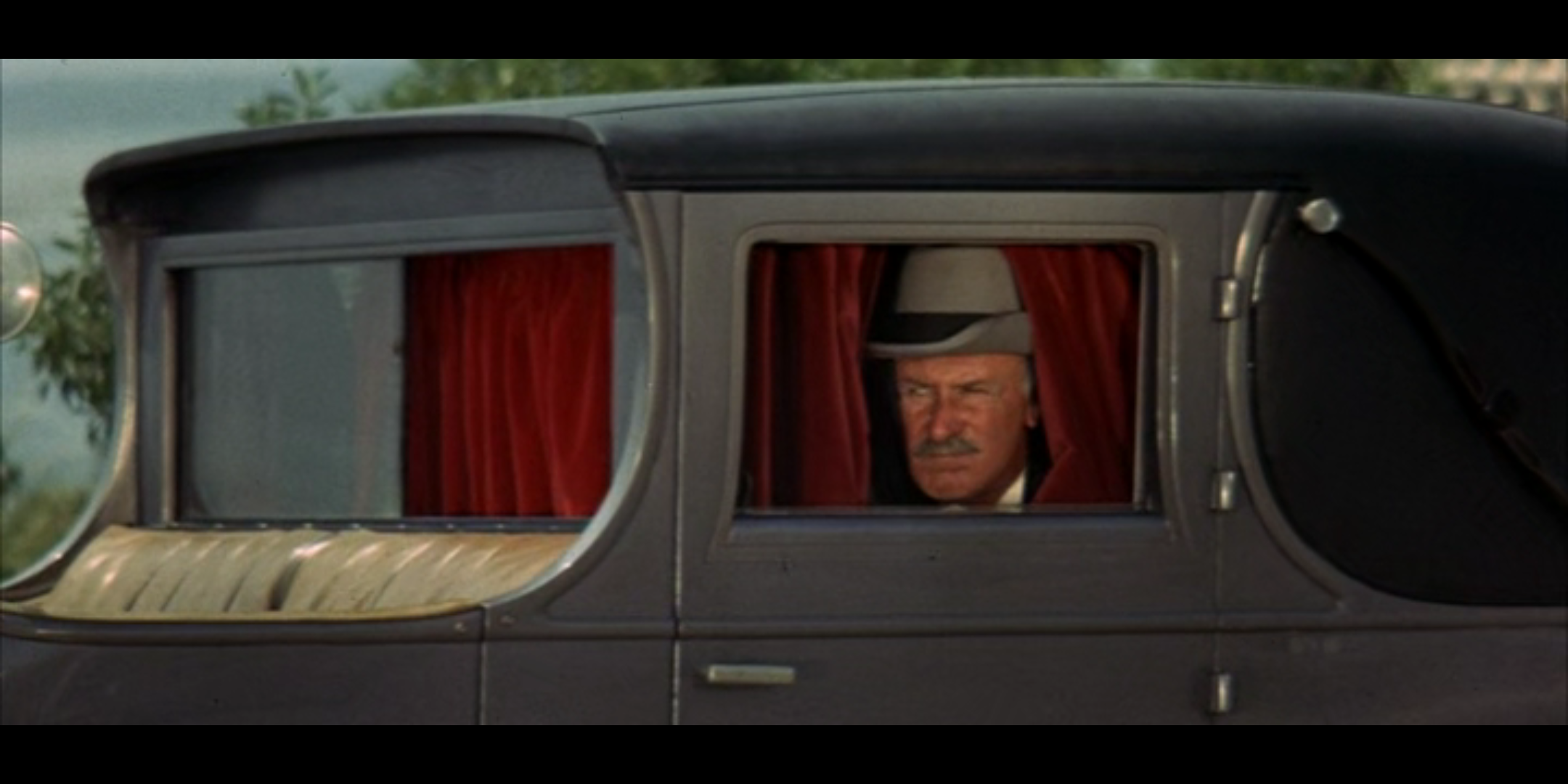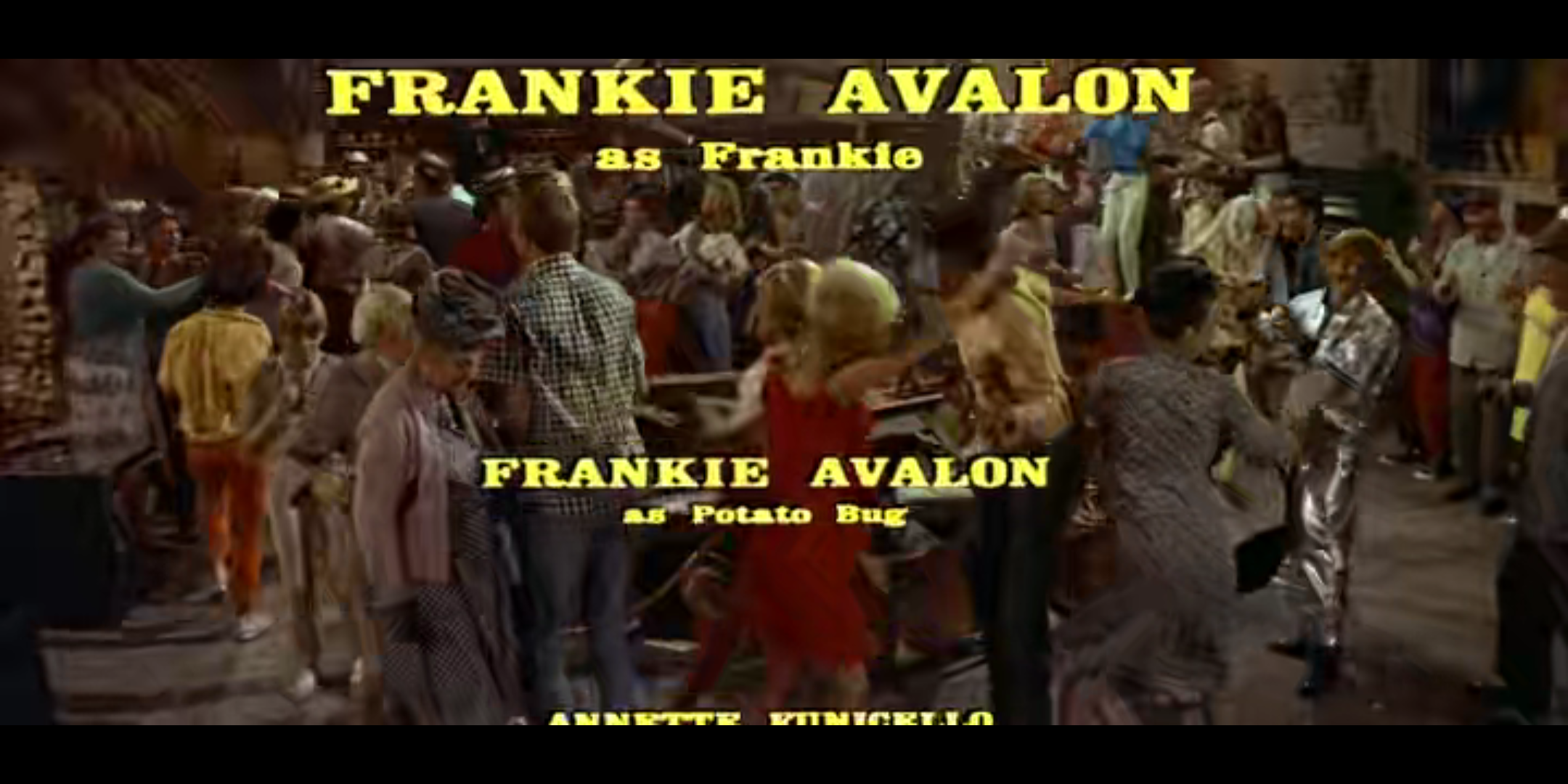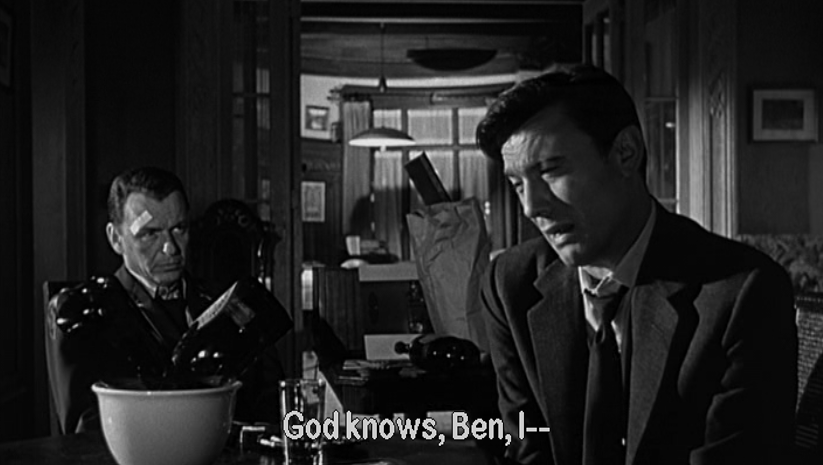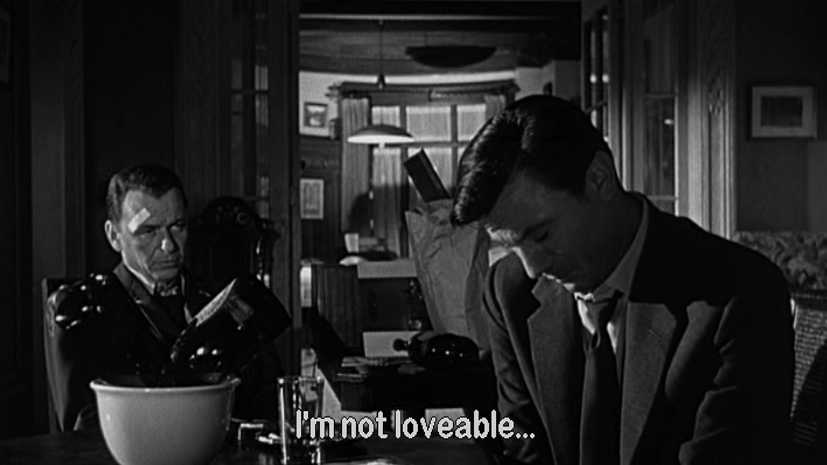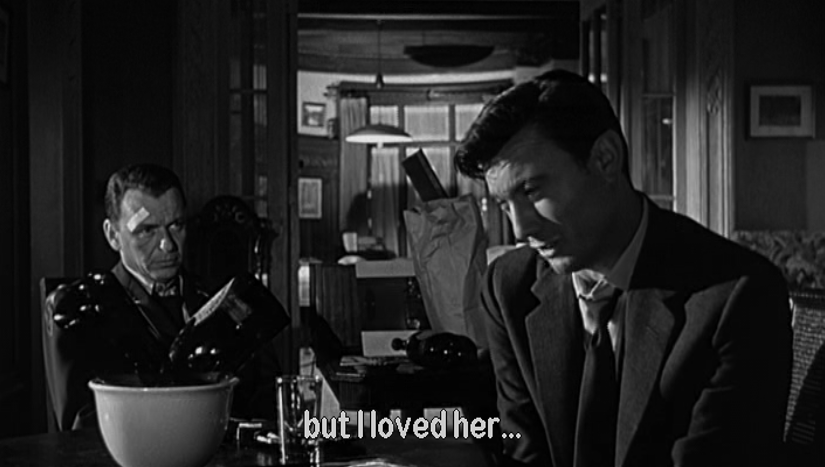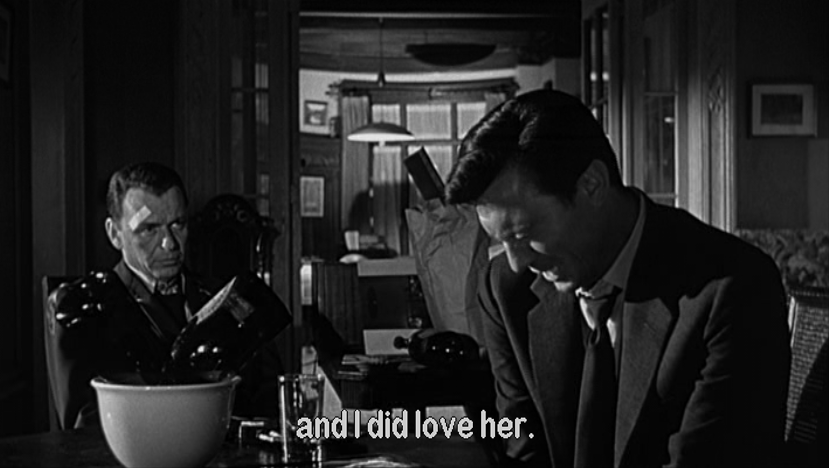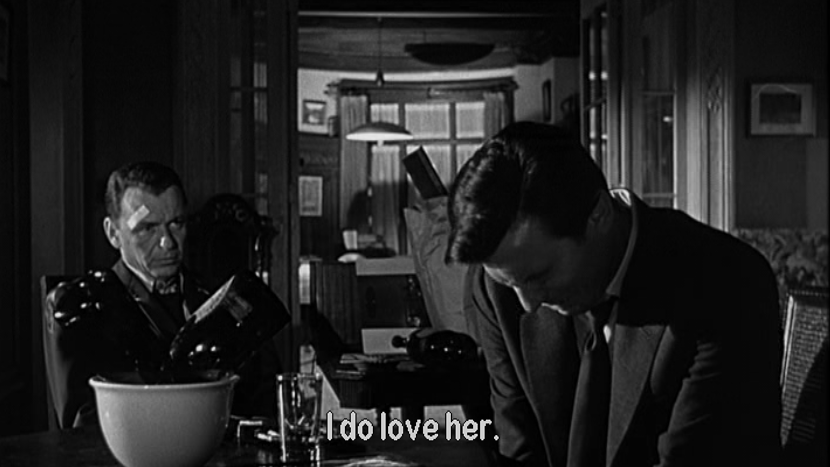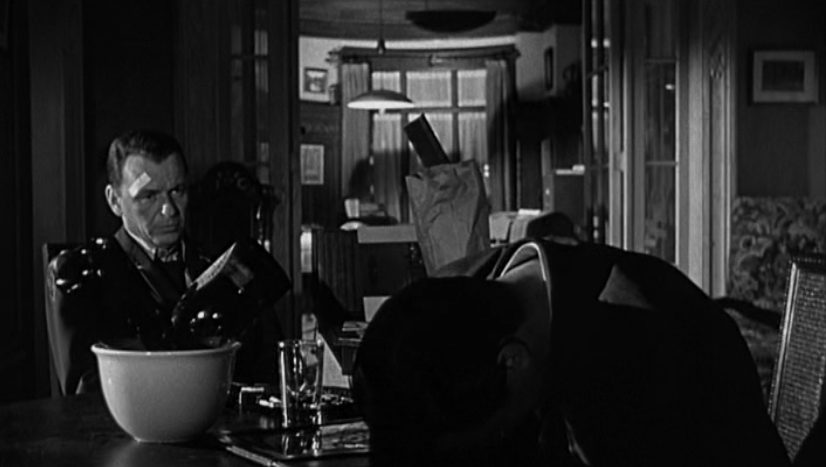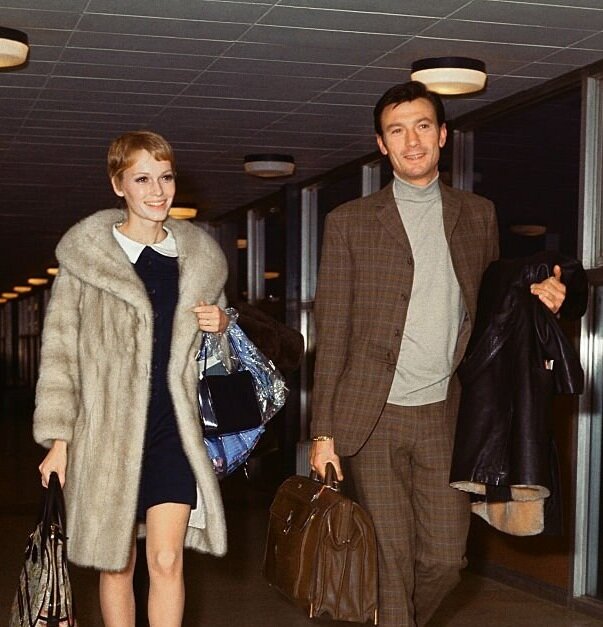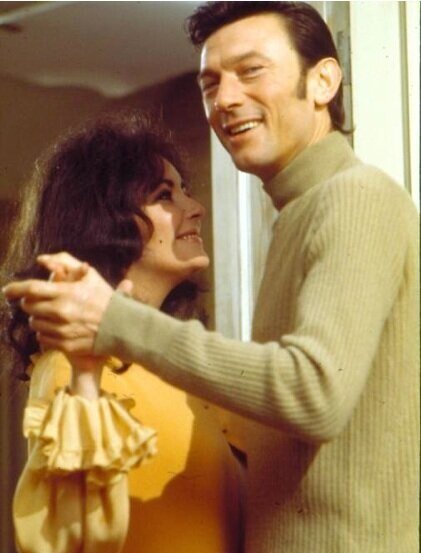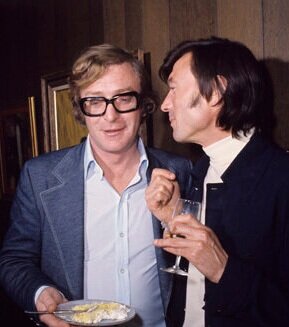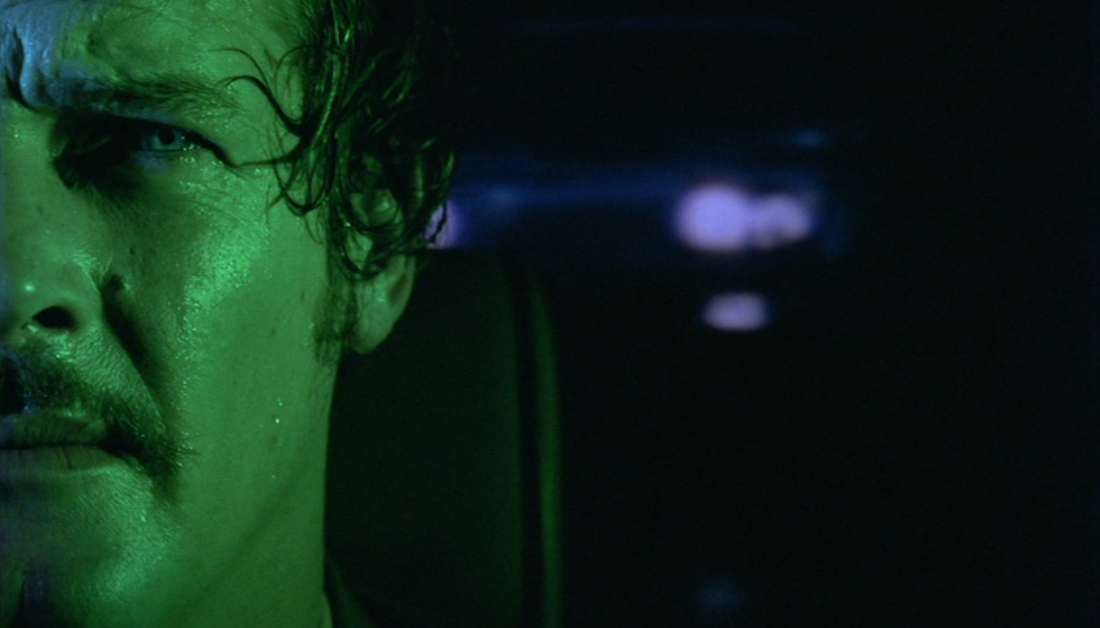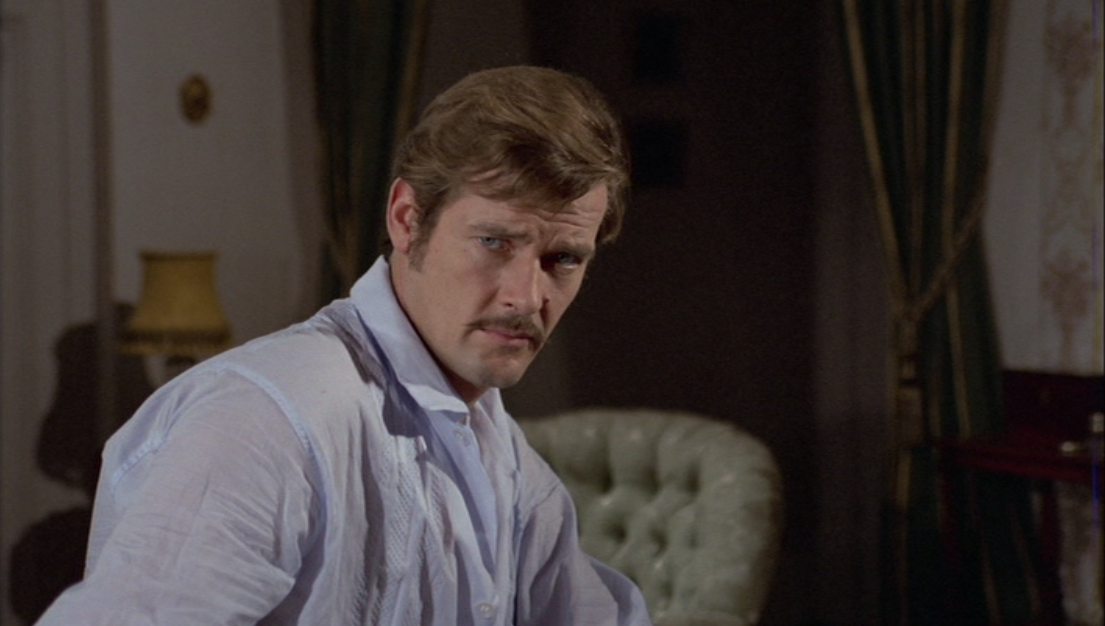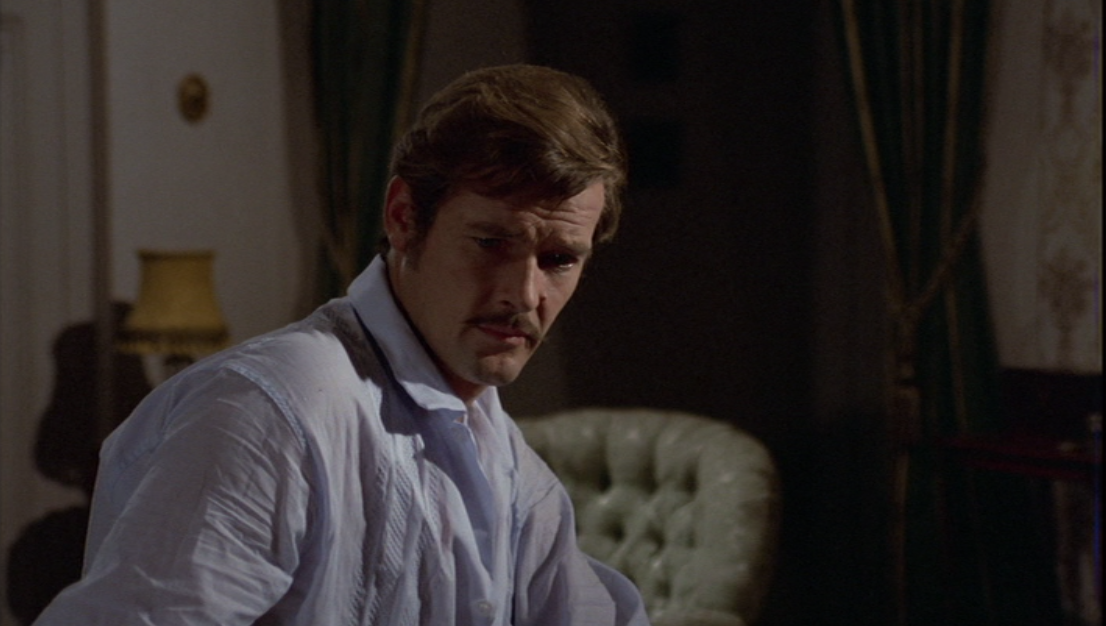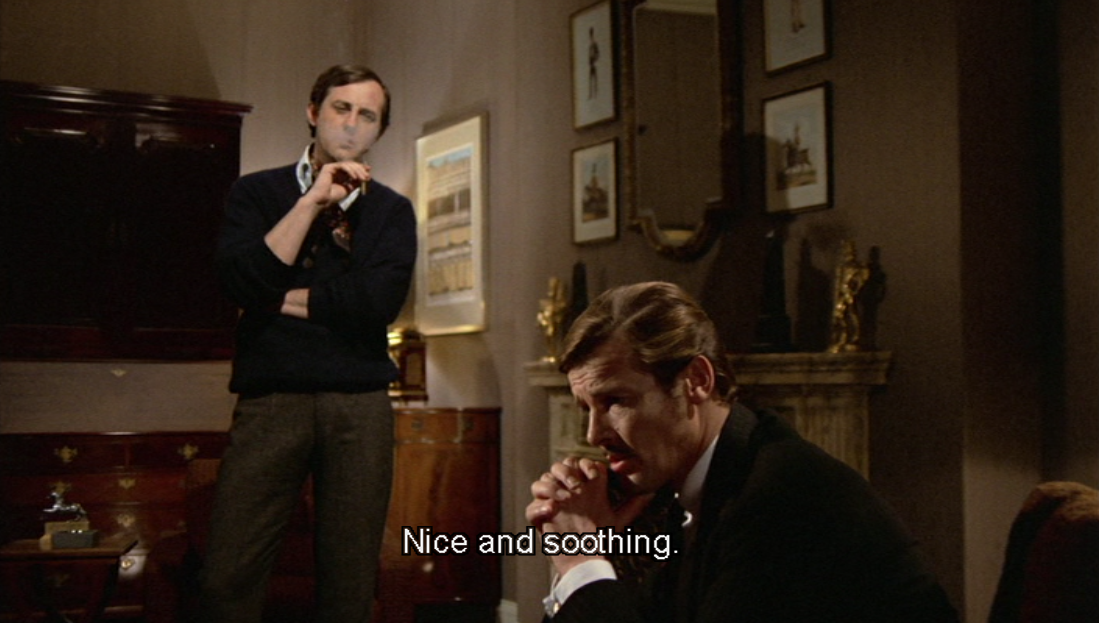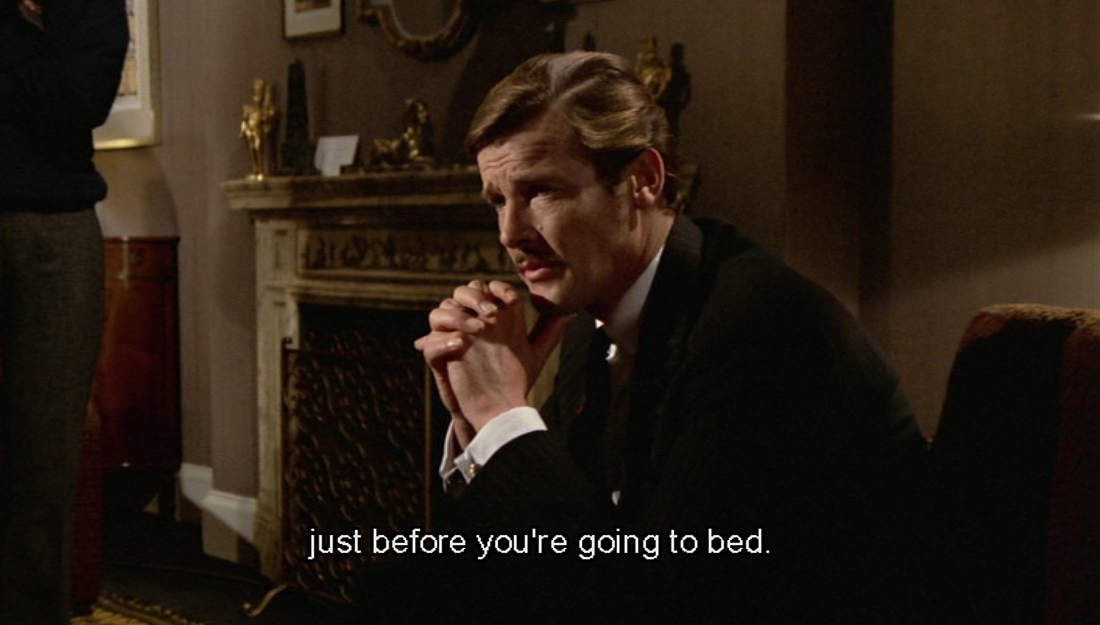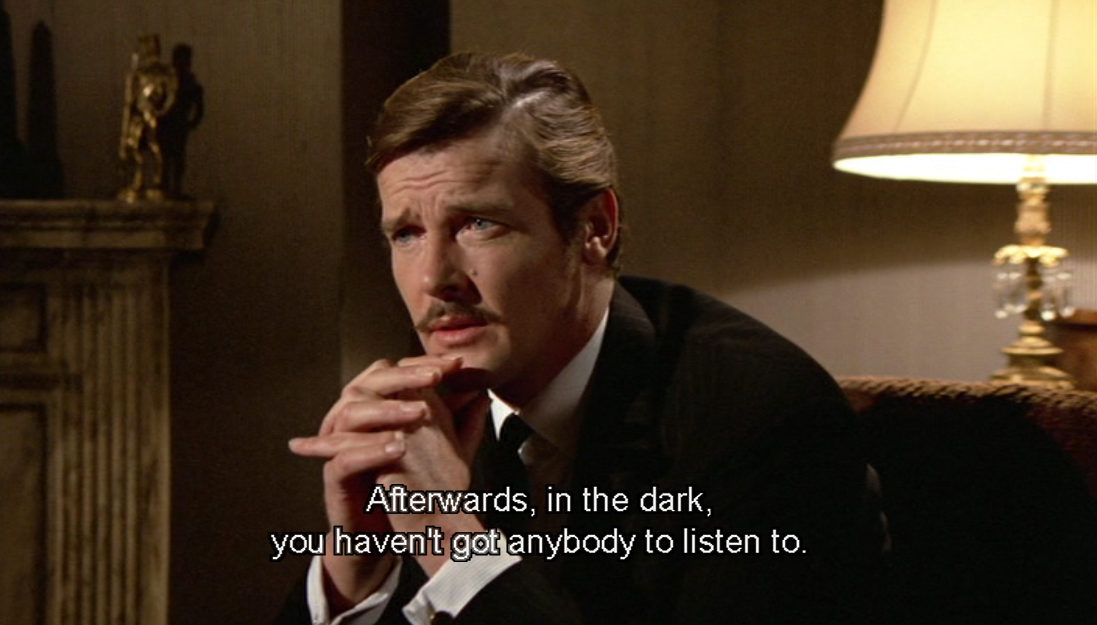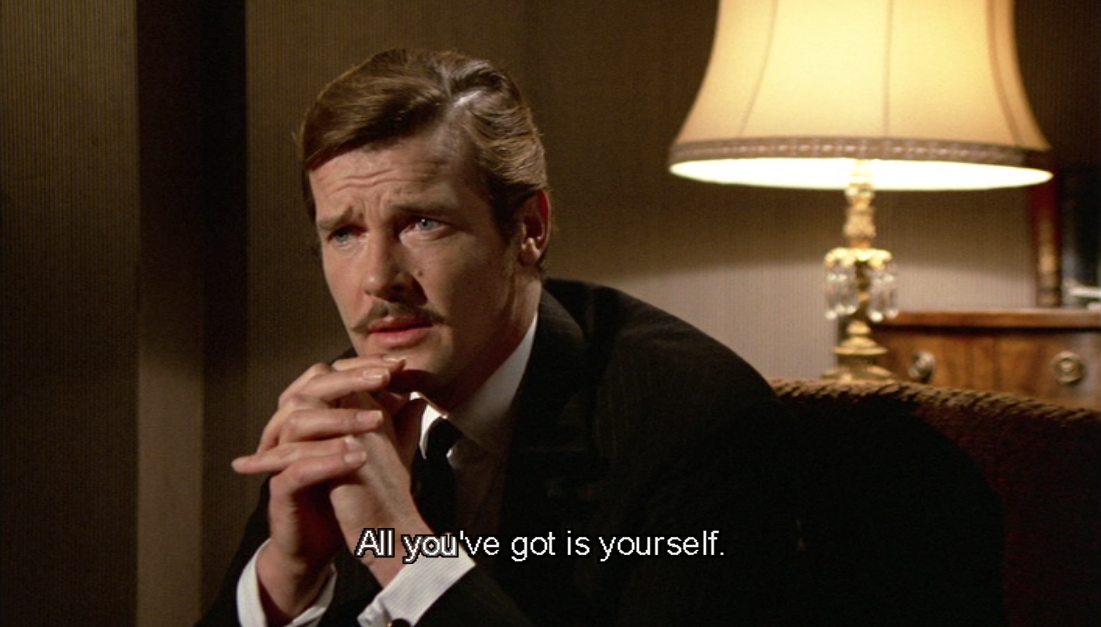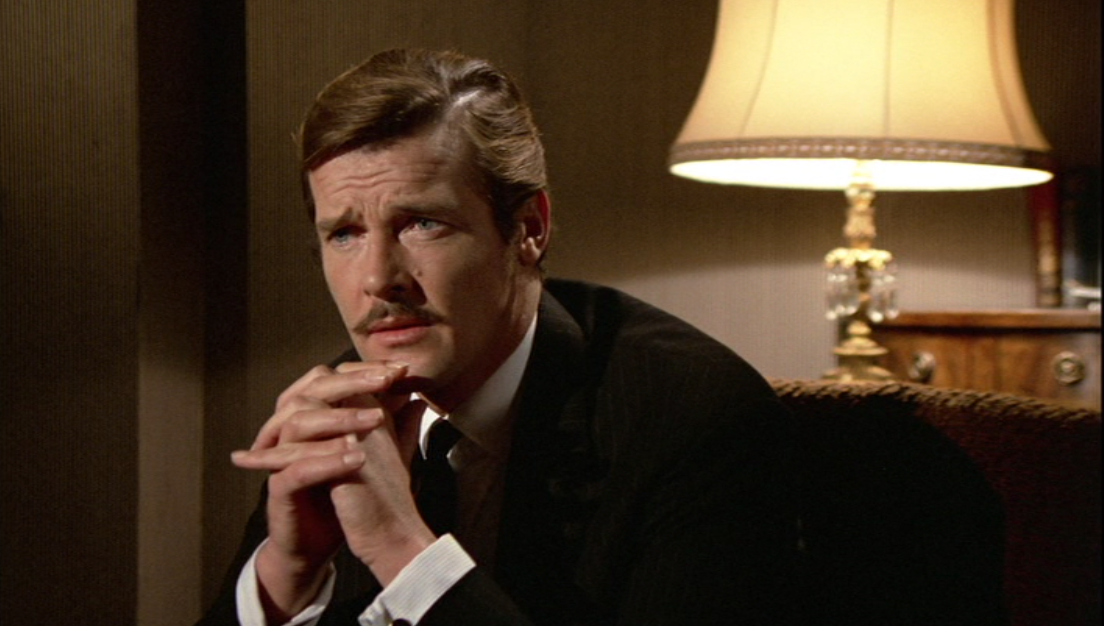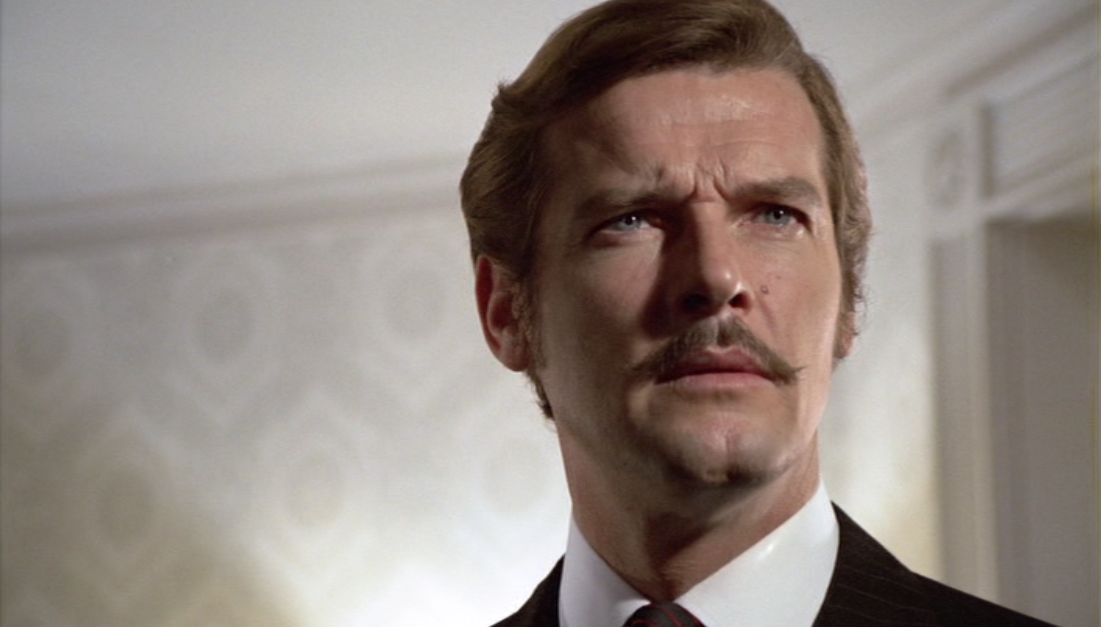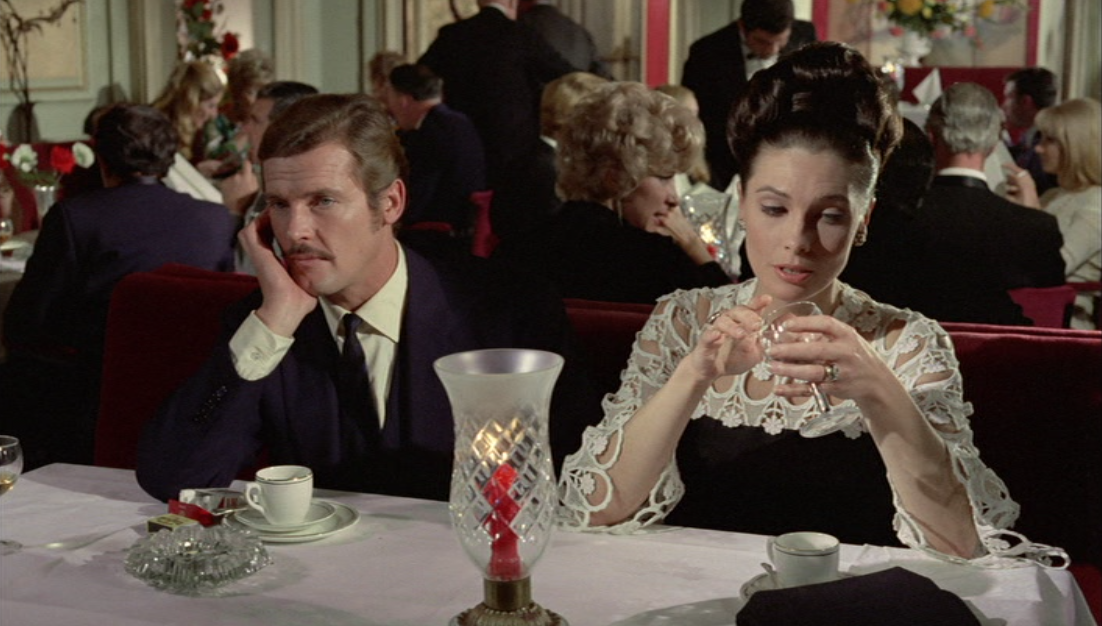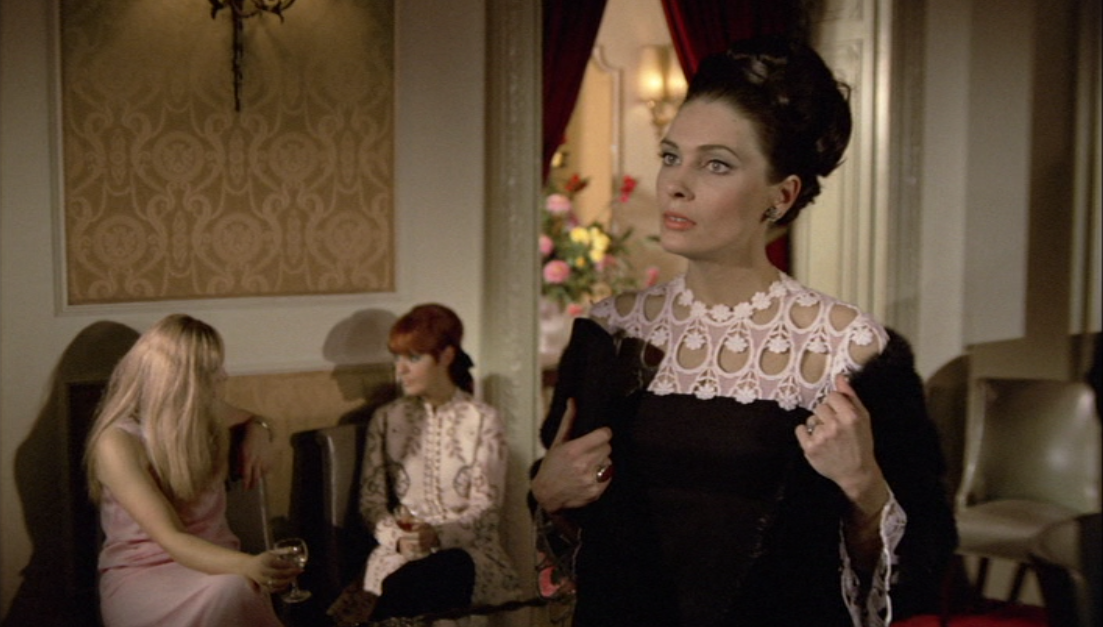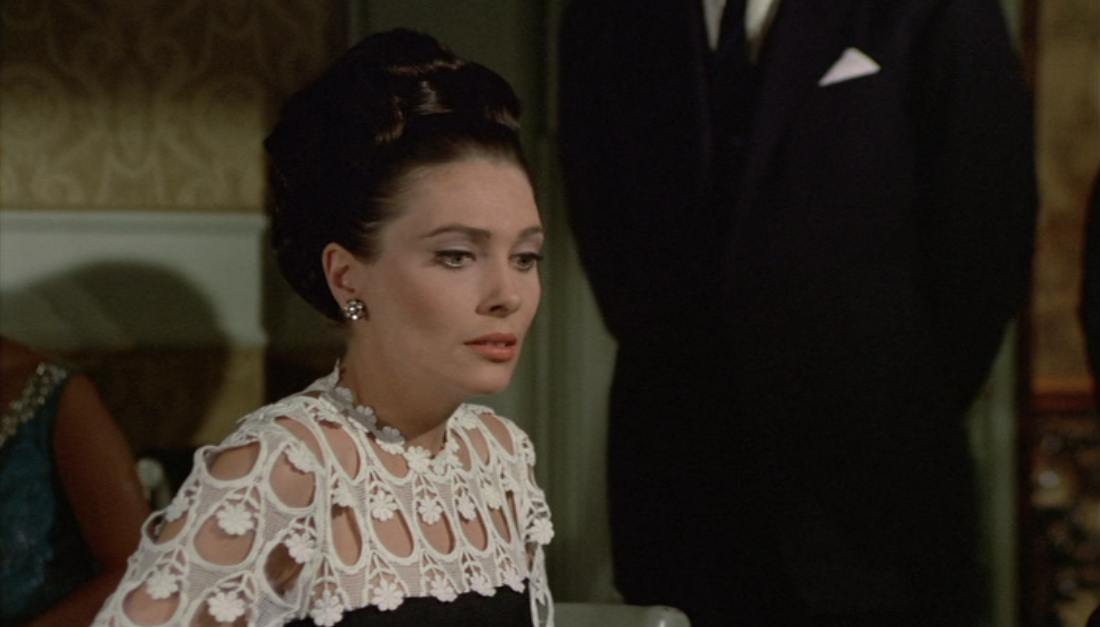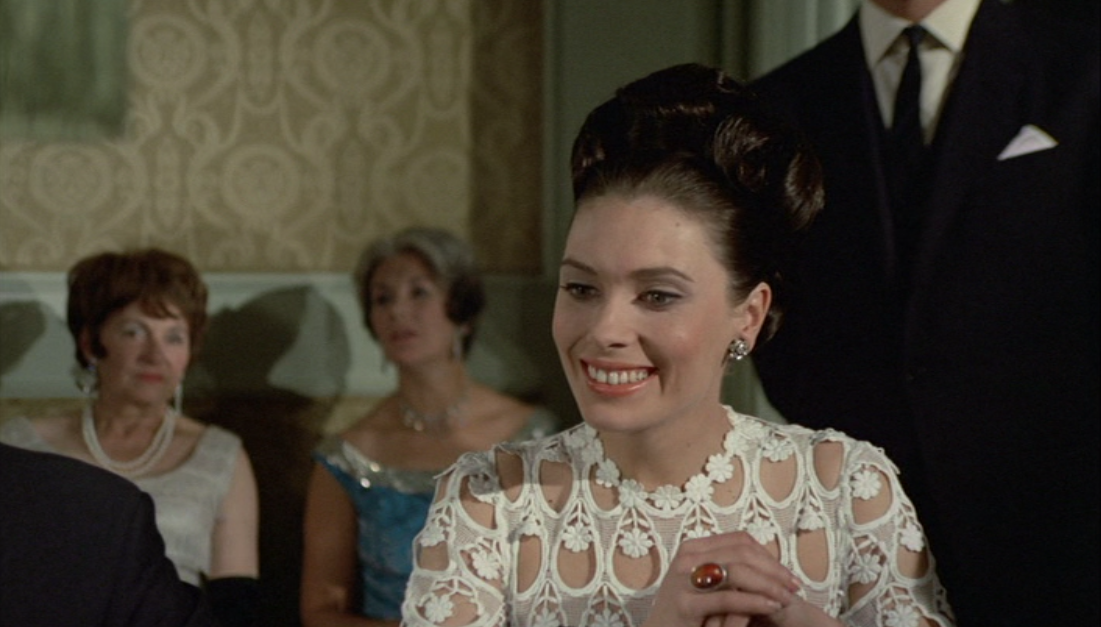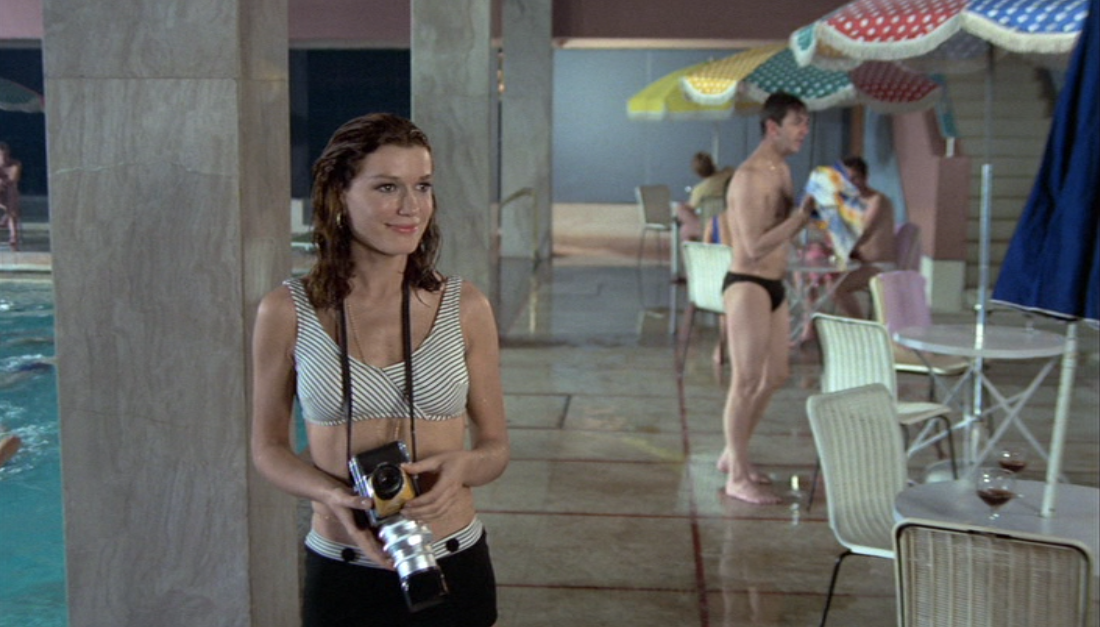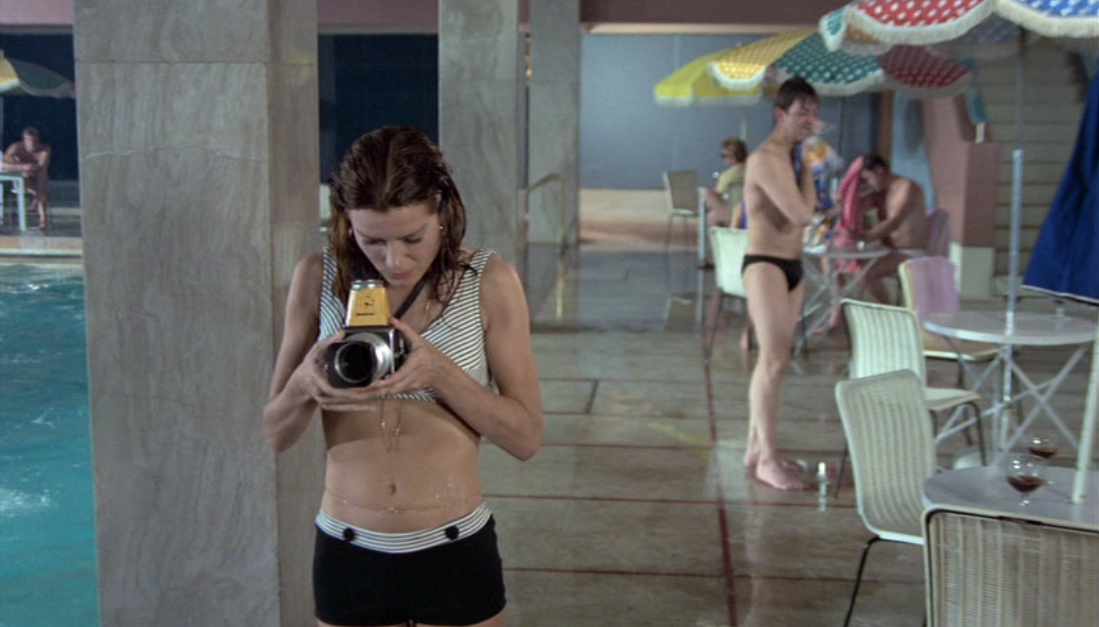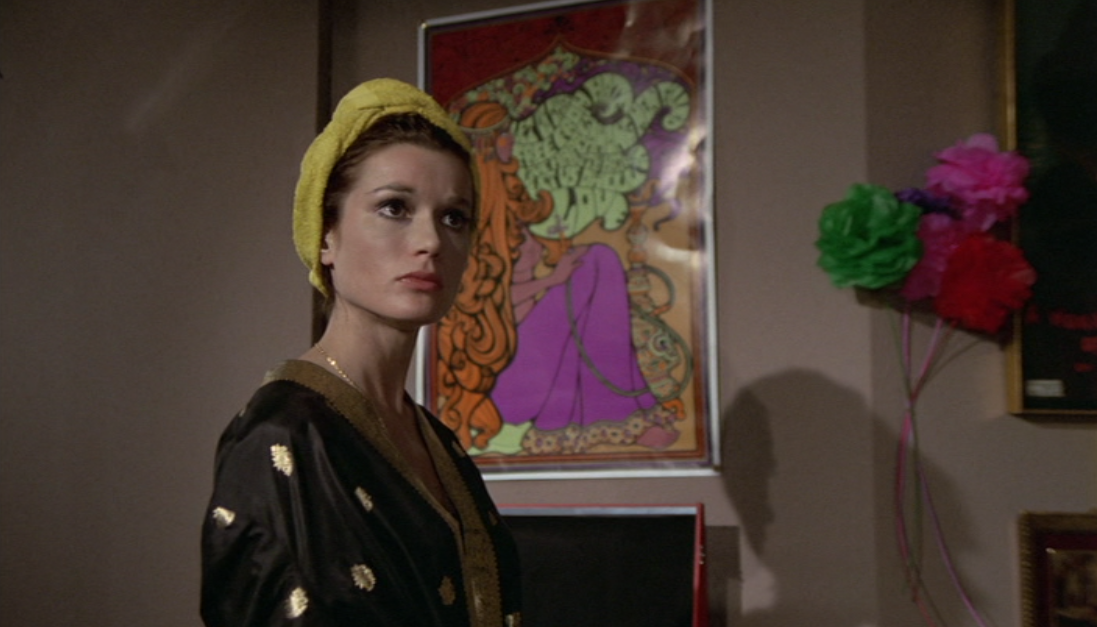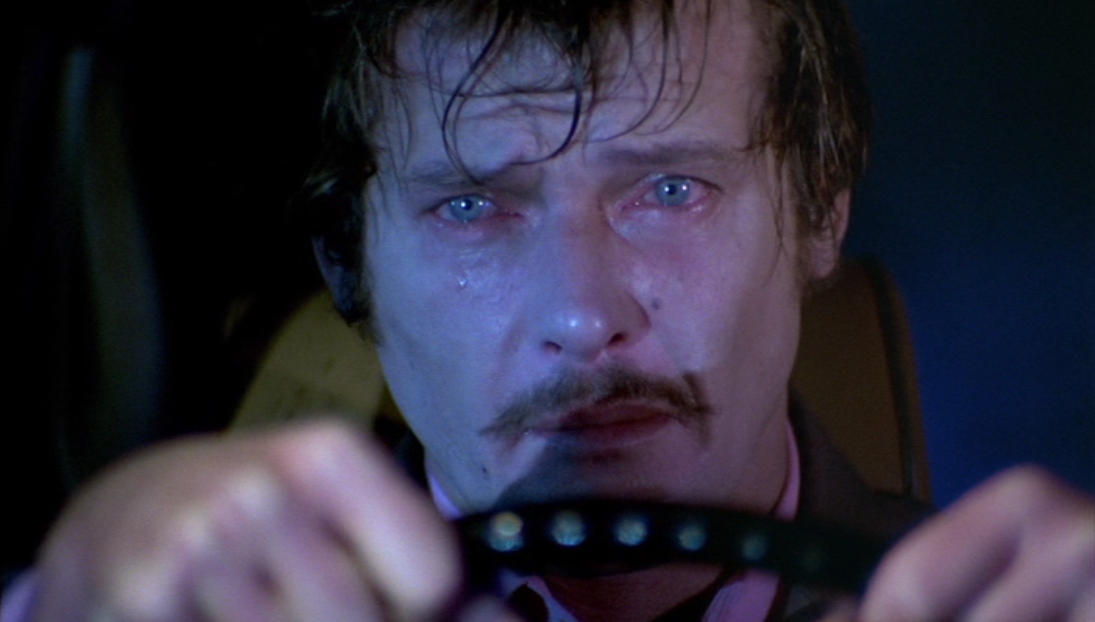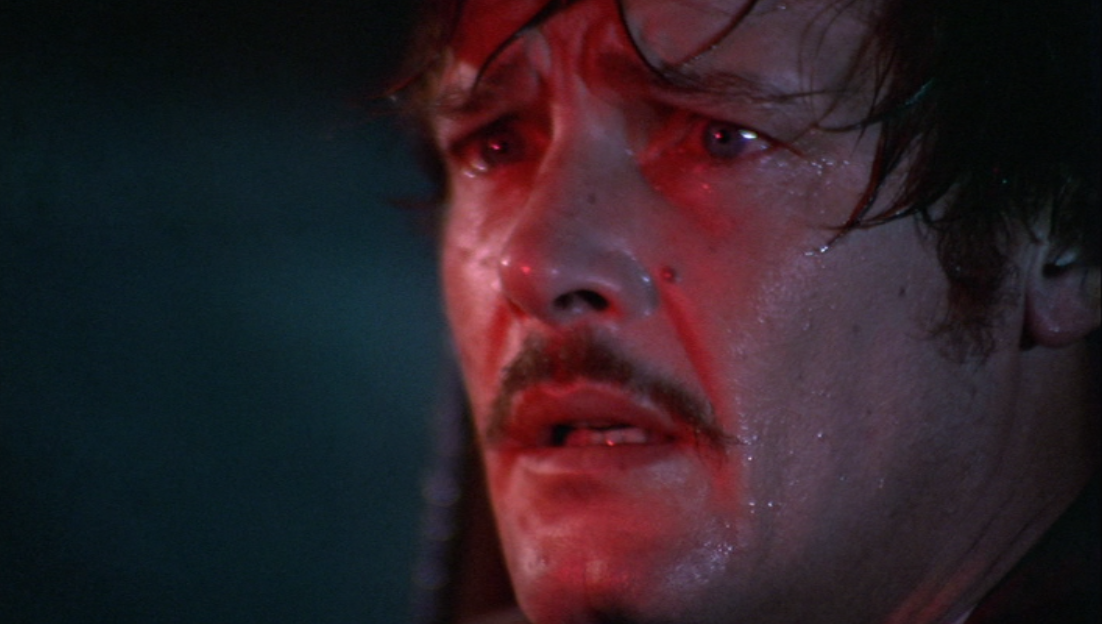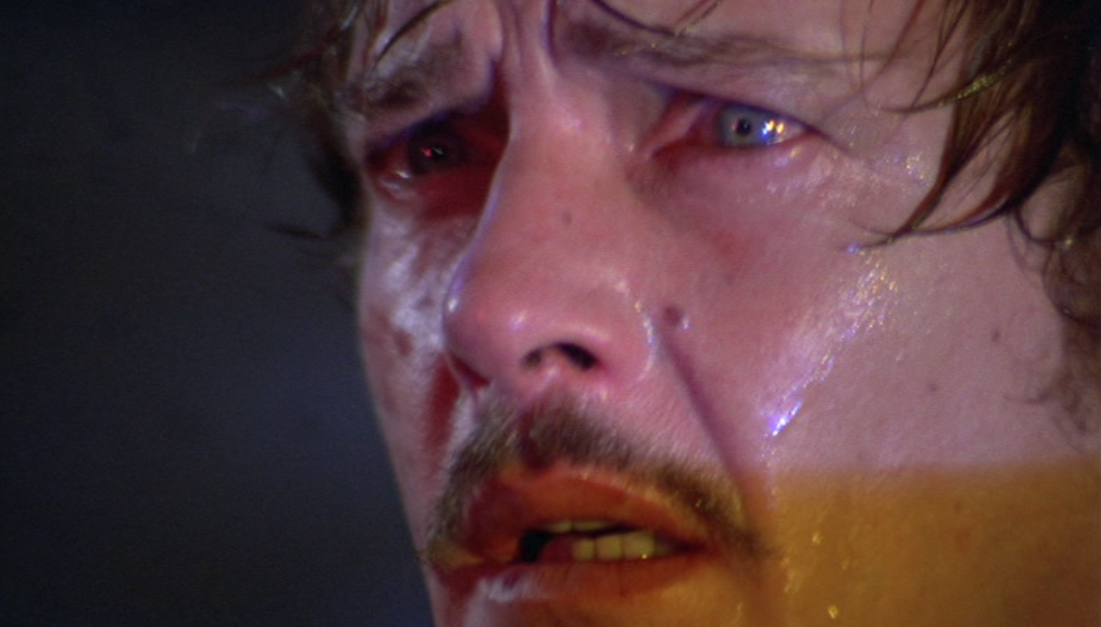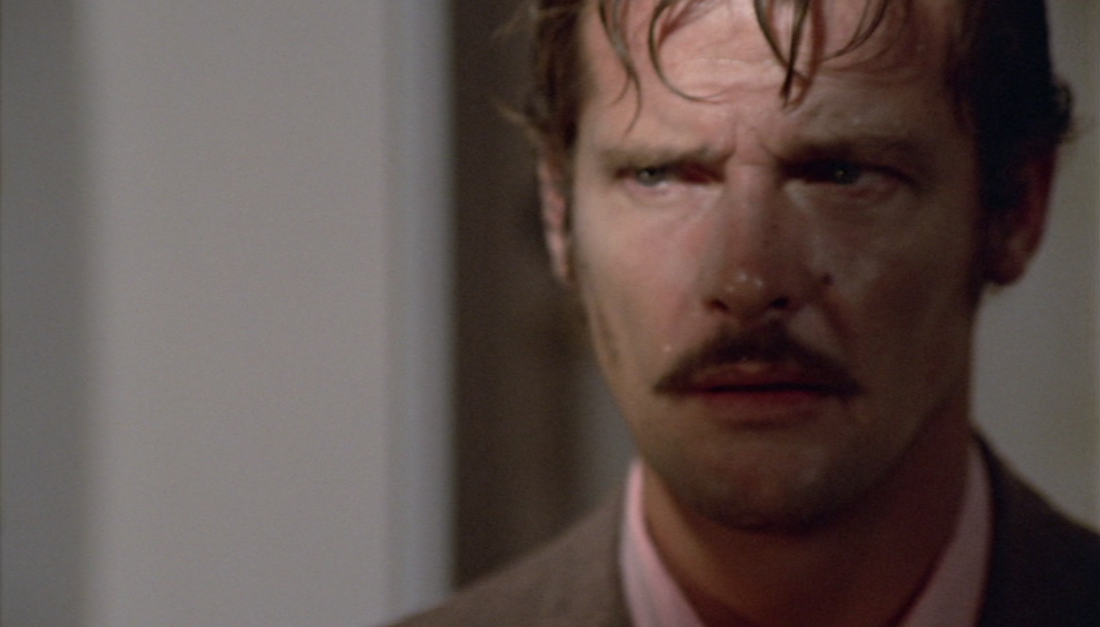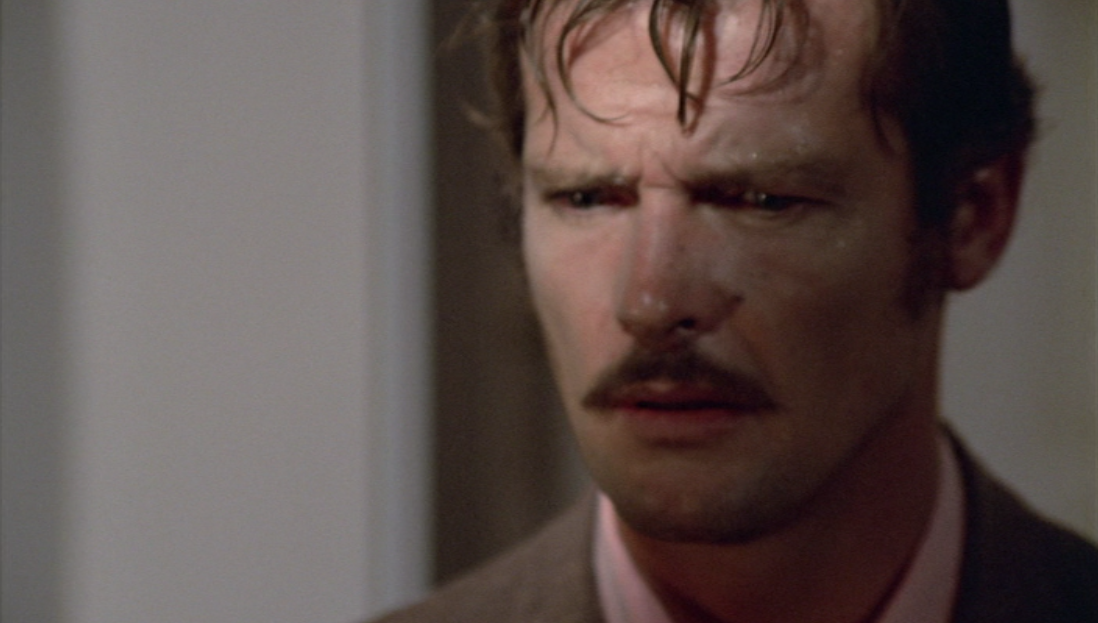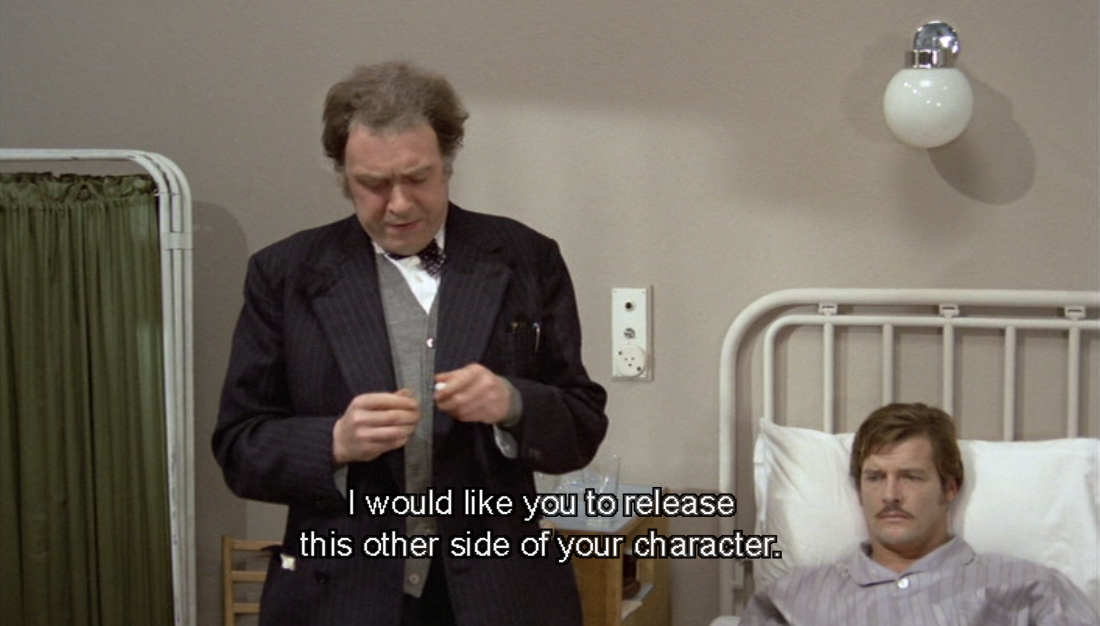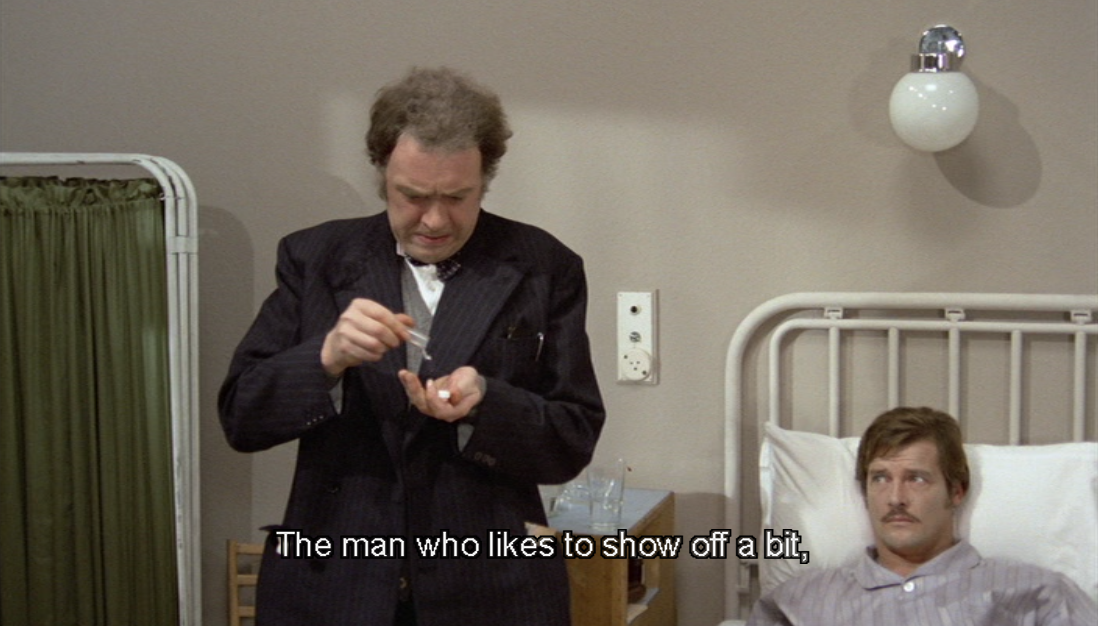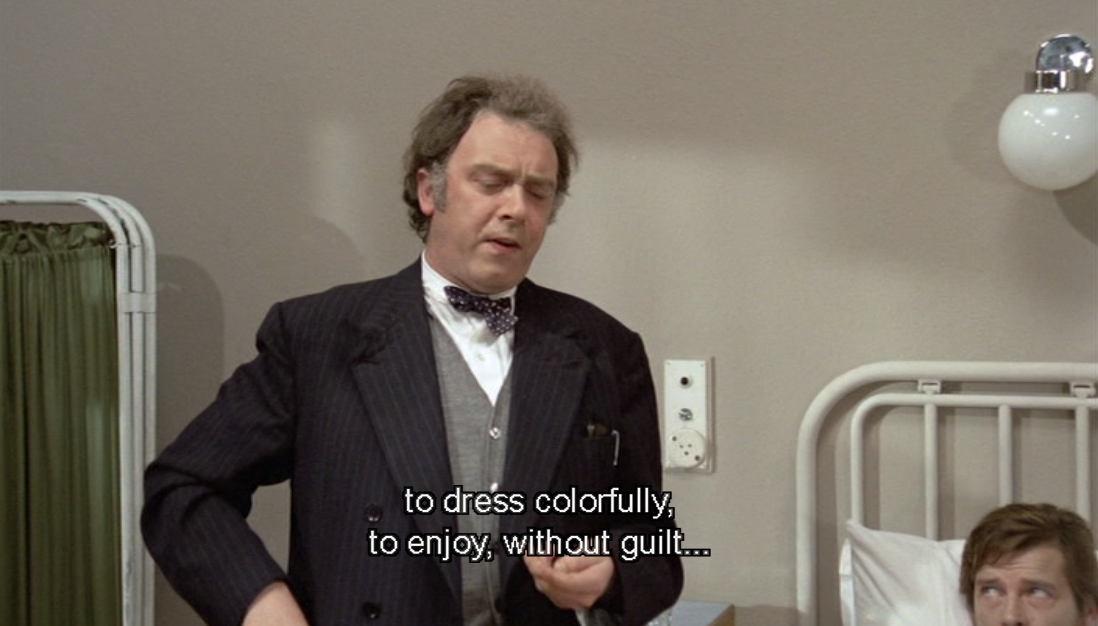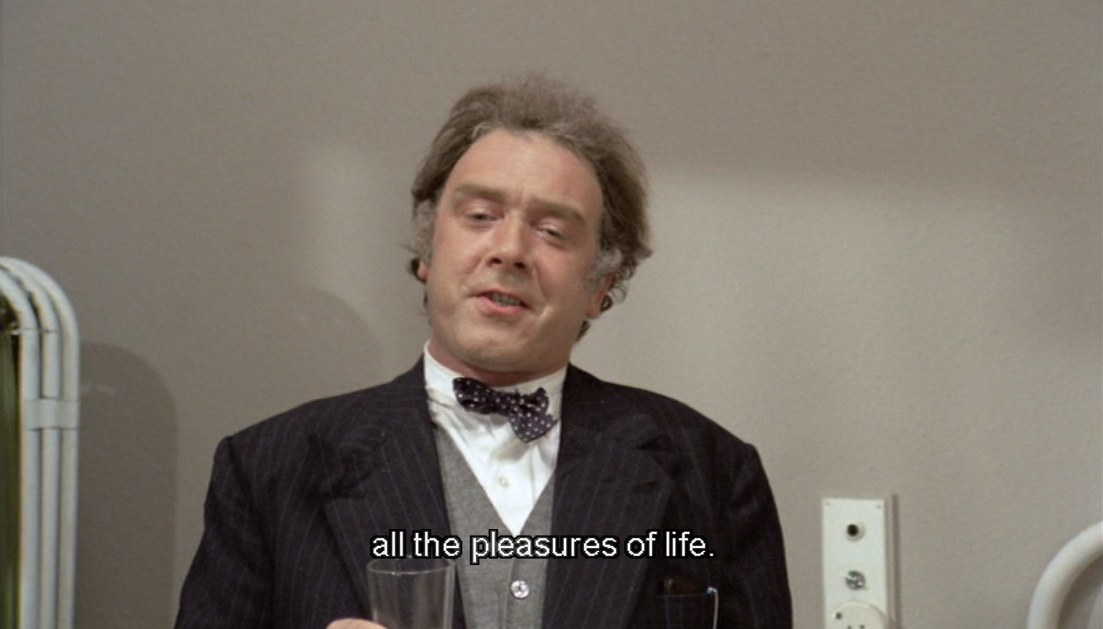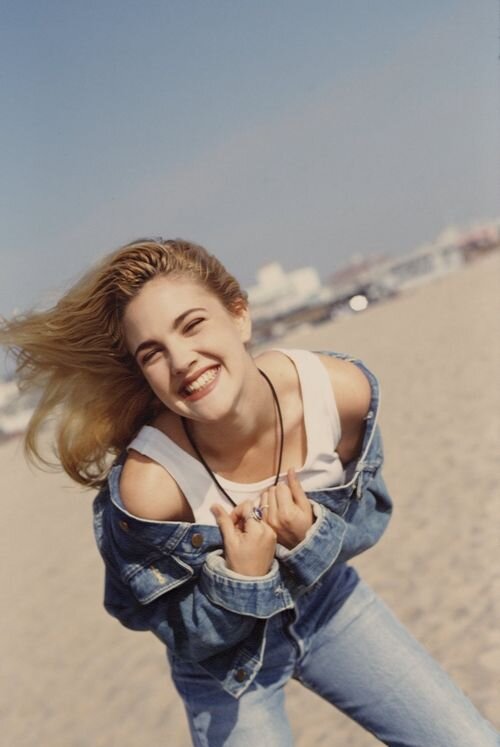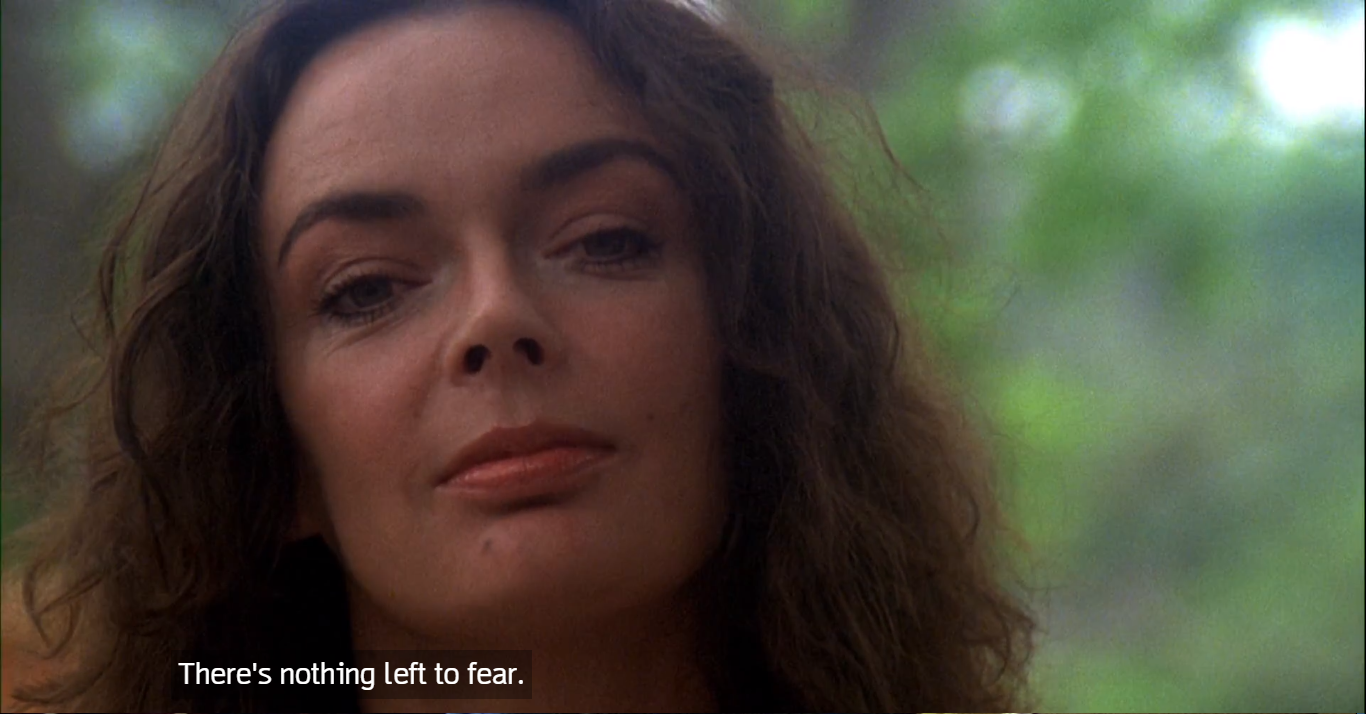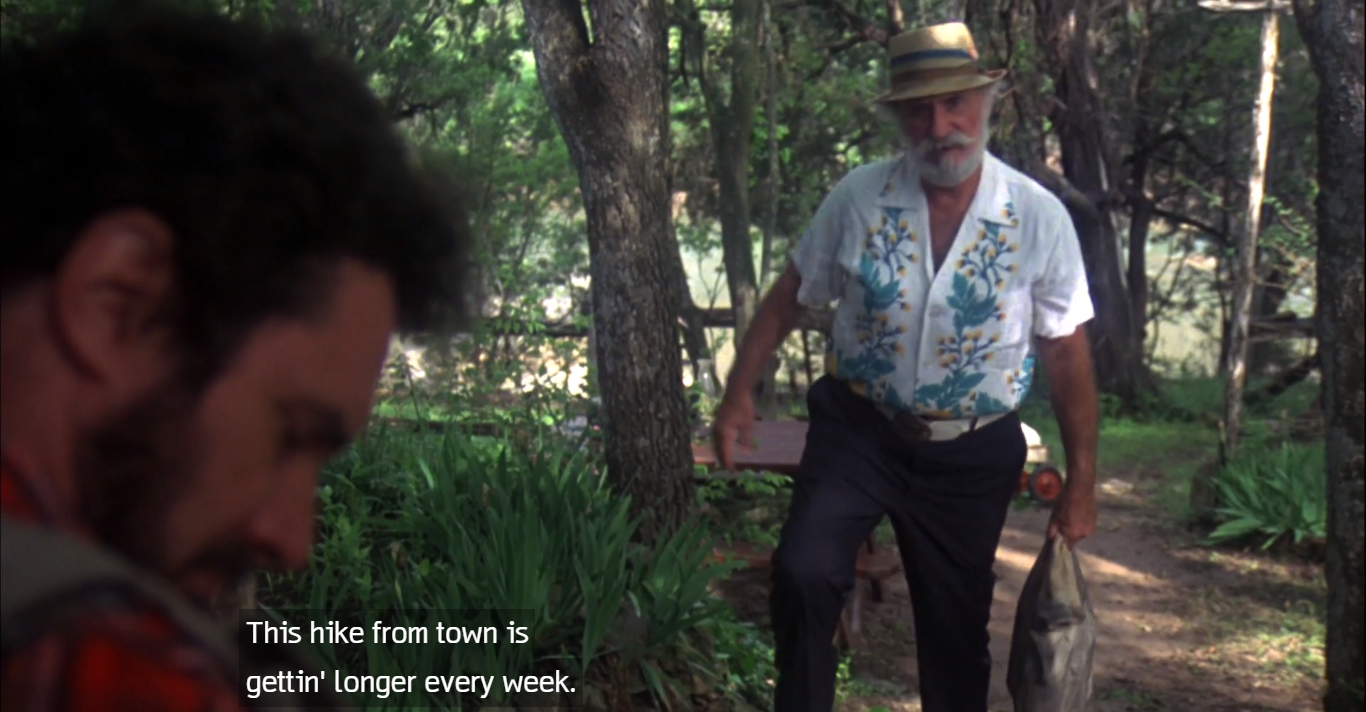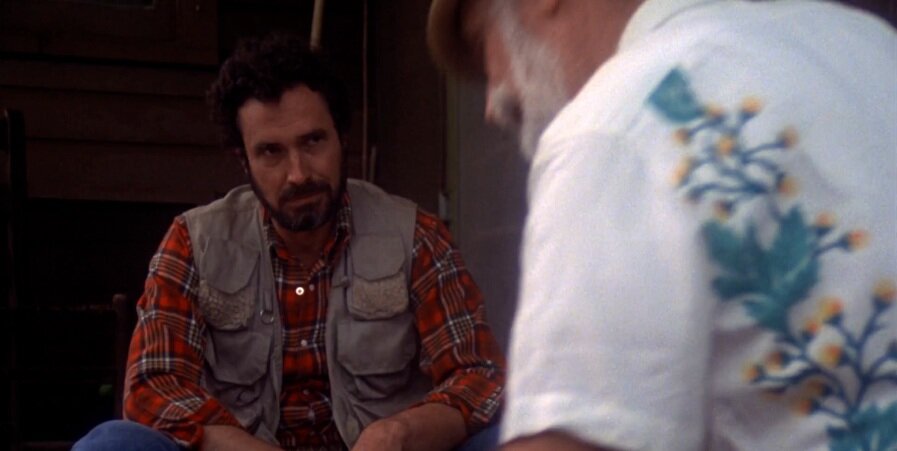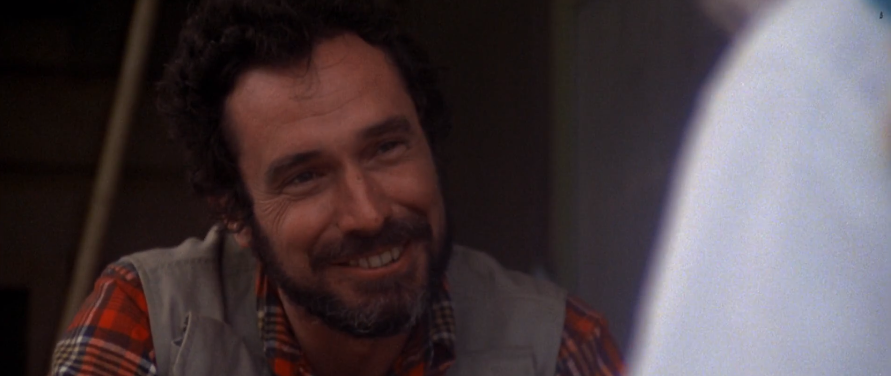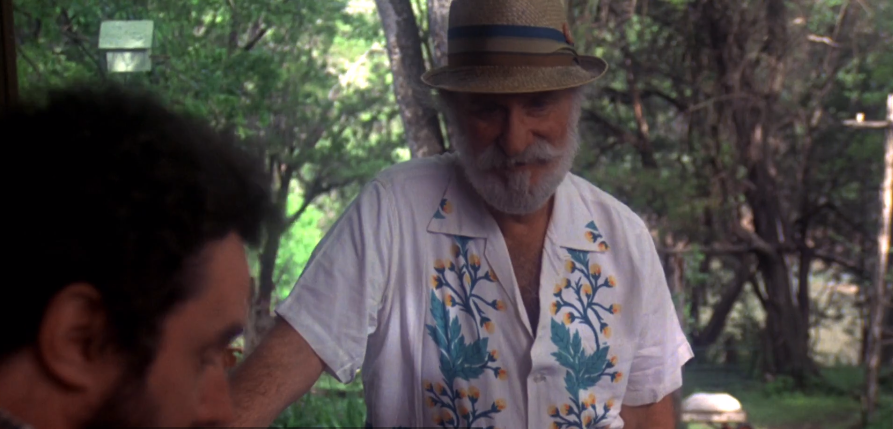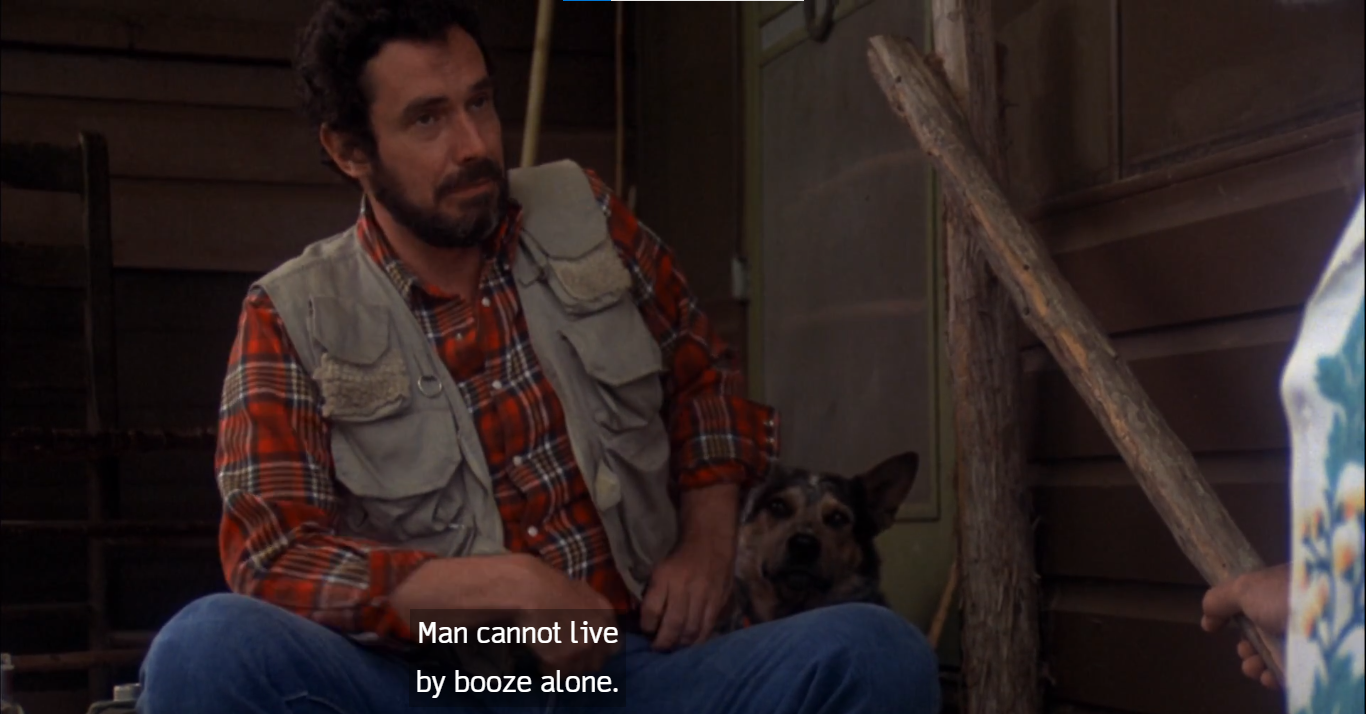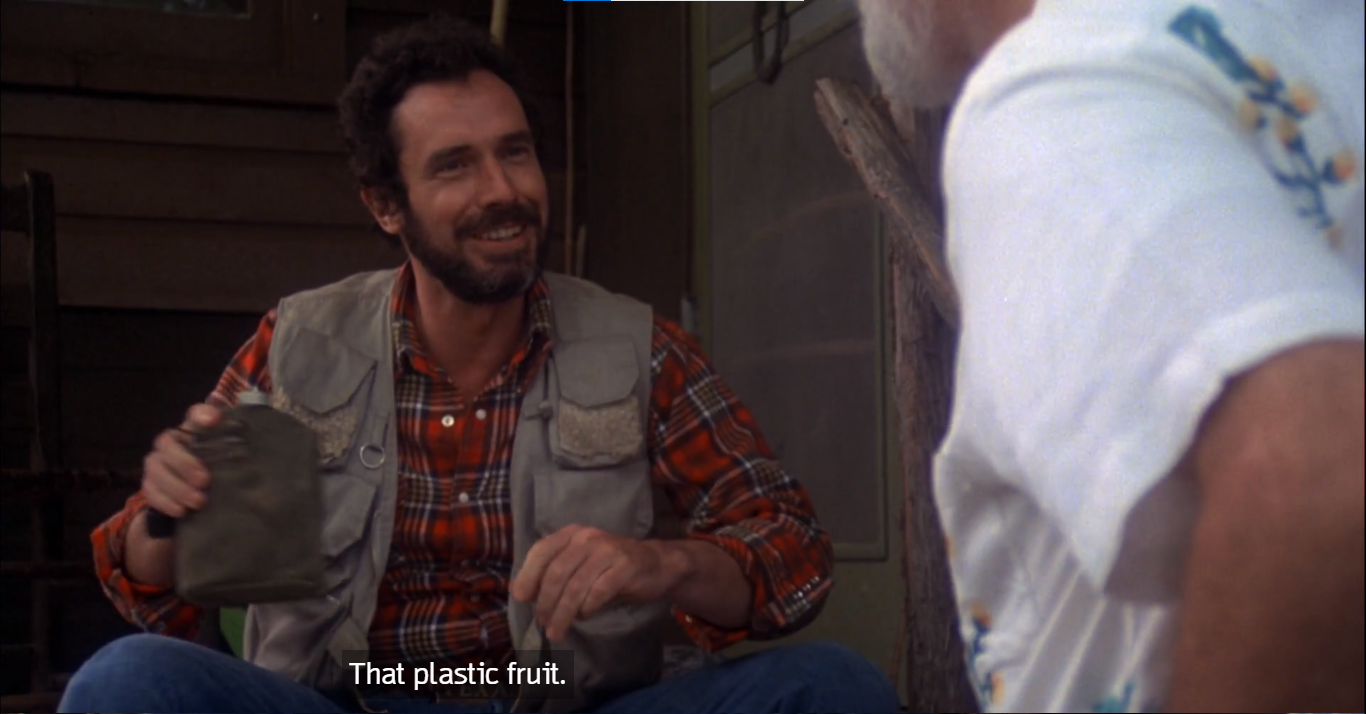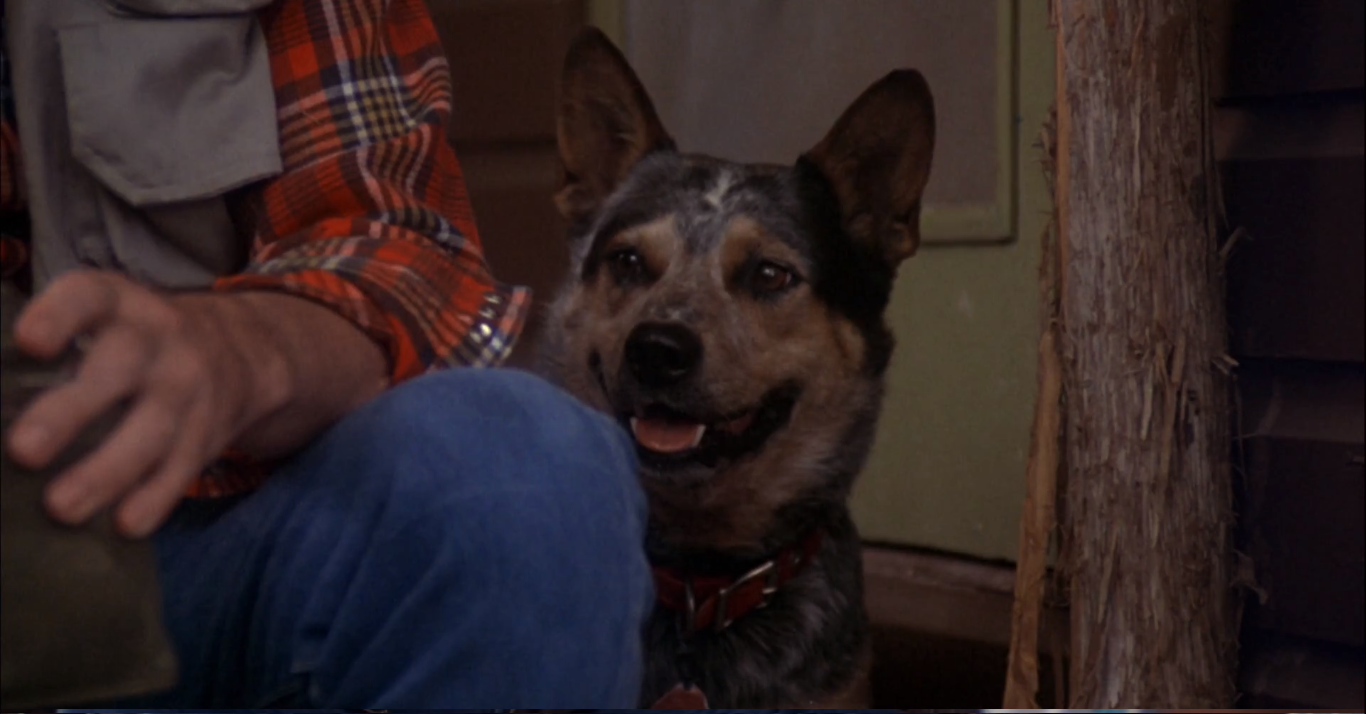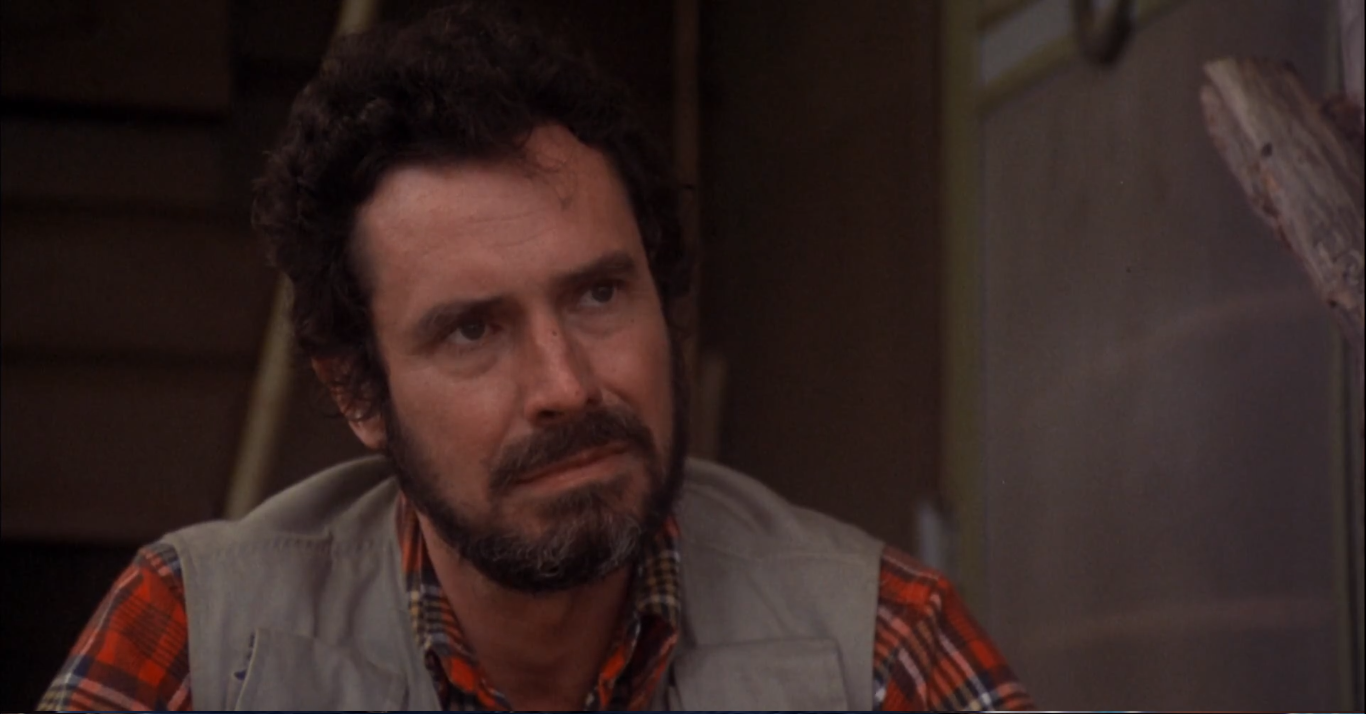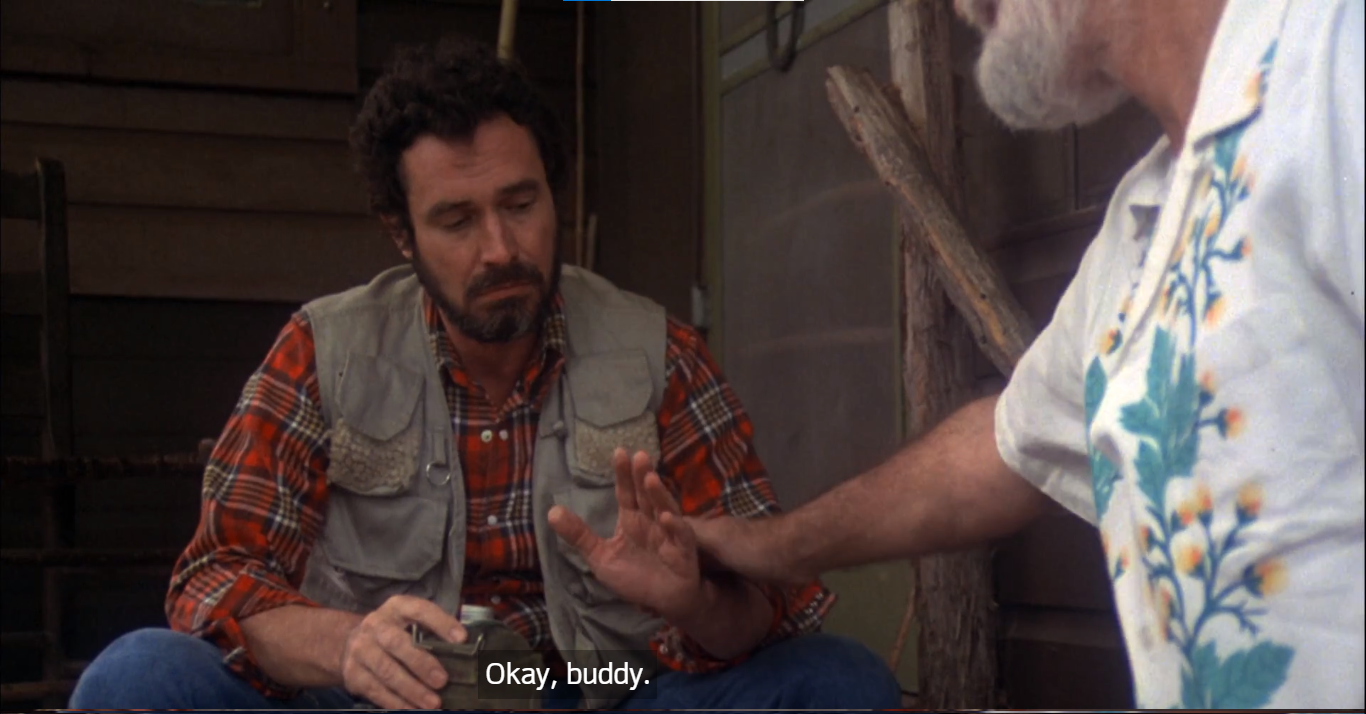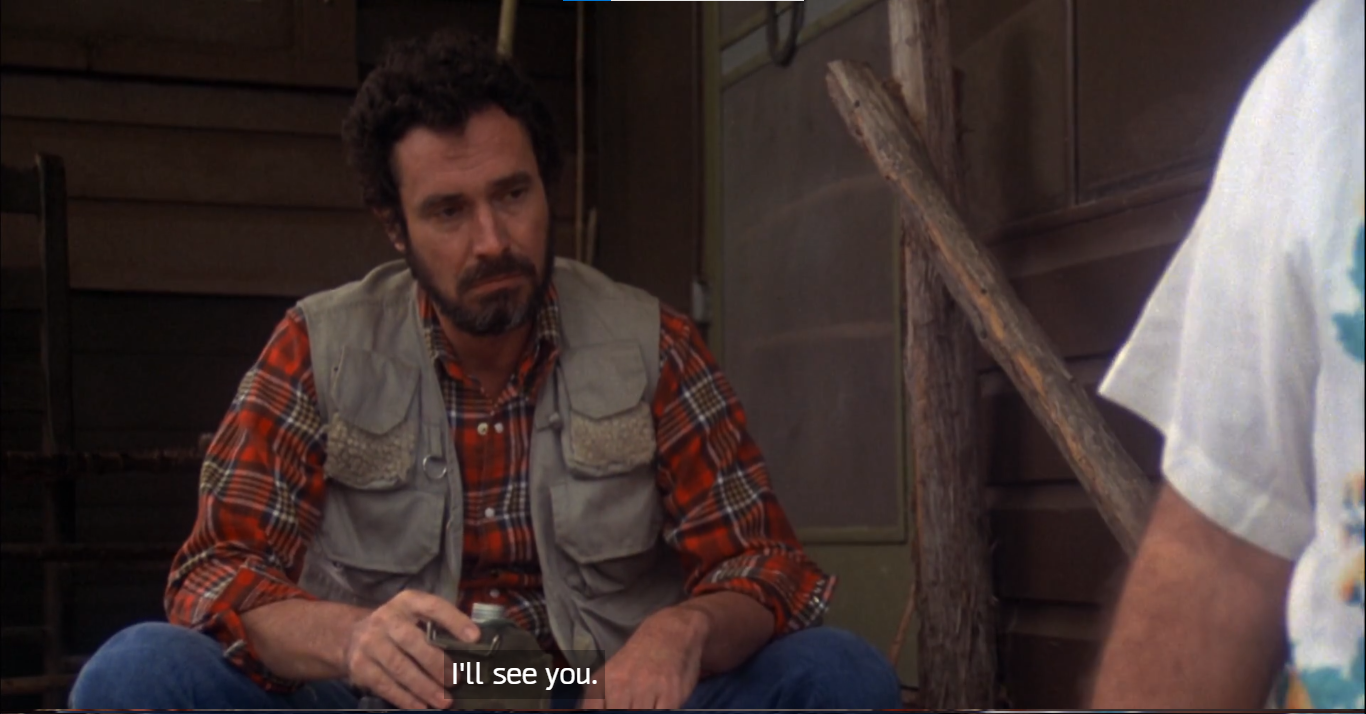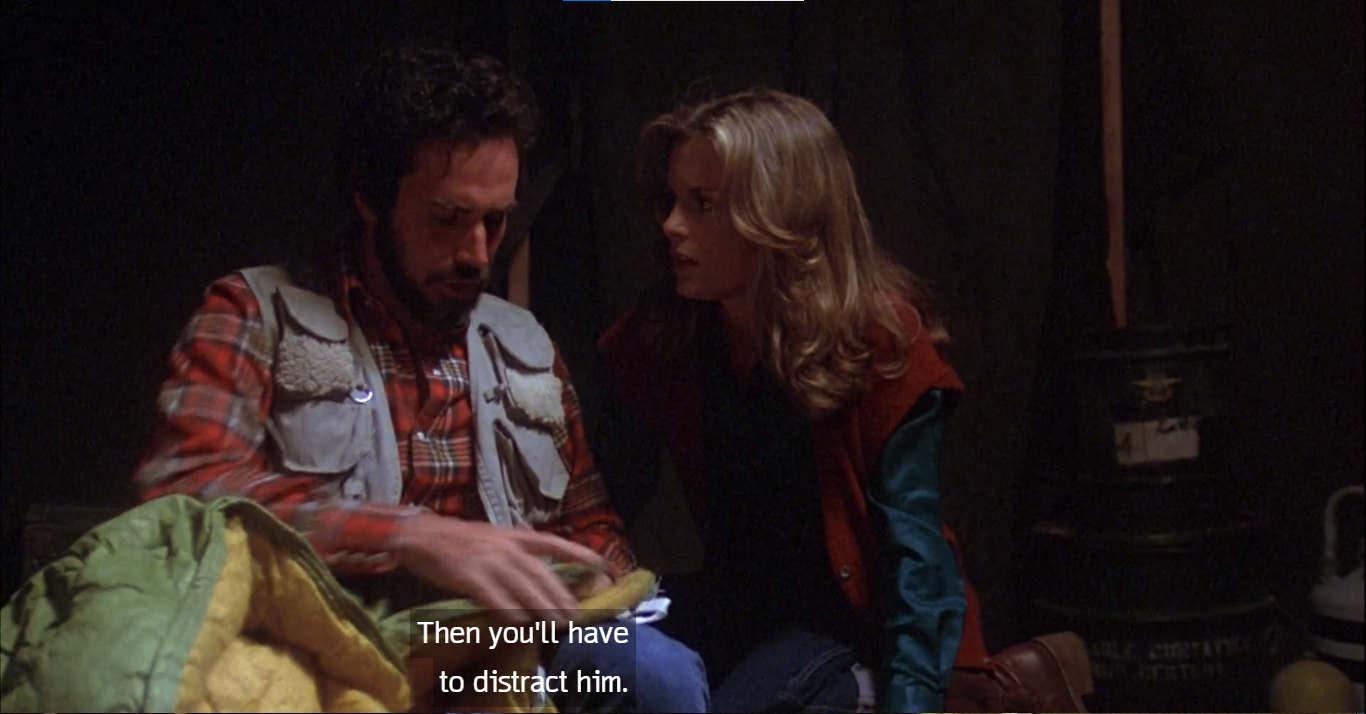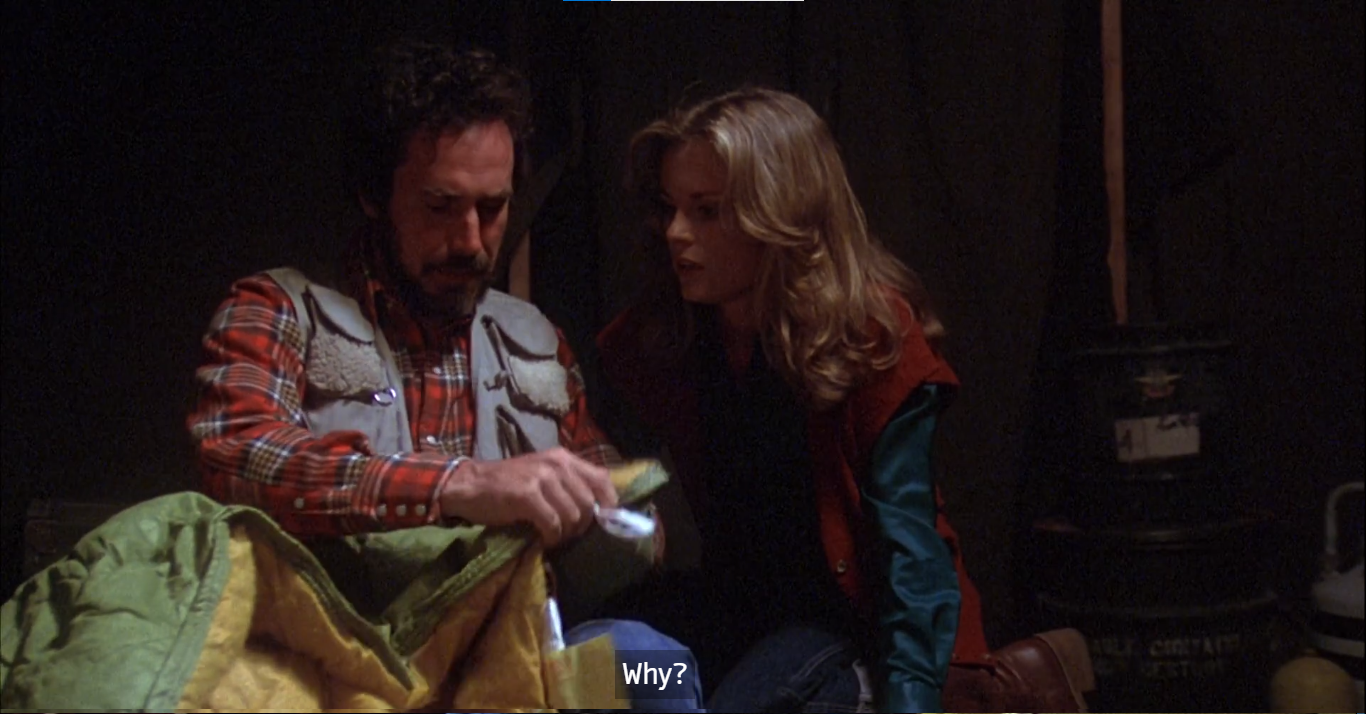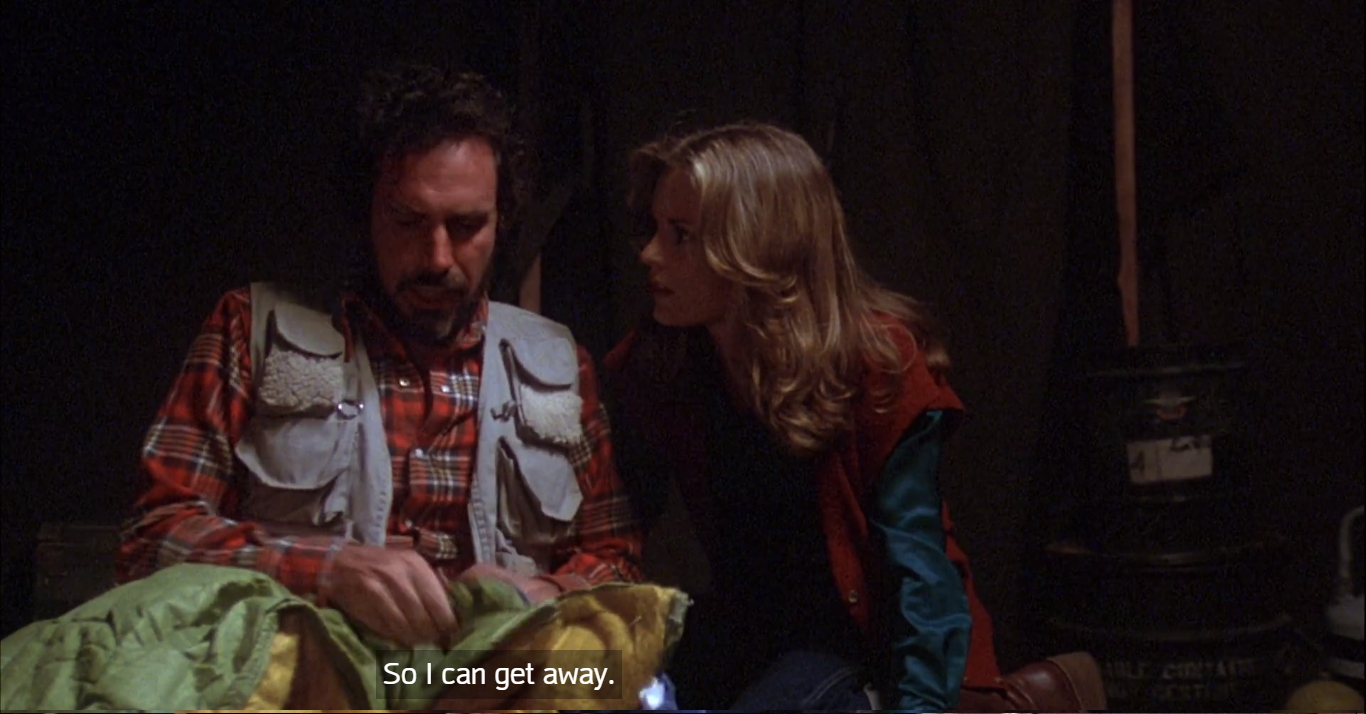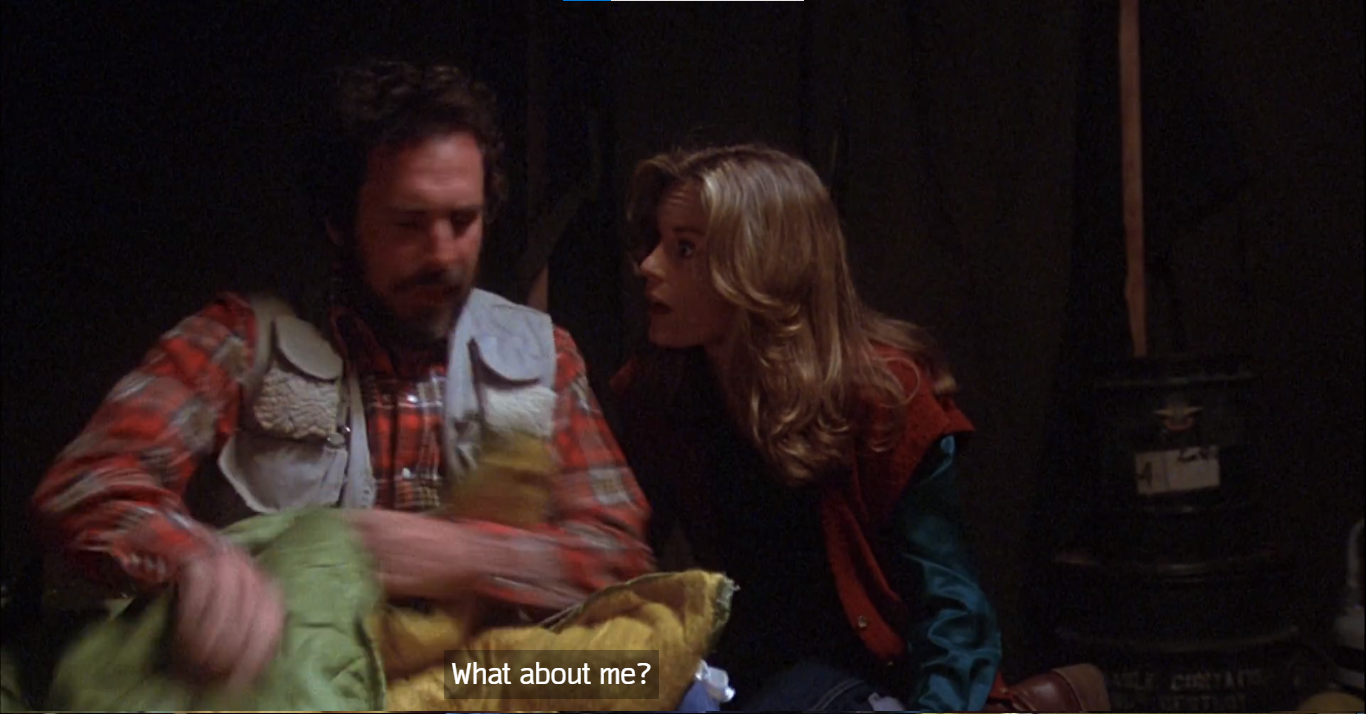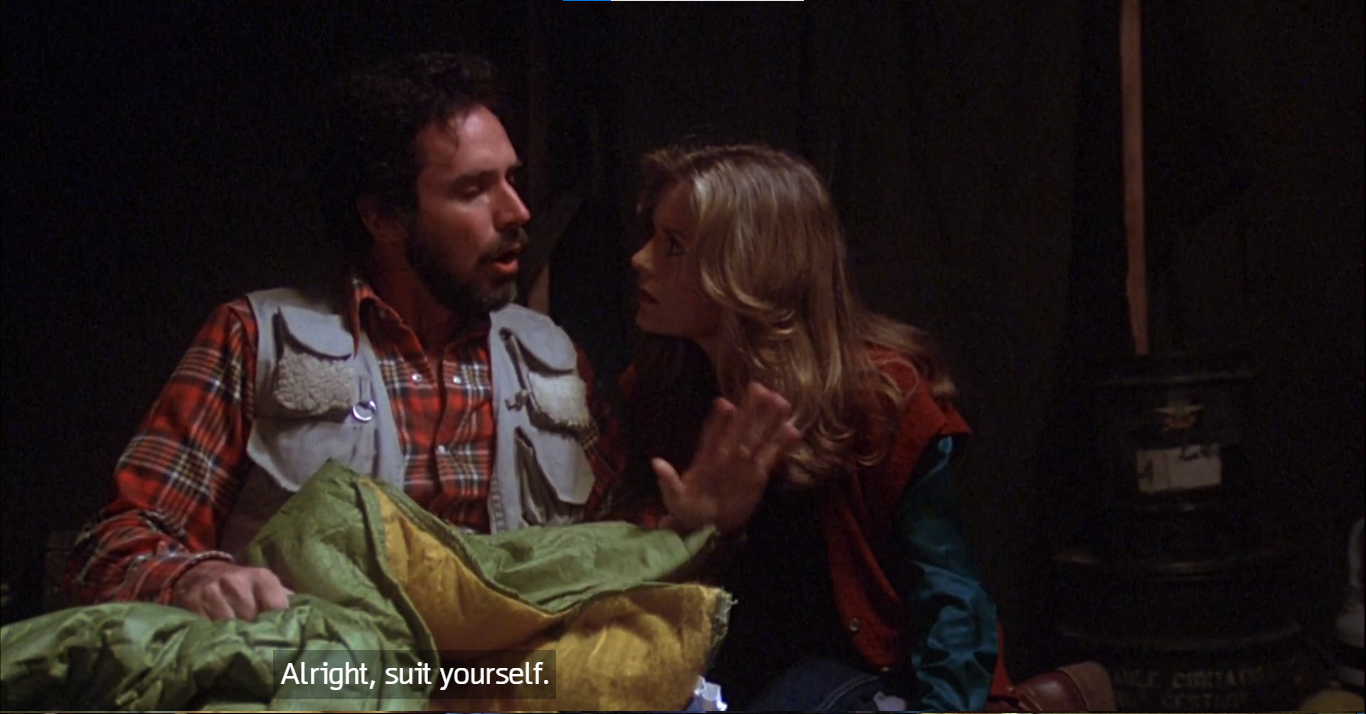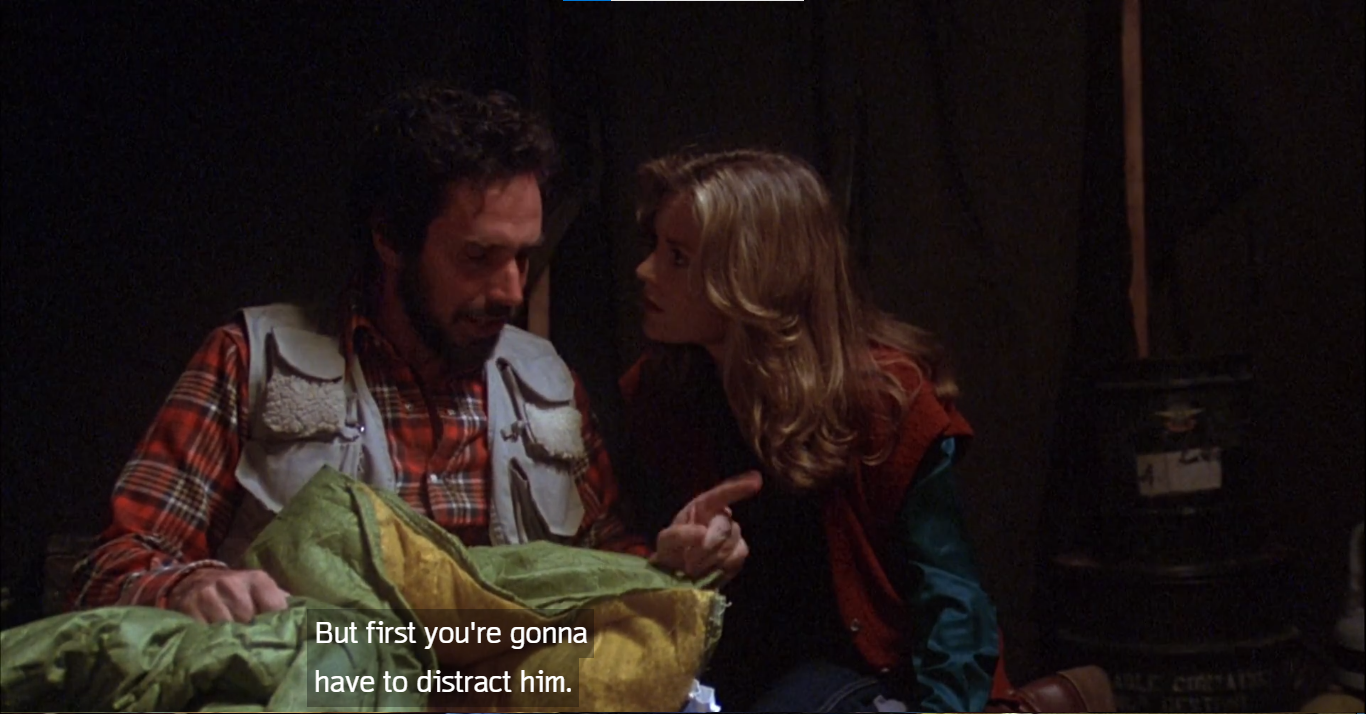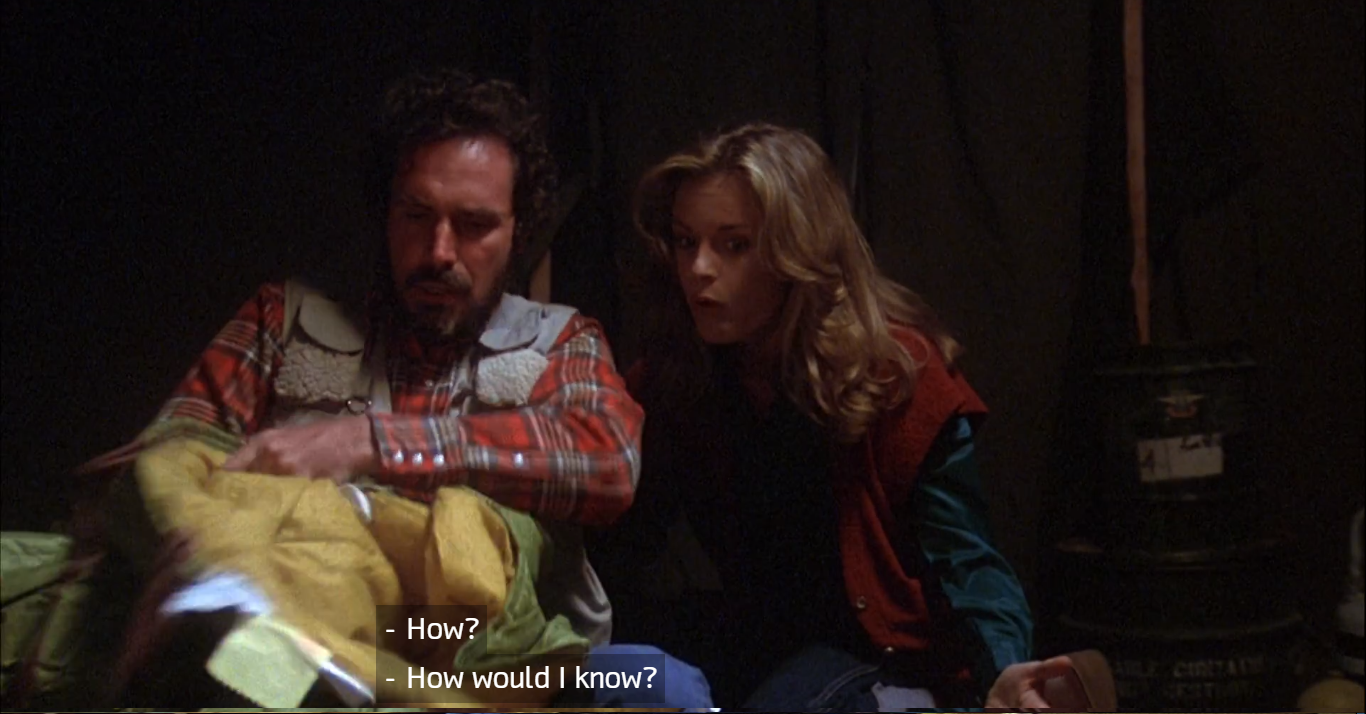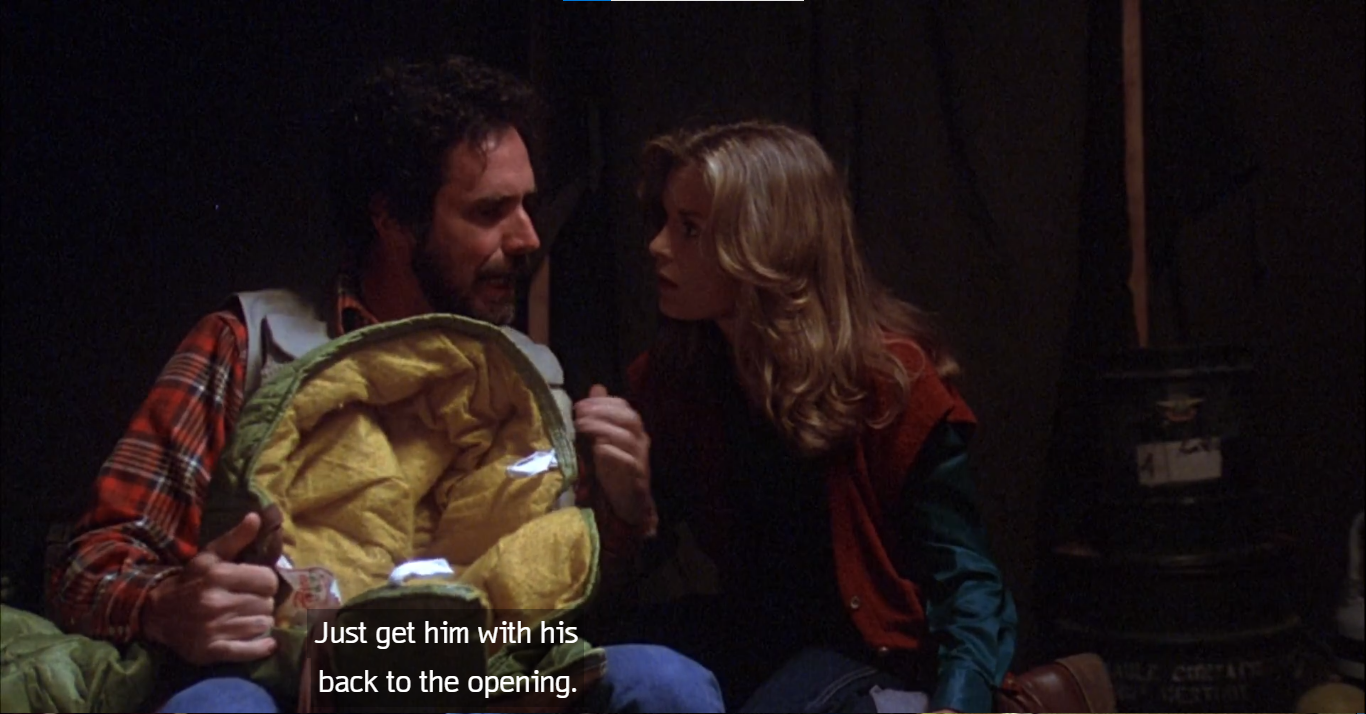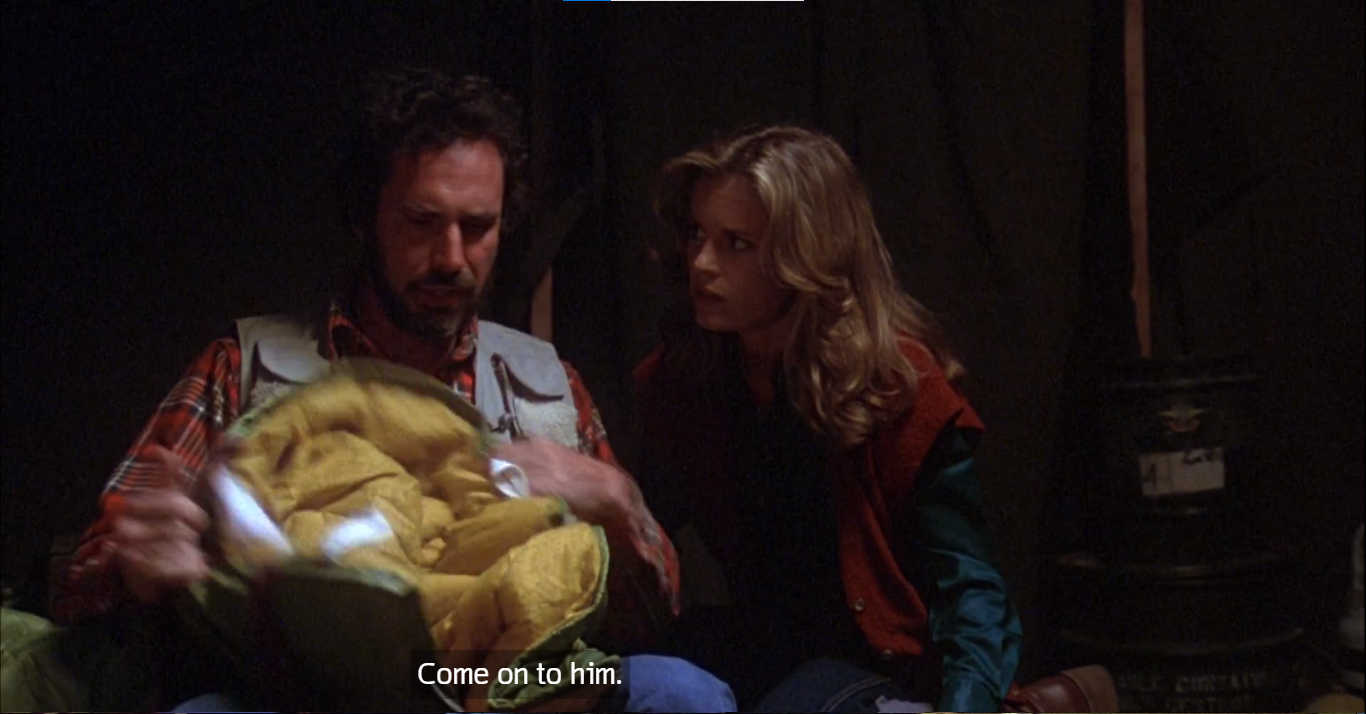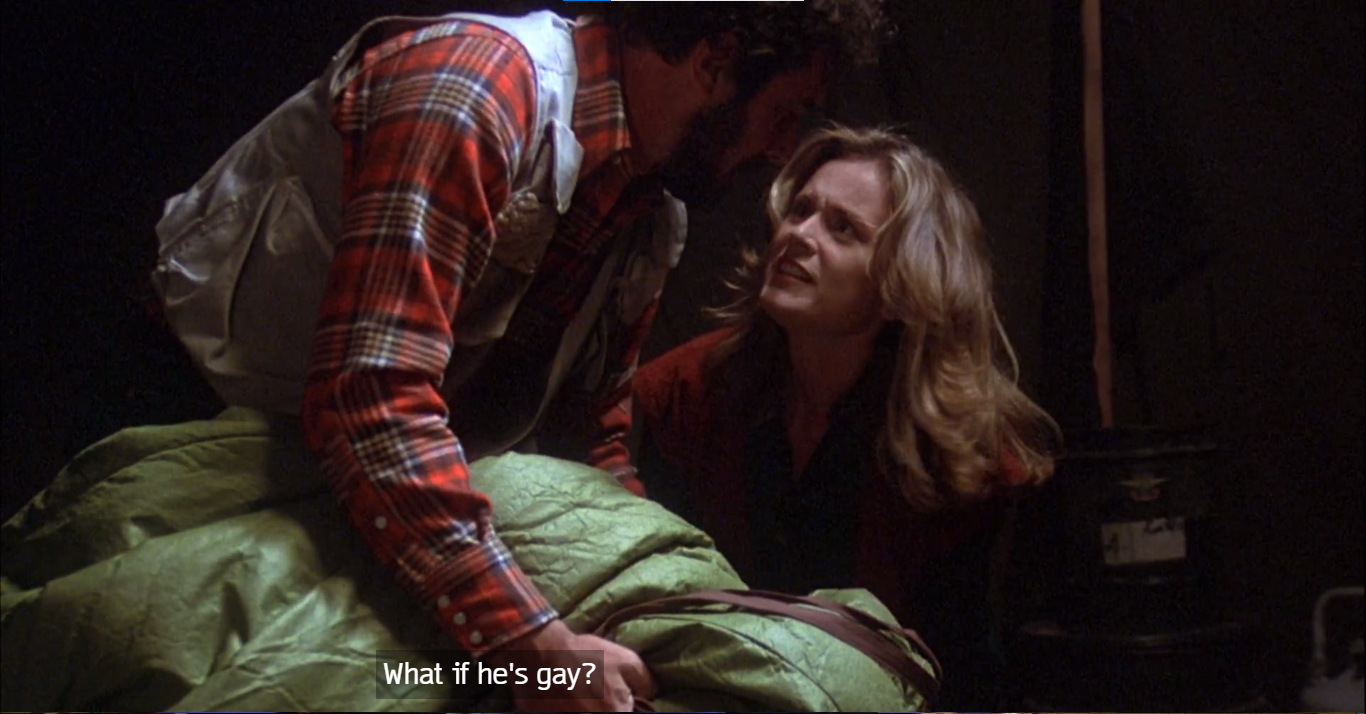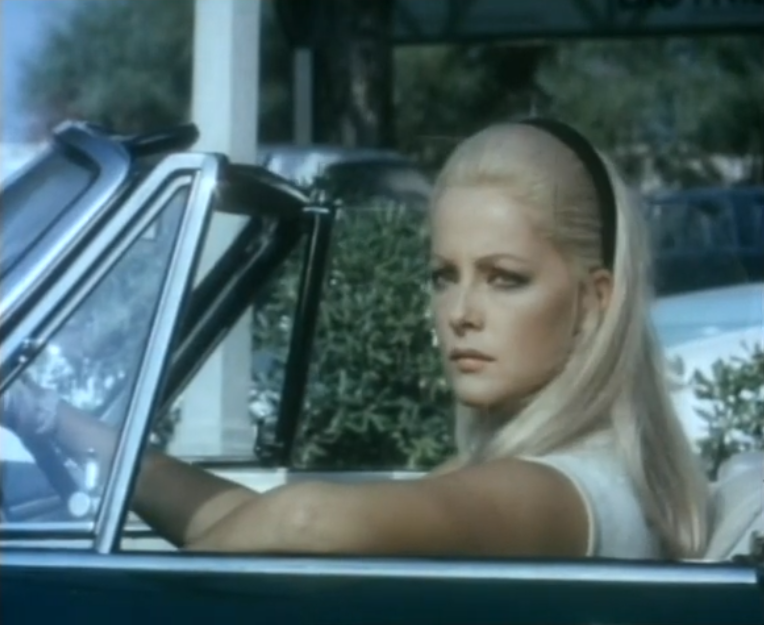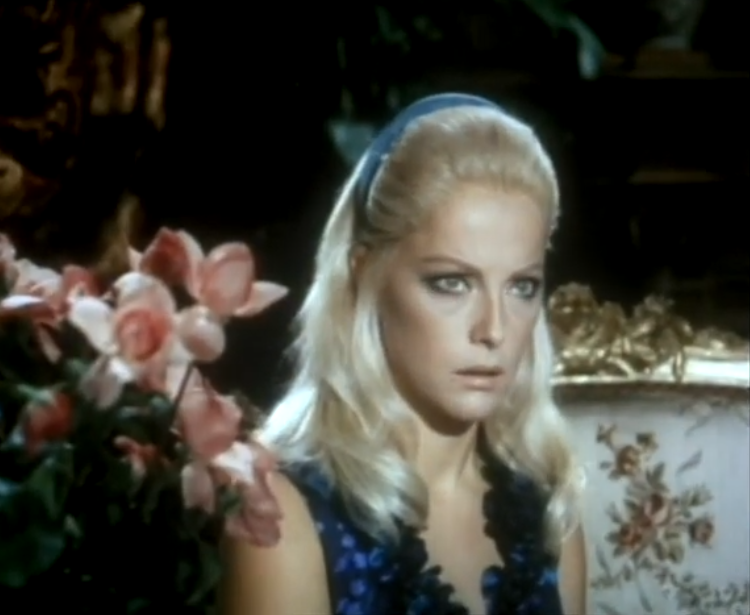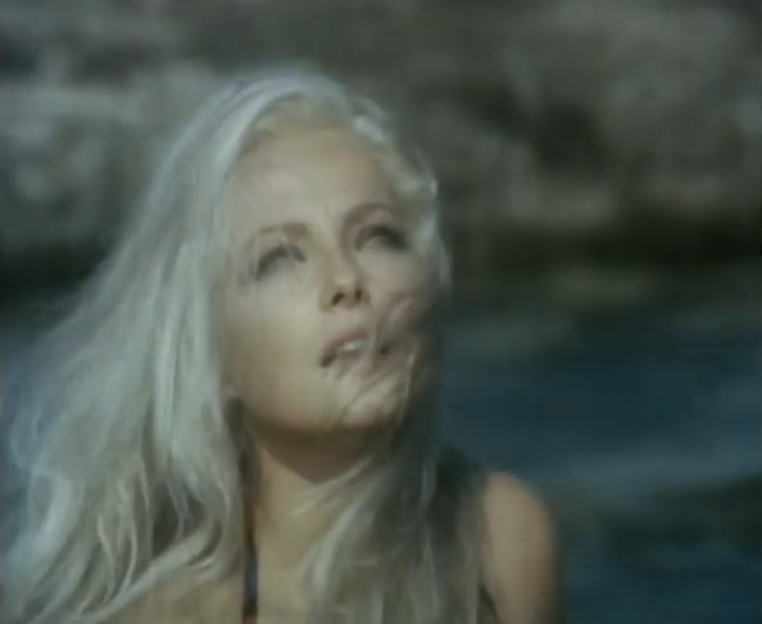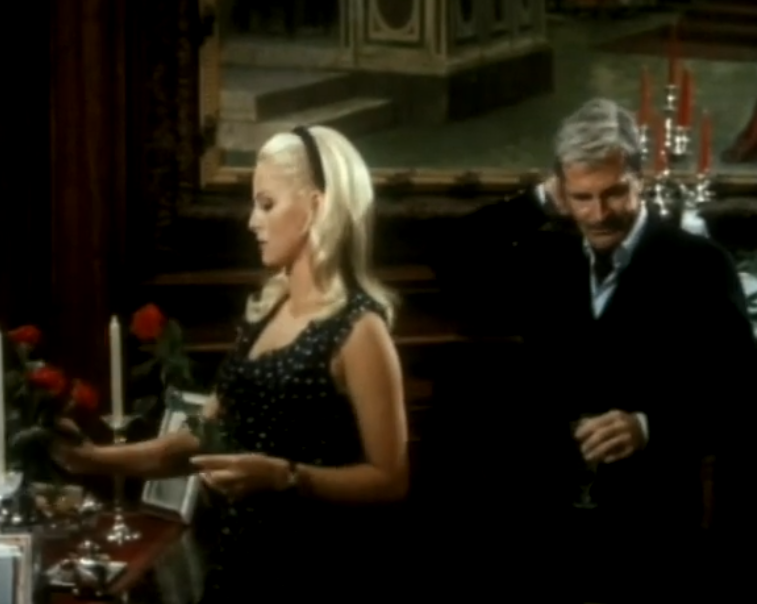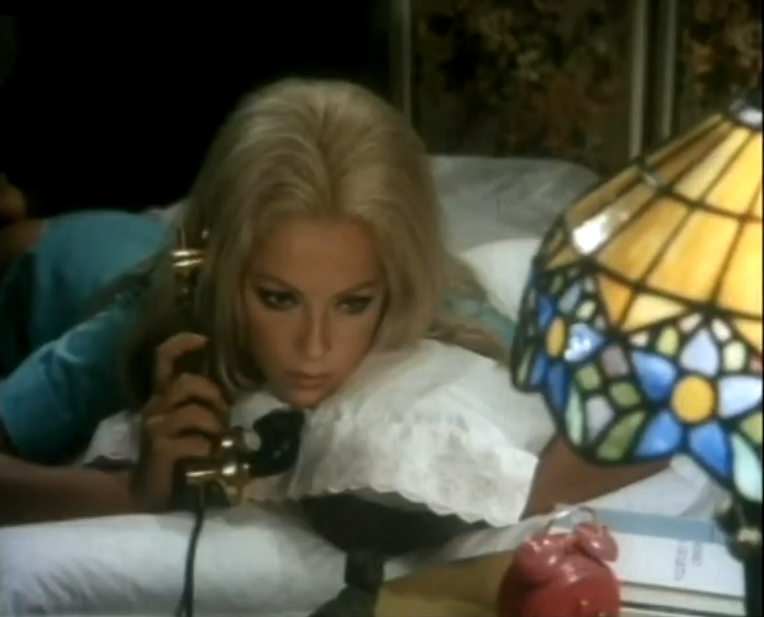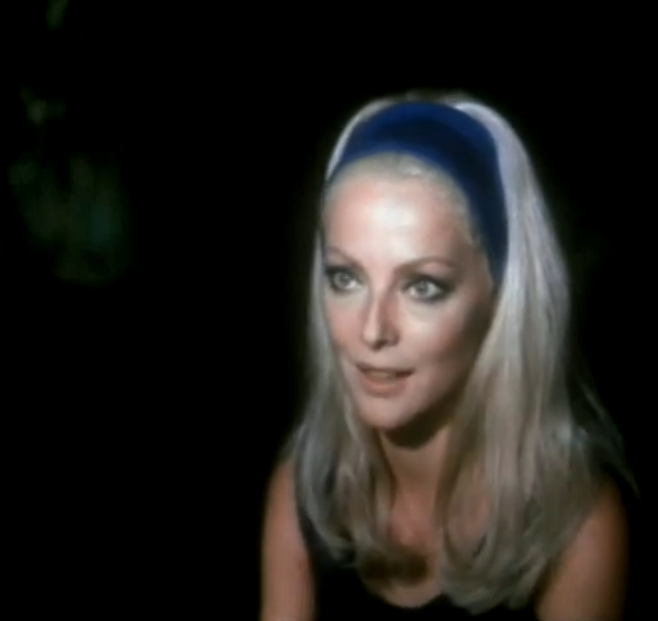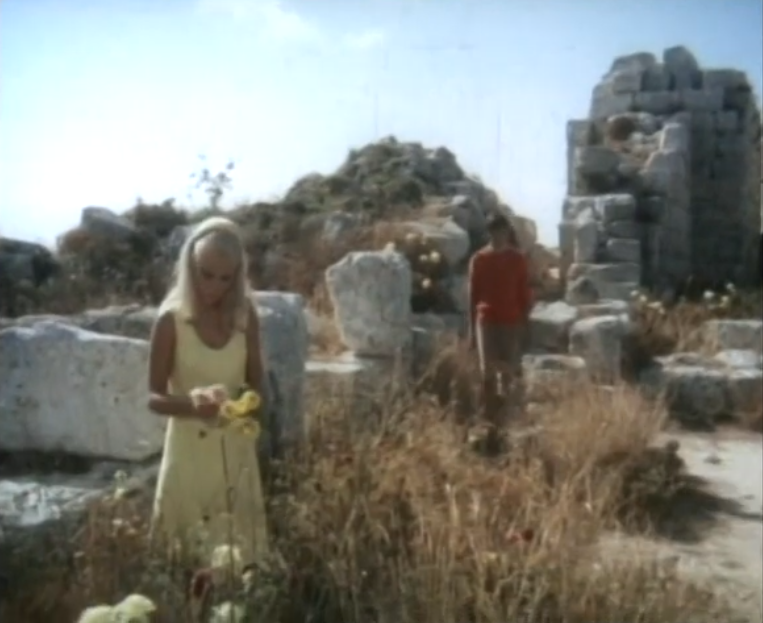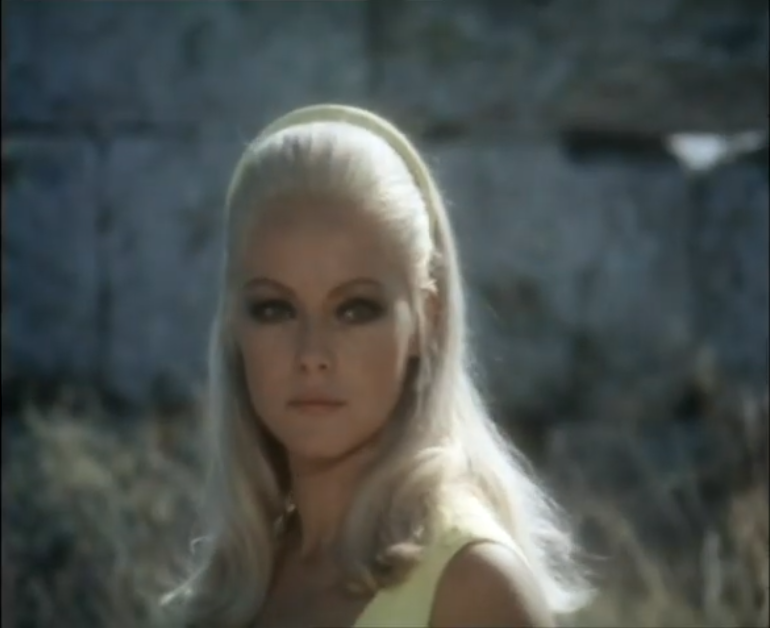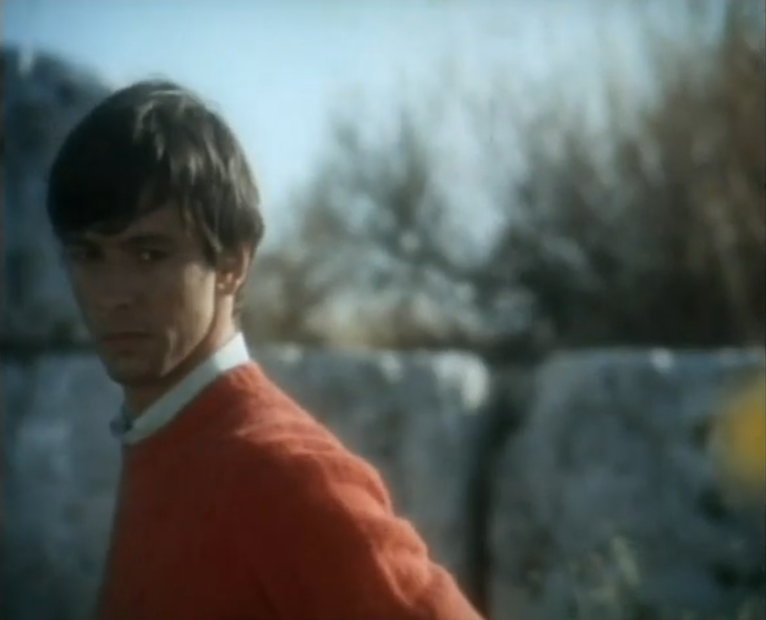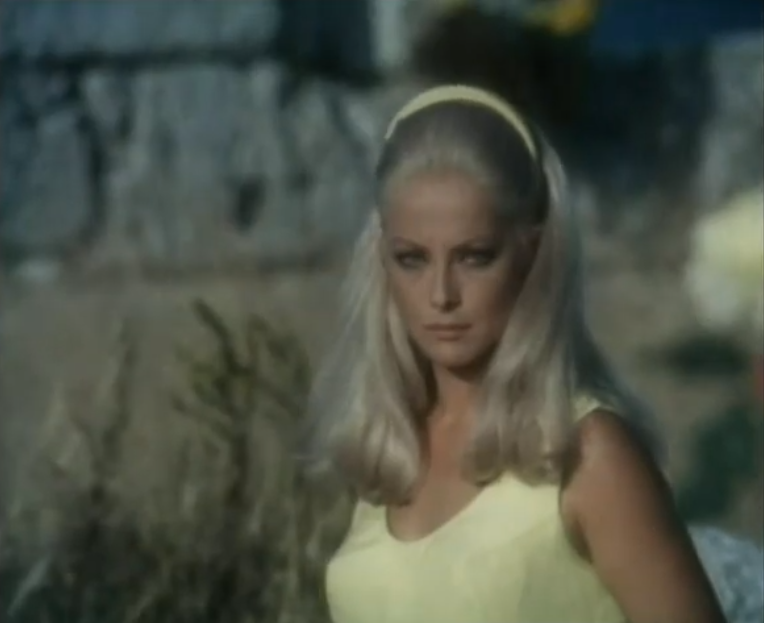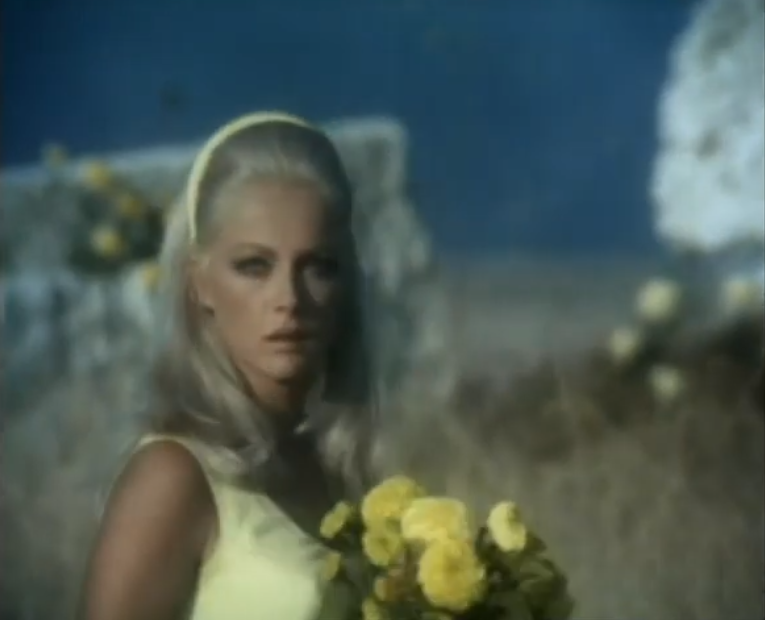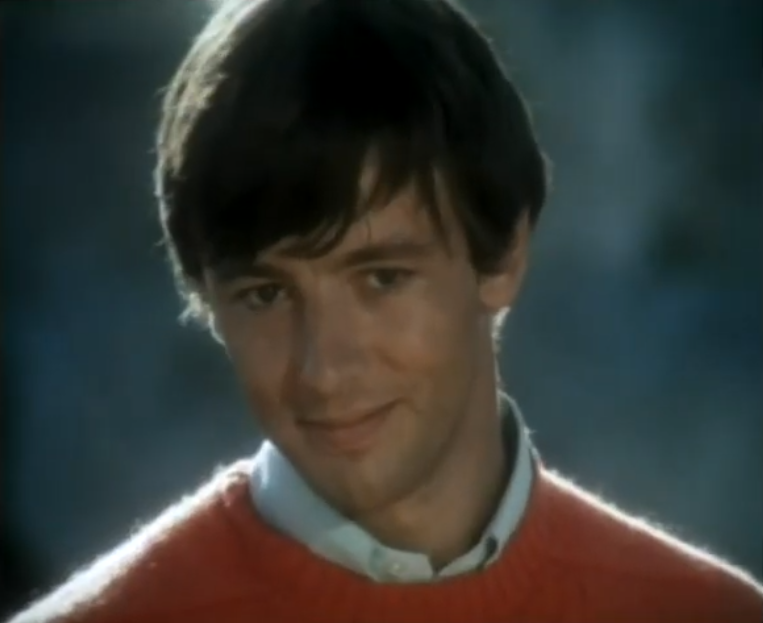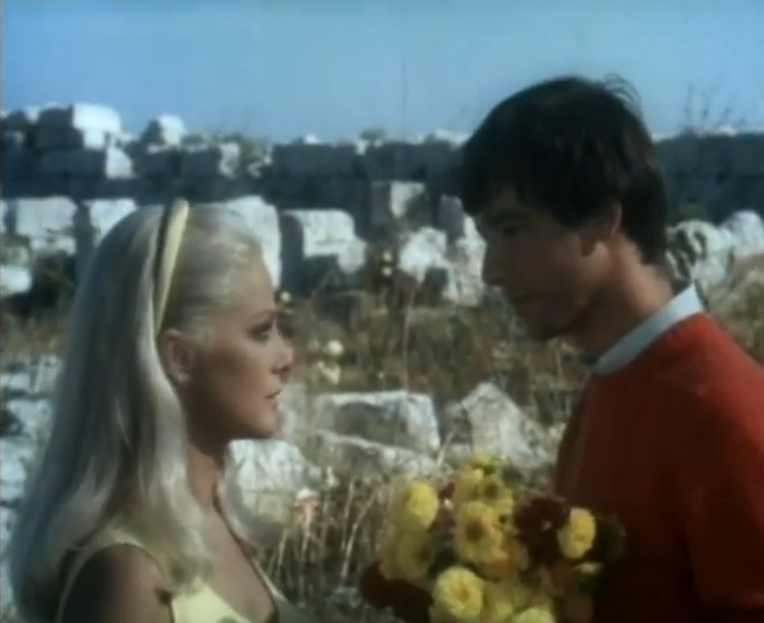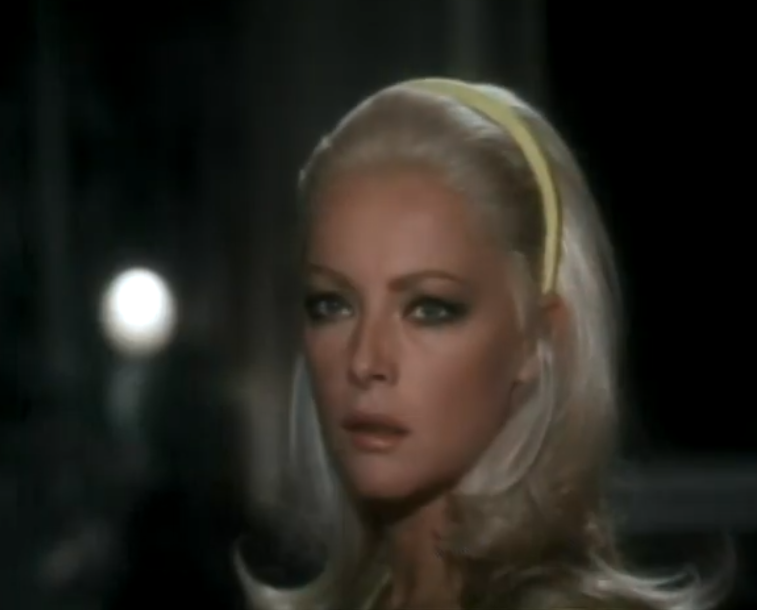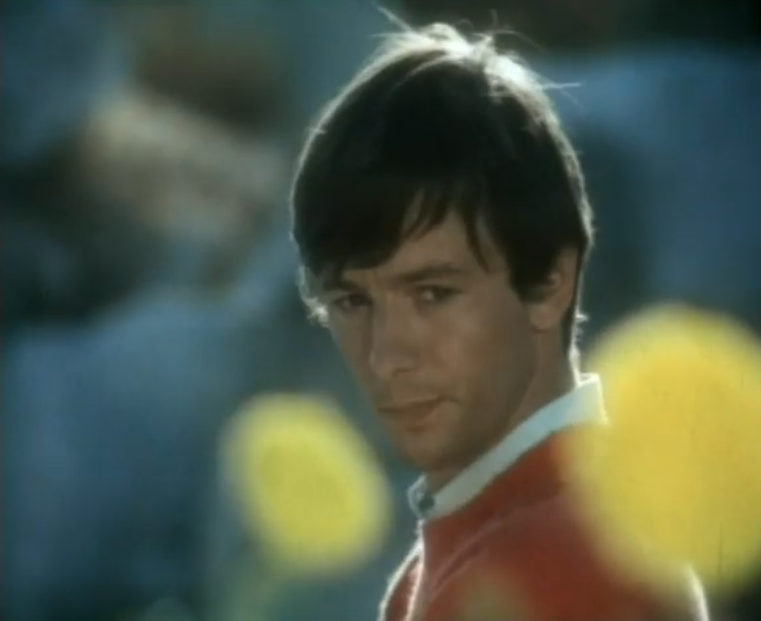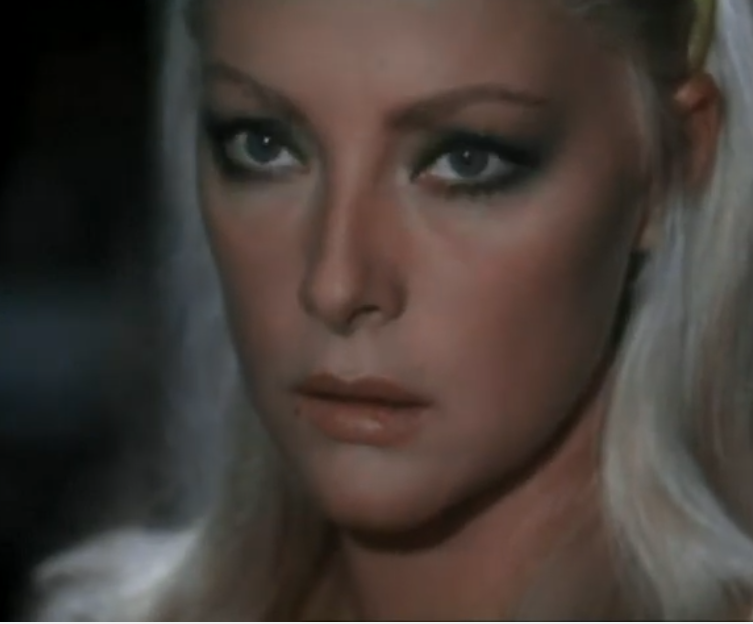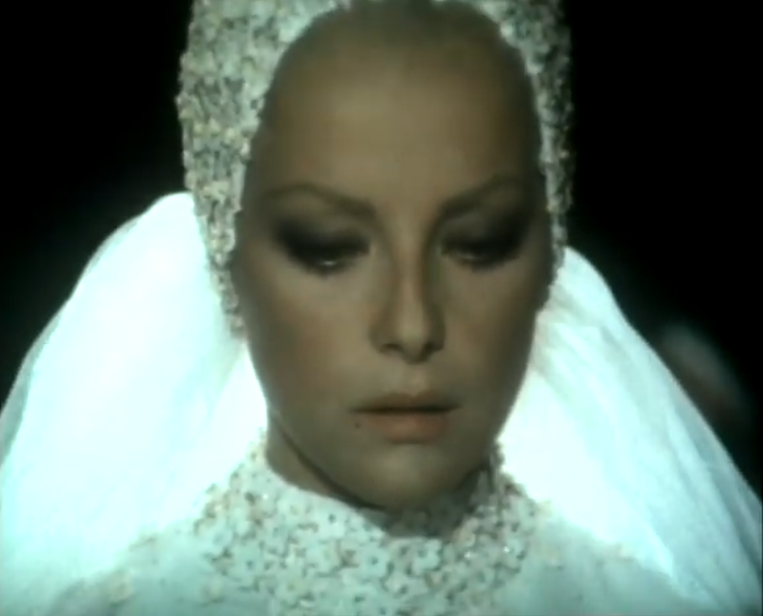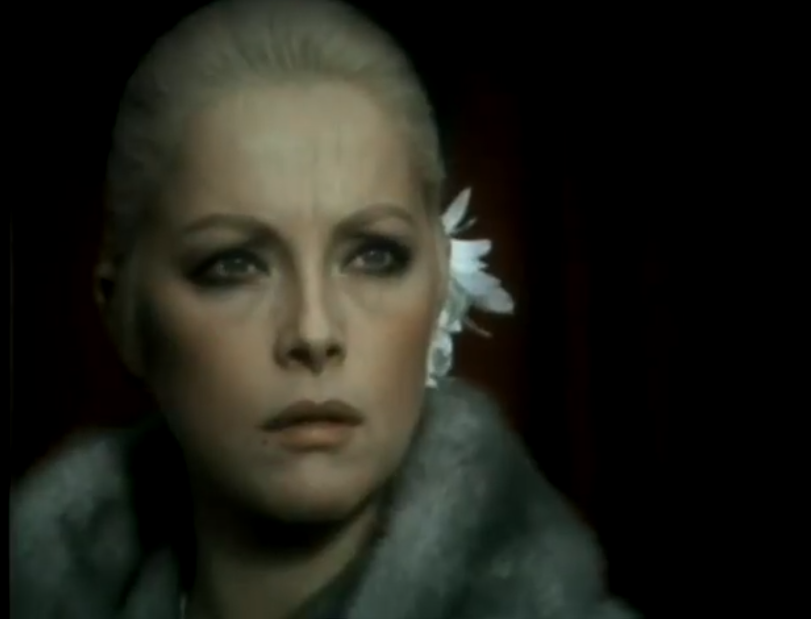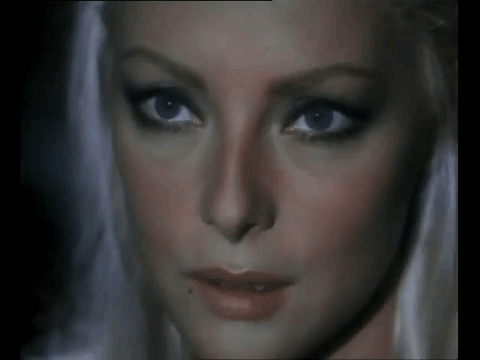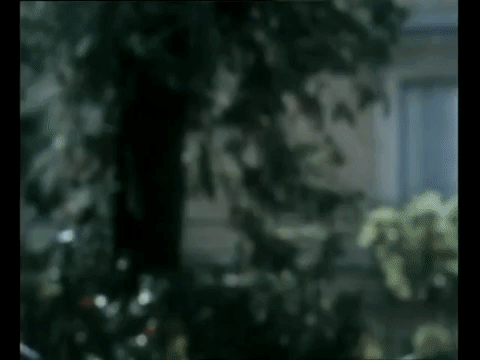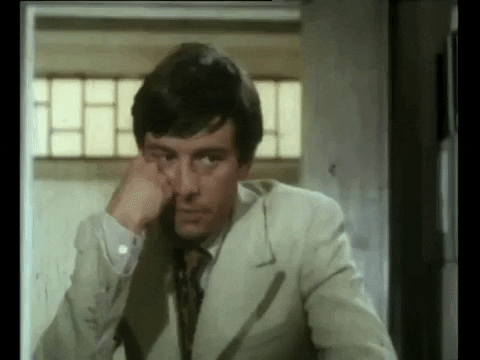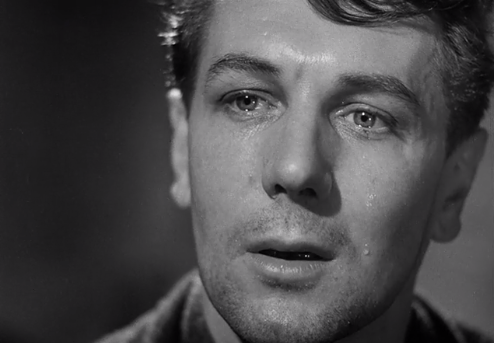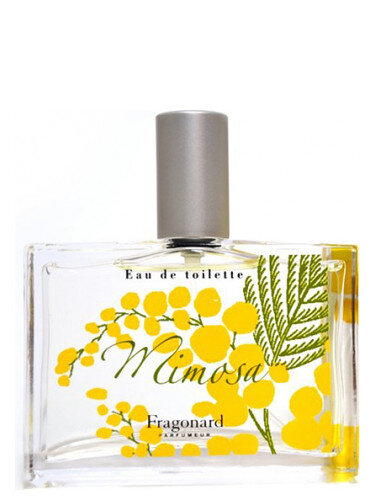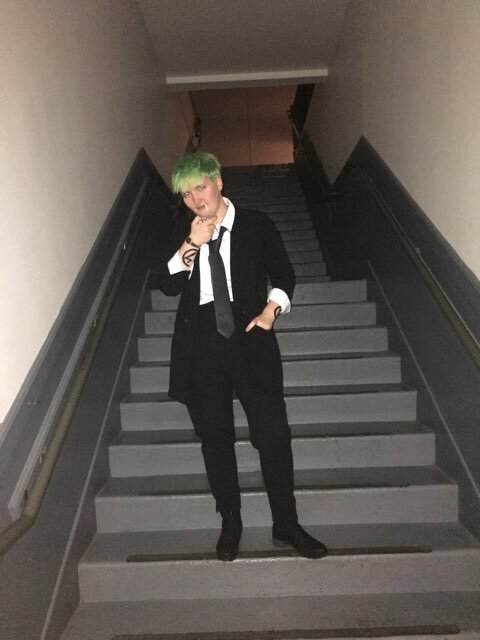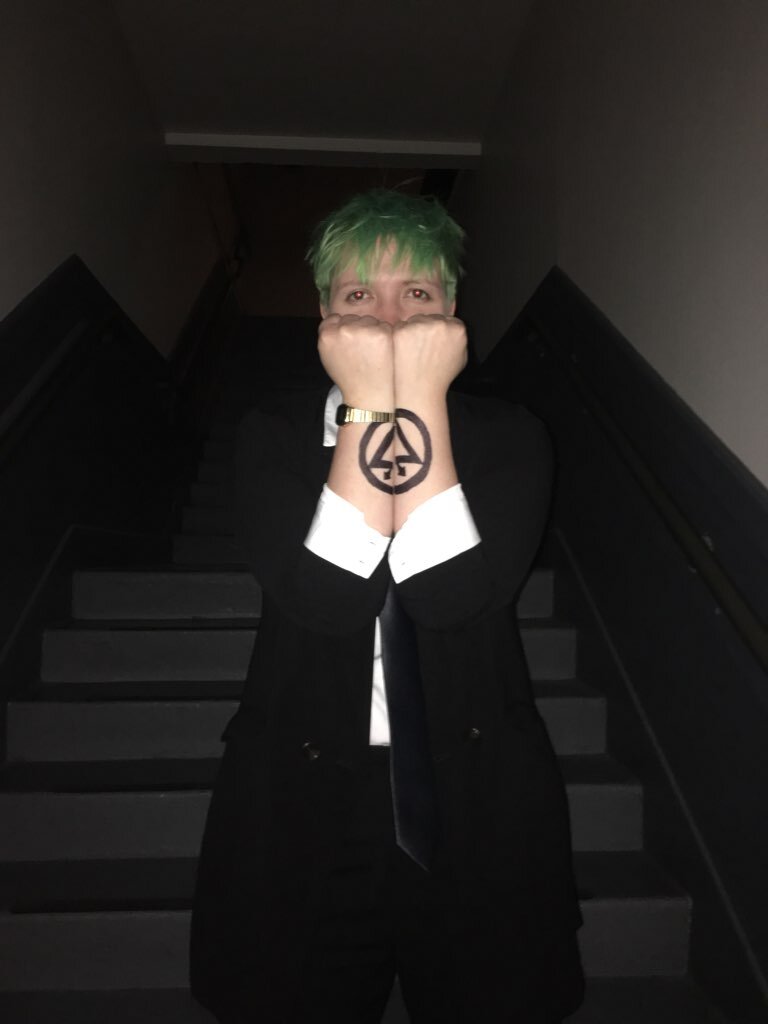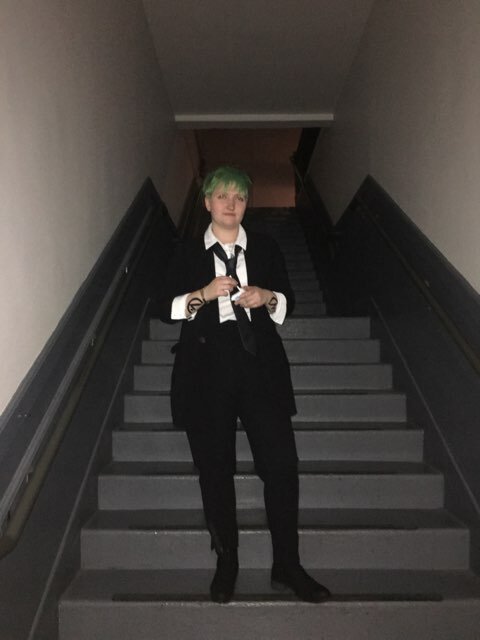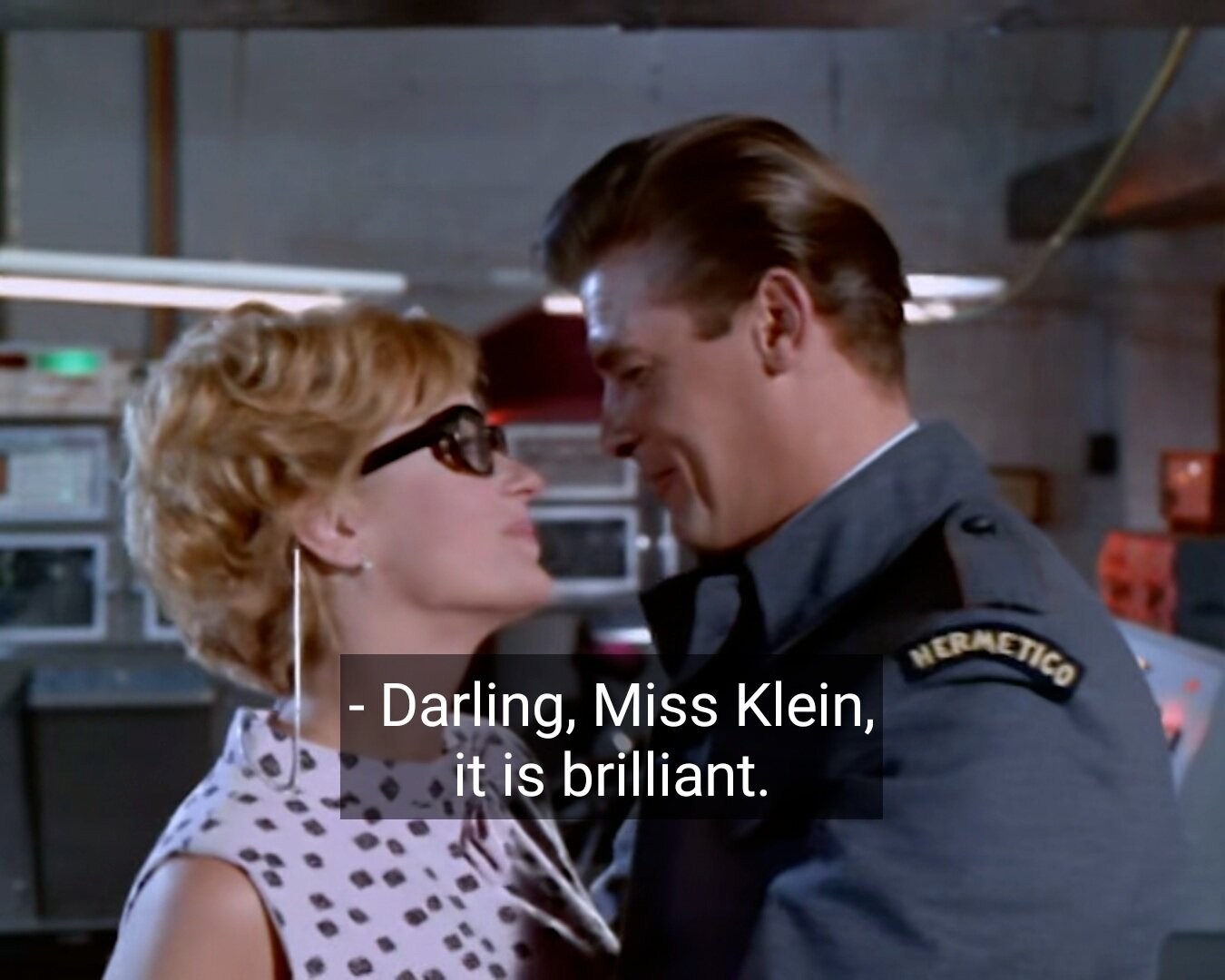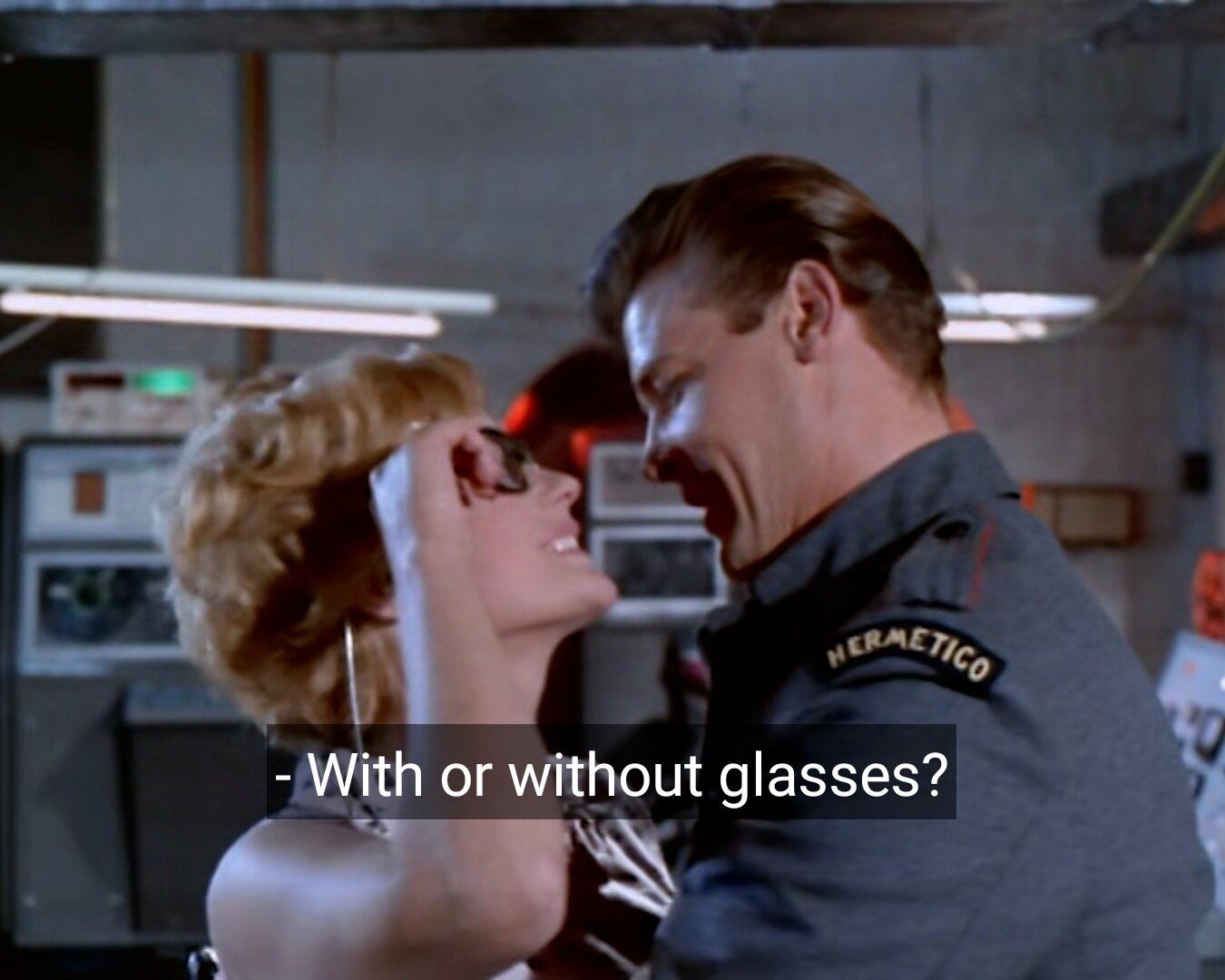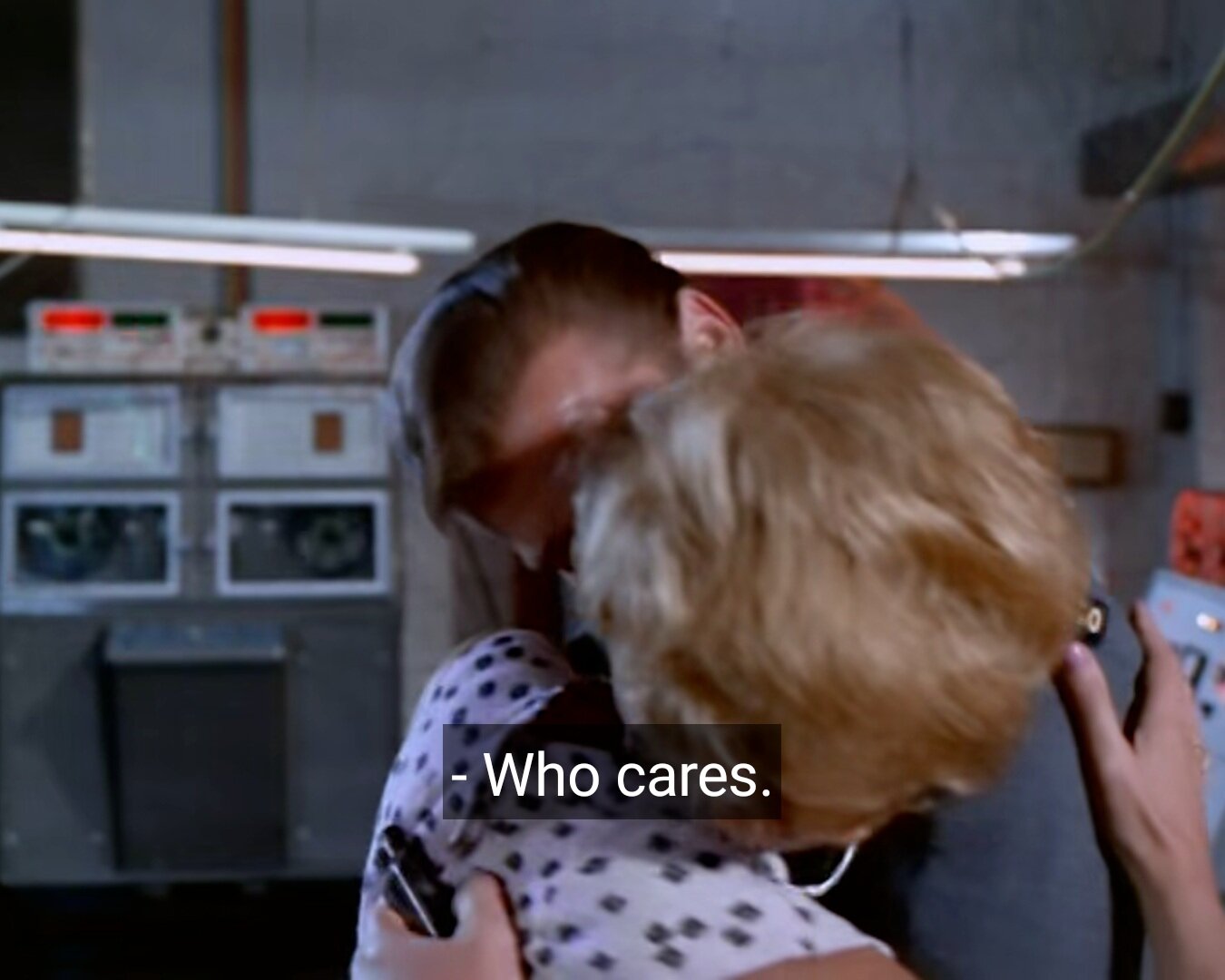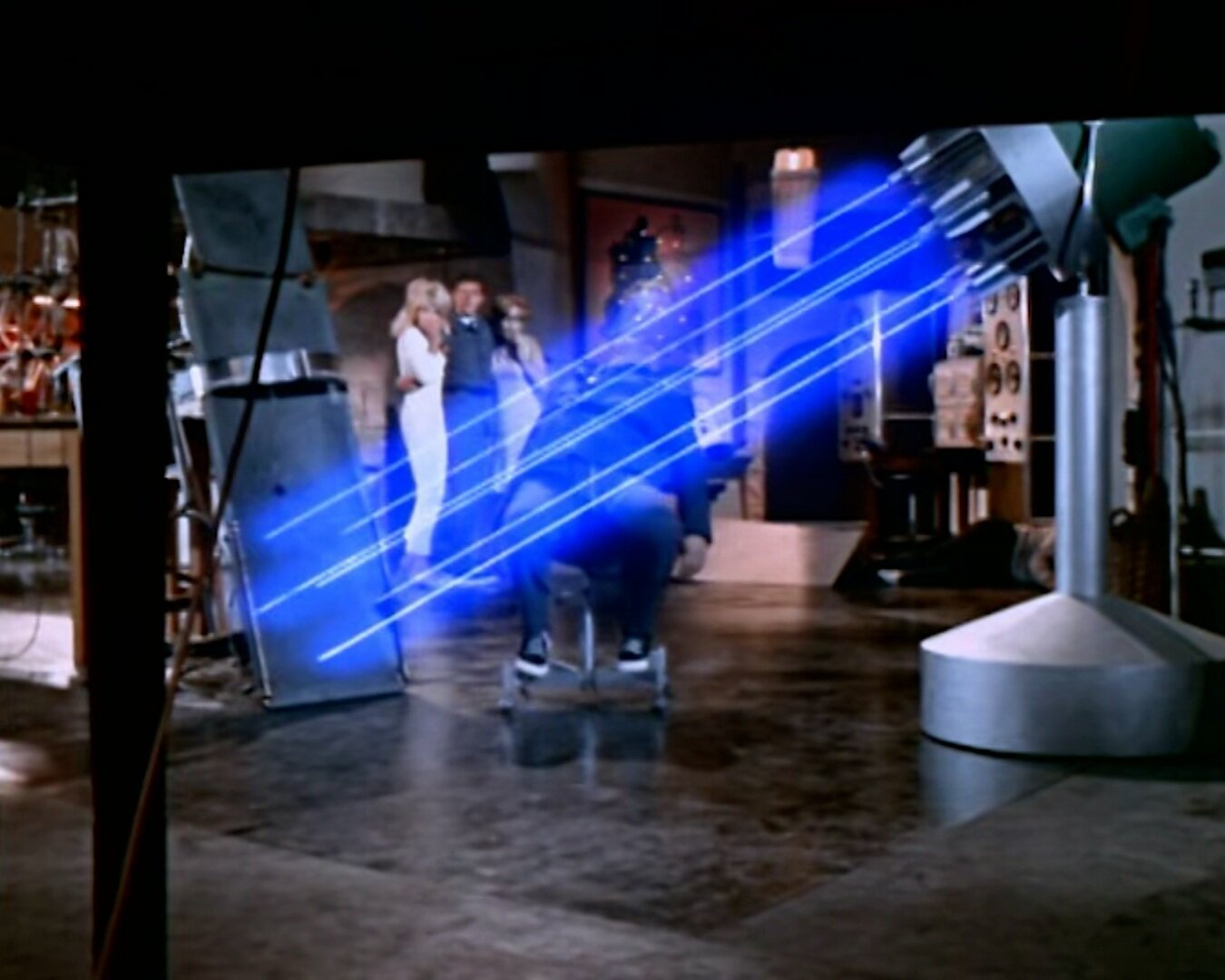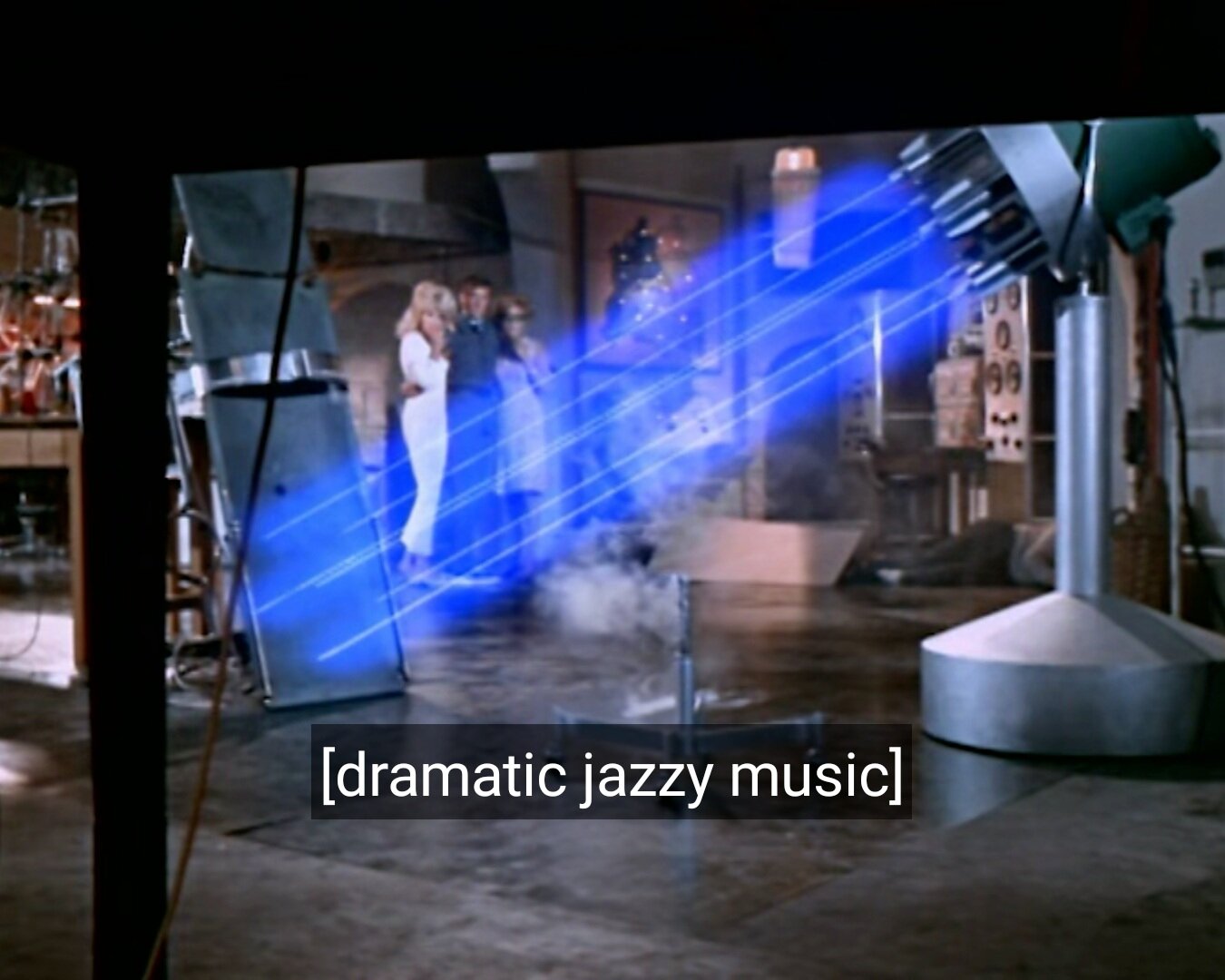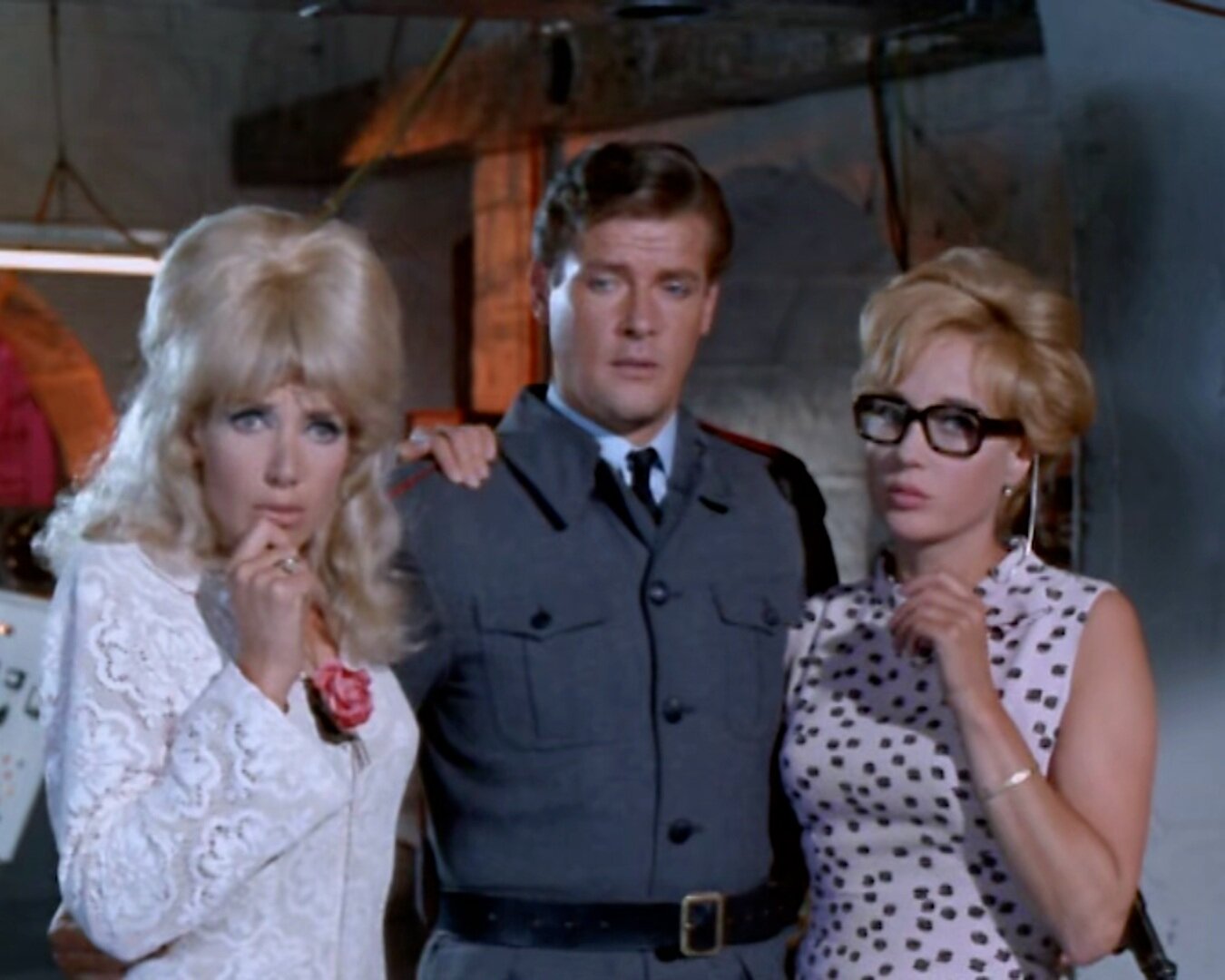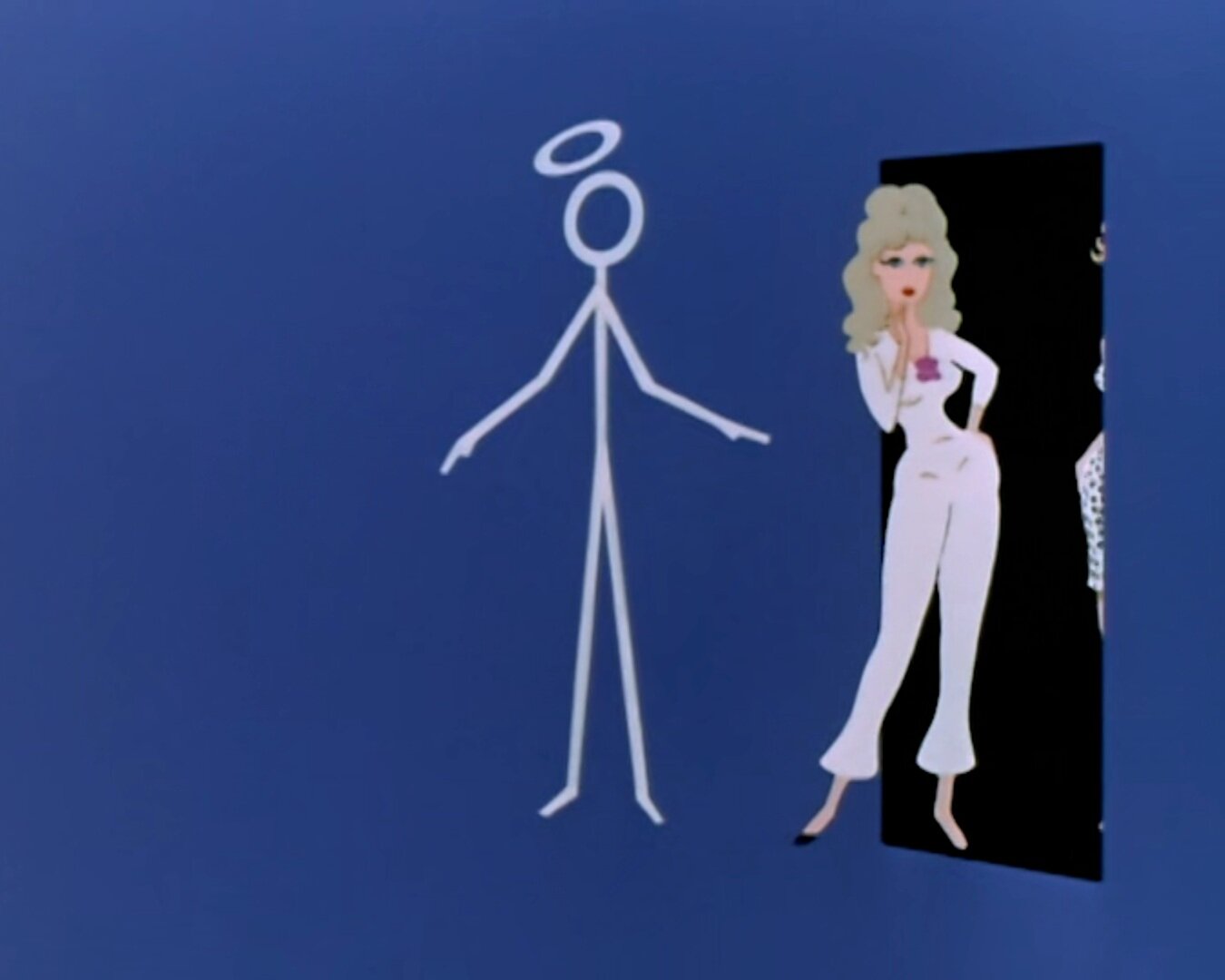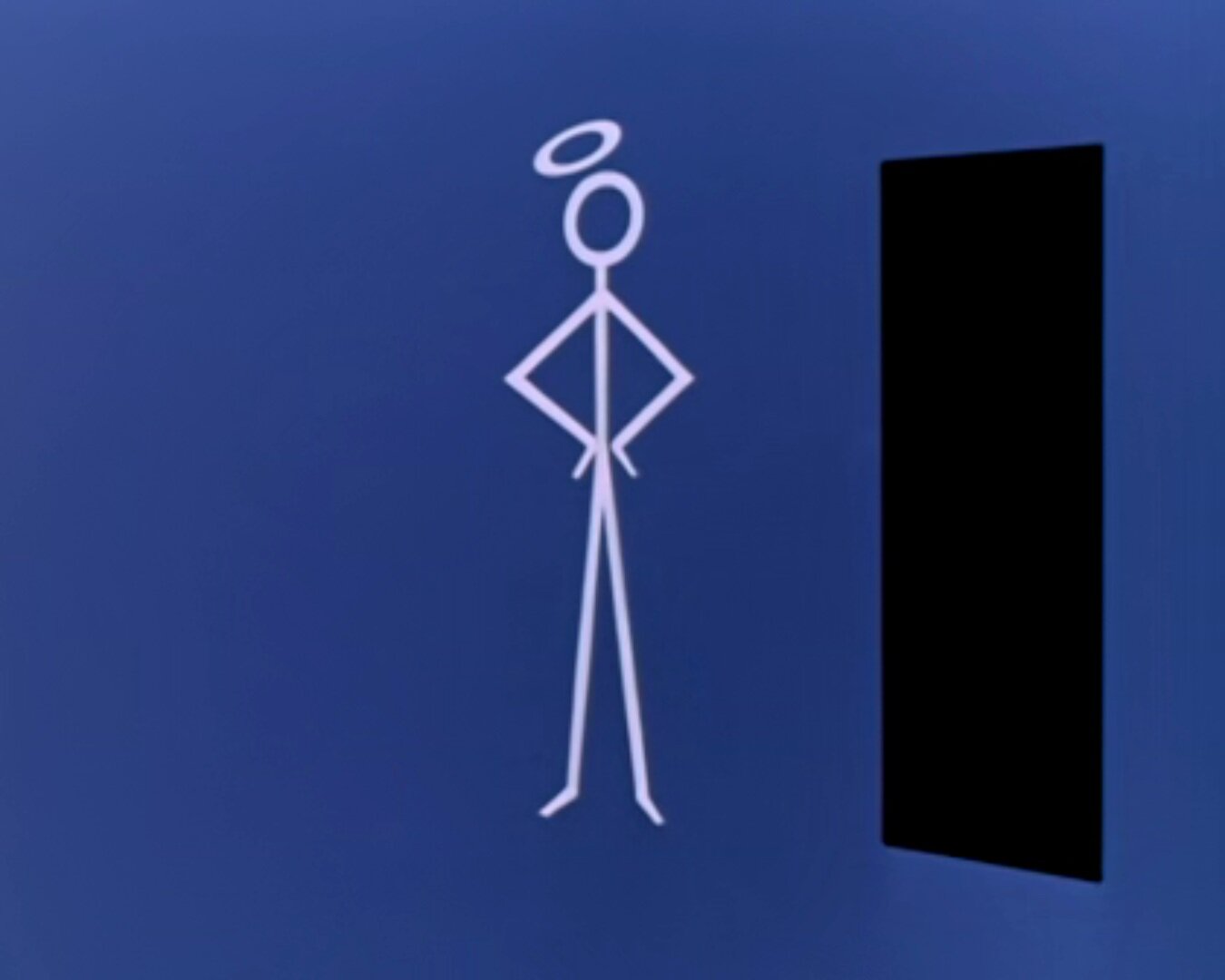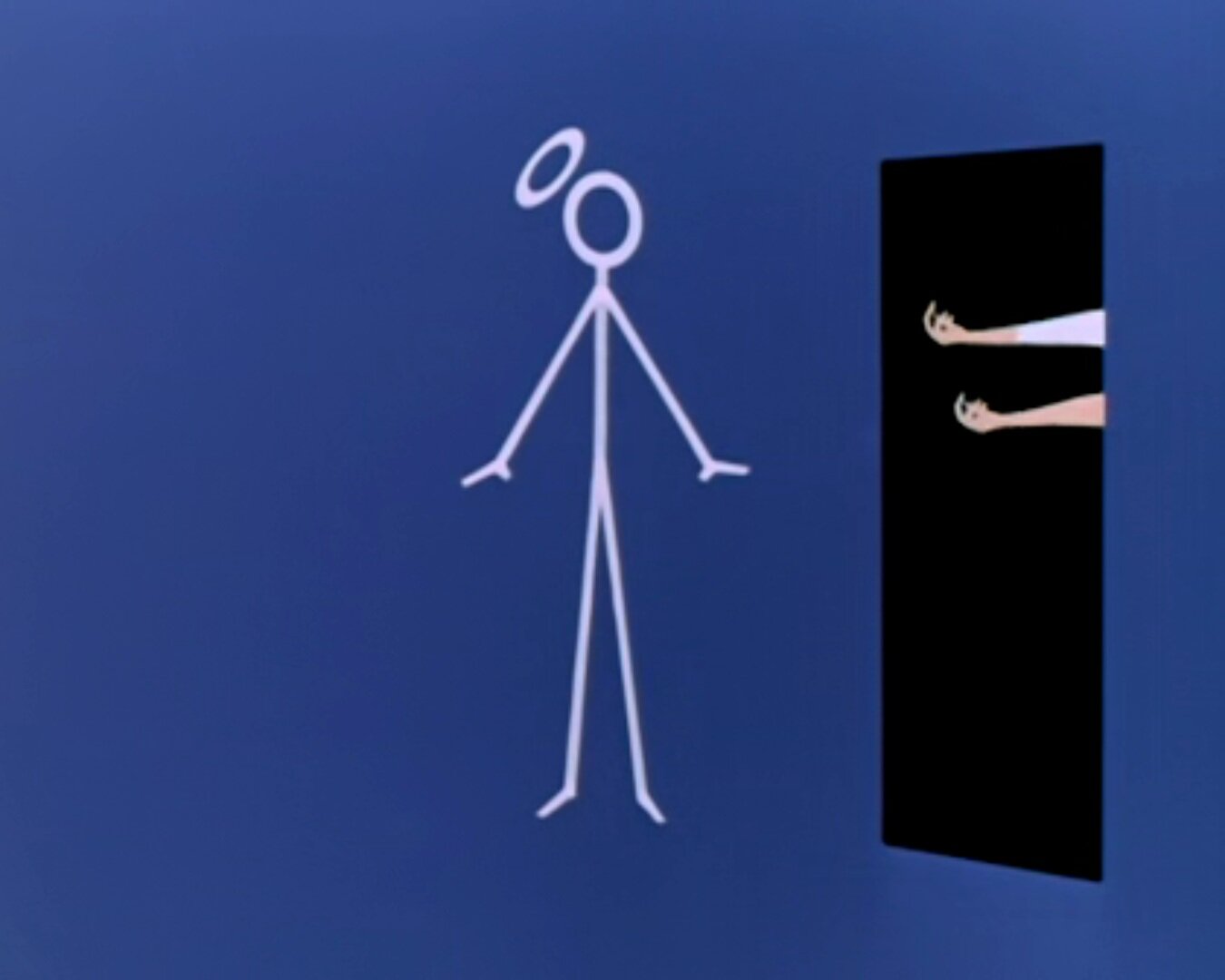The Year of Joan Hackett
I love Joan Hackett. She was a singular actor. I embarked on the Year of Joan Hackett in a bid to complete her filmography.
I love Joan Hackett. She was a singular actor. Onscreen, she had the best and the biggest energy. She was sweet and savory. She was inimitable. She had an instantly recognizable voice and the hair of a turn of the century Gibson Girl. She could make you cackle with laughter or break your heart into tiny splinters. She was explosive and tender. She was overwhelming and gentle. Like the best of our immortalized actors, watching her onscreen is like spending time with a dear old friend.
In January, I was watching her in The Last of Sheila (1973) for the first time (I know! I know! A film made entirely for me that I somehow had not seen age fifteen late on a Friday night with a library DVD). I was thinking about how much I adore her work, and how much I actually hadn’t seen of her short career.
I embarked on the Year of Joan Hackett in a bid to complete her filmography. This is something I successfully did in 2023 with Sandra Dee (and never got around to writing about, naturally), and attempted and failed in 2024 with Audrey Hepburn (so close; I will circle back around to the Lady Hepburn). I am using Letterboxd’s version of her filmography (via TMDb) as it limits her work to feature films and television movies: 31 titles versus the 69 credits on IMDb (this still leaves me so many delicious 1960s and 1970s TV episodes to enjoy at my leisure).
The dark winter months were very successful and I watched many new-to-me Hacketts. I have admittedly fallen off since the summer, but, as the days grow shorter, my appetite for spending time inside laying about on my couch increases.
I have decided to chronicle My Year of Joan Hackett here, and update until I am completed. I have been keeping a ranking of Joan Hackett, and I must say that is purely based on some indescribable Hackettness that I am personally determining and nothing else. Does the film give me the hit of Hackett that I crave? Does Joan get to say or do something wild or chaotic or emotively tender? Is she brittle or is she full of life? The Hackett variations are myriad.
Joan Hackett Filmography
Joan Hackett Ranked
Support Your Local Sheriff! (1969)









Joan Hackett as Prudy Perkins was foundational for me, and I still love to rewatch. I never grow tired of her weirdo performance. All awkward limbs and deep, abiding rage. When she yells, “Death to all tyrants!” and tries to chain herself to a support beam at the city council meeting and they all respond like she has done this many times—perfection! Her chemistry with James Garner is so unbearably generous and fun.
2. Five Desperate Women (1971)




I first watched this eight years ago, and I was obsessed. Truly the stuff the TV movie dreams are made of. A perfect cast from top to bottom, but Joan Hackett still stands out as she spends her entire run-time lying profusely to everyone around her while wearing all manner of elegant fashion before breaking down and admitting she has a TV in every room playing constantly so she won't be reminded she's ALONEEEEE. There is nothing better than Joan Hackett amidst a group of women. You can watch on YouTube here.
3. The Last of Sheila (1973)





As mentioned above, this was a 2025 new-to-me film, and it quickly jumped into the top echelon of Hackettness. She is so good and vulnerable and brittle but with a very sharp edge. She plays everything just right. SPOILER IN WHITE TEXT (HIGHLIGHT TO VIEW): Based on her performance, I genuinely thought that she was one who belonged to the “You are a Homosexual” card, and that she was having an affair with Raquel Welch. THE SIGNS WERE ALL THERE (IN MY HEAD LOL). END SPOILER.
4. The Young Country (1970)




Okay, so this isn’t very good (and was remarkably hard to find to watch), but I do love visiting the wacky mind of Roy Huggins. The unfortunate thing is that he was always trying to make Roger Davis happen as one of his charming rapscallions, and well the man was full of menace onscreen! (He played the only man that Kid Curry ever killed!) He is somehow the lead here instead of Pete Duel who plays a supporting role (this all got sorted out when Alias Smith and Jones premiered the next year). None of this touches Joan Hackett though with her signature hair poof and the driest, smirkiest delivery. Perfection. I have probably ranked it too high, but it’s just such potent synthesized Hackettness. Joan Hackett + Pete Duel is also the smoothest delight. They have wonderful chemistry and their scenes together are the best in the movie. (I have also cheated here and added a photo to the slideshow from her guest appearance on Alias Smith and Jones, because she is just a perfect third with boys).
5. Reflections of Murder (1974)









The girlfriends are plotting murder on an unnamed island off of Seattle, and we are having a great time! Joan Hackett was the queen of full-bodied vulnerability, and she ably portrays a journey into hysteria. I loved her chemistry with Tuesday Weld. And, here, she also demonstrates her skill with acting alongside children. She always has a true sweetness and gentleness in that regard. Watch on YouTube here.
6. Rebecca (1962)


A truly short (sub-hour) live television adaptation of Rebecca (notably adapting the 1940 film, and not the novel), but oh my, she is so good as the Second Mrs. de Winter. I would have loved her in a full adaptation. She has that exact right combination of nervousness and steeliness and freshness. This one is somewhat of a rarity and I had to rent on VHS from my local video store.
7. The Other Man (1970)



Isolated house on the rainy northern Pacific Coast! Melodrama! Joan Hackett doing her greatest hits! This is a really strong Hackett performance. The edgy vulnerability. The gentleness that can explode when provoked by cruelty. The fight between staying safe (internalizing emotions) and being authentic (emotions out loud). She is the star here, and works well with Roy Thinnes.
8. The Group (1966)





A wonderful cast of women makes up the group, and there is not an underwhelming performance in the bunch. However, obviously, I am Hackett-biased, and I think she brings a very lovely and very Hackett brittleness here. She stands out even among all the great actors around her. She also just looks so good in a 1930s haircut and dress.
9. Mourning Becomes Electra (1978)

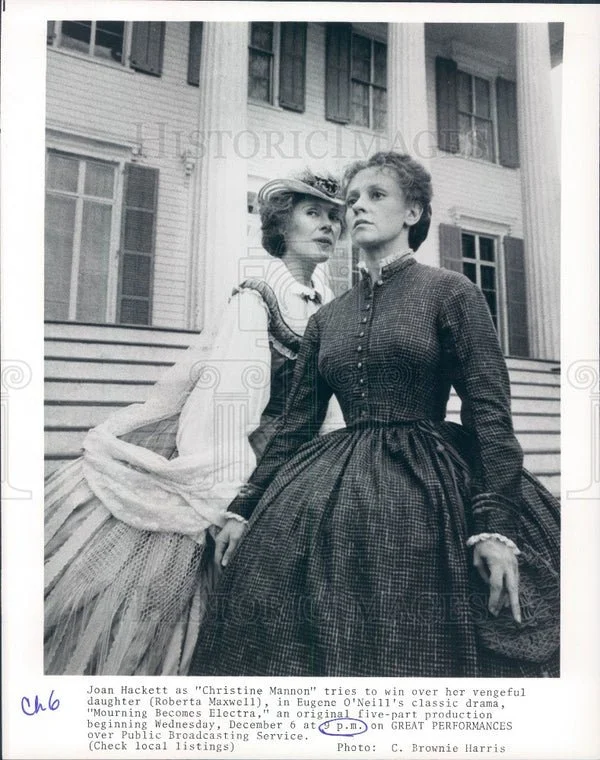

Rotten children!
I suppose one must blame the rotten parents!
But, oh the delicacy that Joan Hackett unspools in her portrayal of Mother Mannon! She gave such depth of pain and quiet suffering. You could feel when Christine felt out-of-control. I was rooting for her.
One murder would have actually been great for the Mannons. A good foundation for everyone to grow from.
But rotten children!
10. Assignment to Kill (1968)




Joan Hackett so cute and charming in this! I love her flippy hair and slacks and ties. I love her eye rolling and quipping. Alas, however, she is not the lead of the film, so we do not get to spend every minute of screentime with her present. It would have been a better film if that was the case. When her character departs the film, so does all my interest. This is a really fun role to see her in, and I will pretend she left that boring man and safely continued her quipping in slacks and ties for the rest of her days.
11. Will Penny (1967)


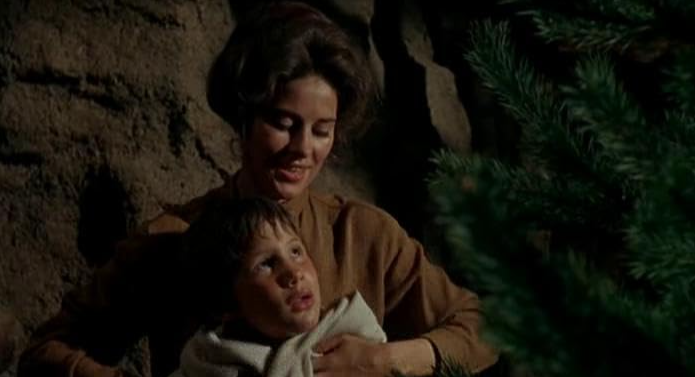


The final Hackett in my year of Joan Hackett, viewed on December 31st. It was an apt final film as it contains so many elements of Hackett Greatness. She is warm, tender, outspoken. She has great hair. She brings out the best in the child performer playing her son. She is so very loveable.
Here, she is even manages to humanize Charlton Heston, which was shocking to me personally. She also shifts with ease to blend with the chaos when Donald Pleasence and sons (Bruce Dern!!!) descend upon the film.
12. Only When I Laugh (1981)



I am simple and I love watching charismatic actresses spout Neil Simon dialogue. Joan Hackett's only Oscar nomination. She should have won. She really is playing a perfectly distilled version of a Joan Hackett character. She’s strong and falling apart at the same time, and so wonderfully loveable.
13. How Awful About Alan (1970)






It would have been entirely easy for this film to have cast Julie Harris and Anthony Perkins as sensitive, awkward freak siblings and called it a day (I would have still watched that film) without bothering to cast anybody good in the role of the patient and supportive fiancé. Thankfully, they cast Joan Hackett. She's darling here, and does some of her inimitable work managing to imbue goodness with such shape and substance. (A true Pisces, I suppose.)
14. The Possessed (1977)





Don’t ask me any questions, but yes, I would love to go to Joan Hackett's School for Girls! This is the absolute pinnacle of Joan Hackett stressed-out acting—she reaches spontaneous combustion levels of work-based anxiety (whom among us cannot relate). This is a performance that really shows how she can hit every big and small beat so perfectly.
15. The Terminal Man (1974)





Joan Hackett such a competent presence, and although there were some attempts at weighty philosophizing in this film, I was--shallowly--mostly obsessed with her pristine monochrome outfits and perfectly styled short hair. (Slicked back shower look was truly a dream.)
16. The Treasure of Matecumbe (1976)





A deeply questionable film that cannot be recommended. Joan Hackett does however have poofy hair, a wild accent, a job running scams, and a gentle aunt energy with the child leads.
17. Dead of Night (1977)




TERRIFYING. I am not equipped for this kind of imagery. Oh, she is so good here as a mother who is losing her mind with grief and maybe also whoops summoning demons? Many actors talk about how it can be hard to act opposite children, but Joan Hackett worked with children many times and always has such a perfect energy match to them.
18. Pleasure Cove (1979)






A nothing of a TV movie, but she is so delightful as one-half of a pair of battling exes who show up at the same resort. She is a professor leading along a young dummy of a boyfriend, and generally being her caustic best. She is simply too much fun and I love her big hair and track suit.
19. The Escape Artist (1982)




I find it singularly painful to watch films starring the O'Neal children. Vulnerable children with no advocate; no safe adult. This one has a distinct sadness as Griffin O'Neal's character spends the film trying to cope with the enigma of his father's death and the confusion and grief of that loss. However, Joan Hackett knows how to work with children, and she is really lovely here in one of the final roles. Her interactions with Griffin sing with such a gentleness and genuine sweetness.
20. The Long Summer of George Adams (1982)




A Joan Hackett + James Garner reunion! Their chemistry so exactly right thirteen years after Support Your Local Sheriff! This was one of Hackett's final performances, and her energy is the heartbeat to this story. (I do not forgive Garner’s character for his betrayal though!)
21. Paper Dolls (1982)






A Joan Hackett v. Joan Collins Joan-Off! A small supporting performance from Hackett, but she is fun as a demanding stage-mom of her teen model daughter. She is all business with a slicked back pony.
22. The Long Days of Summer (1980)

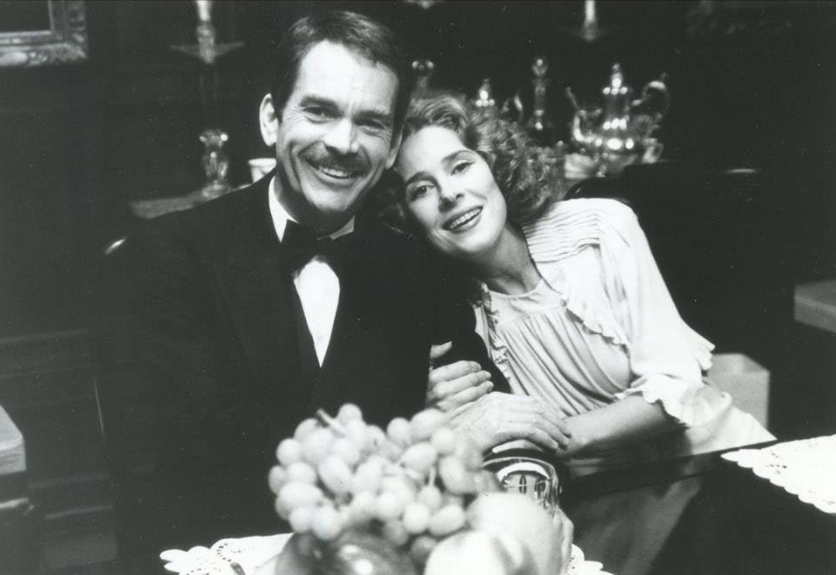

Joan Hackett is strictly playing Mom. But she really is so good, and I have come to realize over this year of Hackett that she works exceptionally well with children!
23. One Trick Pony (1980)


Joan Hackett is a minor character in this film, so she does not have much to do. She does get to appear wise and wry and also looks great as a sleek blonde. She is the smartest one in the movie and I would have loved to watch her movie.
24. The American Woman: Portraits of Courage (1976)



When I say Joan Hackett completism, I mean COMPLETISM. This is a fascinating artifact of 1976. She plays Belva Lockwood, lawyer/politician, for one scene recounting a story about defending a woman in court against her husband. Not a lot to say here, but I do think that Joan Hackett always looks incredible with poofy late 1800s hair and she does have such gravitas. A natural pick for the role.
25. Class of ‘63 (1973)


A TV movie with so many unfulfilled plot-lines, I wondered if the version I saw was edited? Anyway, my only feeling after watching it was: Joan Hackett, a queen! Leave both that short loser and that tall loser behind. Live your life!
26. Mackintosh and T.J. (1975)
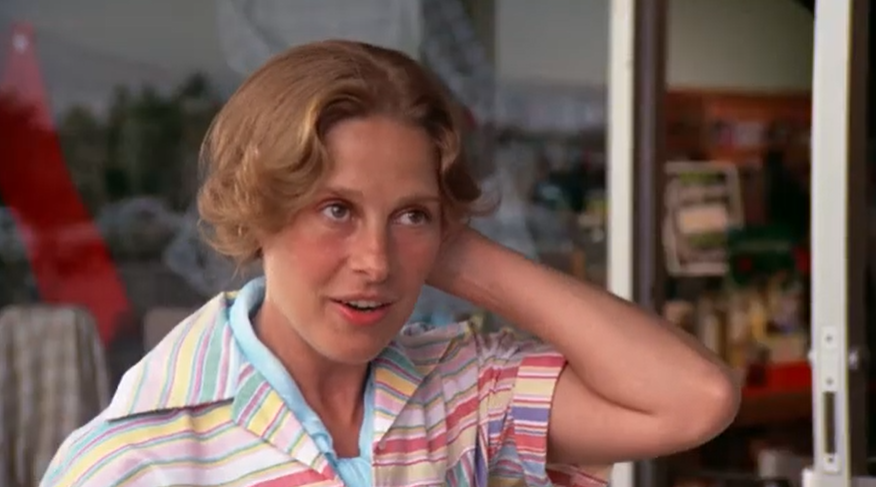

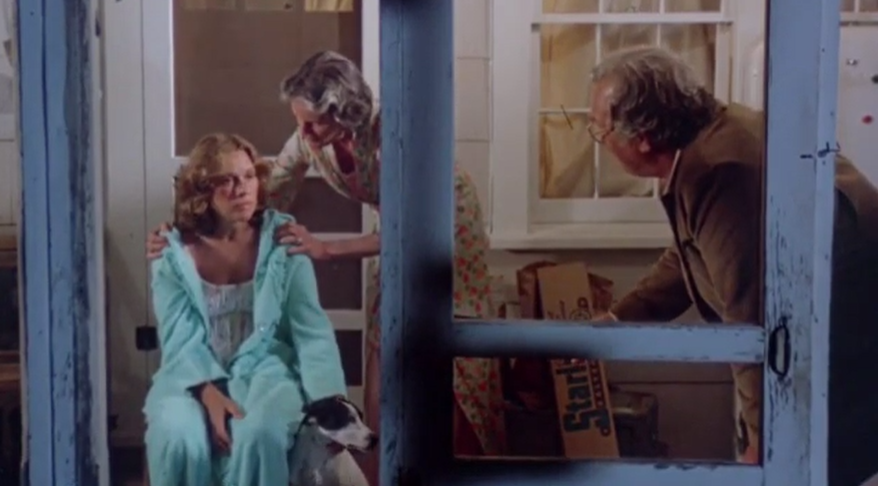
This film is bleak as hell. Joan Hackett typically wonderful in a limited role. She plays vulnerability with such warmth and clarity.
27. Stonestreet: Who Killed the Centerfold Model? (1977)




One thing that simply was not utilized enough in Joan Hackett’s career was casting her as a villain. She really is fun here as a sinister lady with giant glasses doing evil business things from behind a phone. Watch on YouTube here.
28. Flicks (1983)






I believe this was her final released performance. Her parody vignette as a spaceship commander ala Star Trek is somewhat painfully unfunny, but not her. She is just a delight. Imagine the dream of her playing this role in a serious production.
29. Mr. Mike’s Mondo Video (1979)
Watched for Joan Hackett and she has a 5 second voice-only cameo 30 min in. *sigh*
I tapped out after that.
Unranked: Rivals (1972)
Started, but did not finish when I realized it was not a film I wanted to see. My friend Hannah Lynch explains the film in detail here. Films can be made about exploitation of children without exploiting child actors, but that does not appear to be the case with this film.
Joan Hackett in Progress
Lights Out (1972)*
*Turns out this is a lost film. Every mention I can find online from people who have seen it watched its original airing and have never forgotten how scared it made them. Seems like the only way to see it is in-person at Paley Media, so just let me add that to my list.
Playlist of Films Available on YouTube:
-Meg
MasterClass: Tyrone Power Teaches Chemistry
Today, we are learning from Tyrone Power and the totally unmanageable, all-encompassing chemistry he shared with every person he ever performed opposite. The man was an unbroken eye contact menace, a genuine magnetic force, and honestly, we are just lucky he never dabbled in cult leadership (in real life).
Hello students and colleagues, time to gather your notebooks, pencils, laptops, or maybe just your tablets that you’re pretending to take notes on but actually doing endless jigsaw puzzles on a random app instead. Anyway, if your first question is whether this header image is the worst meme I have ever made--the answer is no. I have made much worse.
Today, we are learning from Tyrone Power and the totally unmanageable, all-encompassing chemistry he shared with every person he ever performed opposite. The man was an unbroken eye contact menace, a genuine magnetic force, and honestly, we are just lucky he never dabbled in cult leadership (in real life).
Tyrone Power (or Ty-Ty as his friends called him, and by “his friends” I exclusively mean myself) is obviously a well-known classic Hollywood figure, and I suppose it could be disingenuous to call him underrated. However, as in his life, there remains a dismissive tendency to reduce him to a pretty face. That v. pretty face turned skill to happenstance and effort to chance. That pretty face combined with his obvious ease around women and his willingness to cry great big splashing tears on screen made him just a touch too adjacent to femininity for critical respect. How can this be trusted?
Alas for his critics, he was astonishingly popular and his films made bank, so his work had to be acknowledged and explained, and it was: pretty face; charming presence; likable boy. The blight of every beautiful actor to exist as an image--their levels left unexamined. BUT NOT ON MY WATCH! NO MORE, TY-BOY!
So, while I can (and will--with no notice and when you least expect it) opine with fervor on the Mariana Trench-depths of Tyrone Power’s work and efforts, today is for a narrower subject: chemistry. Chemistry is that effusive something that cannot be compelled. It usually satisfies most when the pair or group onscreen are equal nurturers to the dynamic--but, sometimes, one person just does more; creates more; is more. They do not need to grasp or struggle toward the effusive something, because they are the effusive something. That’s Tyrone Power. That’s behind the continuing durability of his presence and performing persona.
Ty had chemistry with everyone--EVERYONE. His ability to match his co-stars’ particular energies and idiosyncrasies becomes apparent in the fluid way his characters live on film. In The Mark of Zorro (1940, dir. Rouben Mamoulian), the way he interacts with Linda Darnell is very different from his interactions with Basil Rathbone, and yet again different from his interactions with Gale Sondergaard and others in the film. He shifts and modulates himself in an instant to fit with the person with whom he is sharing time and space.
With Linda Darnell (a repeat co-star), he is open and expressive, and there is a sweetness and playfulness present.
With Basil Rathbone, he comes to command and to posture--and theirs is the most flirtatious relationship in the film.
Ty -That’s a good effort, Capitán!
BR -The next will be better, my fancy clown.
Ty -The Capitán's blade is not so firm?
BR -Still firm enough to run you through!
Of course, there has been speculation about Tyrone Power's personal life and sexuality for many years, but as he did not leave behind a stated historical record, I am basing it on his own screen persona when I say that Ty Power is the ultimate old movie bi. He invented being a bicon. Let the record show! ("My fancy clown" is a great nickname to tell your crush that you care, okay.)
Power always focused so entirely on his co-stars, and because they have his full attention, they also have the audience’s full attention. The attentiveness usually manifests in eye contact. He loved long stretches of unbroken, sometimes unendurable eye contact. It acts as caress, a threat, a question, a promise--sometimes all of these at once, as seen in his scenes with Orson Welles in Prince of Foxes (1949, dir. Henry King). While Welles often liked to verbally and physically dominate in his acting, Power always dominated scenes in subtler ways. Opposite each other, they are shocking. Ty lets Orson physically control the scene, yet retains influence over the interaction anyway. He is too fluid and quick to be pushed over.
Neither was Power interested in pushing over anyone else either. I think about moments like this scene in Jesse James (1939, dir. Henry King). Ostensibly the scene is focused on Ty’s Jesse in conversation with Henry Hull’s loud, blustering Cobb. But, for emotional weight, the film actually needs the audience to focus on Nancy Kelly’s quiet, but vital Zee. Although Hull is stating important information to the plot, Ty physically moves his focus and eyes to Nancy Kelly. The audience’s attention follows too. What we lose by ignoring exposition, we gain in understanding the emotional motivations of the characters--Zee, in particular.
Tyrone Power’s acting choices were often subtle, but his characters mostly were not. In his pre-war films, he is buoyant and effervescent; all movement and flailing limbs and--in the 1930s especially--occasionally a high-pitched squeak. In Love is News (1937, dir. Tay Garnett) opposite Loretta Young, he floats. When he starred in the film’s post-war remake That Wonderful Urge (1948, dir. Robert B. Sinclair) opposite Gene Tierney, he is grounded. The post-war Ty Power is more contained. Gene Tierney is his perfect co-star. When it comes to silent staring contests, no one matched him like she did. Solemn eyes and deep feelings.
in The Razor's Edge (1946, dir. Edmund Goulding)
But, when they perform joy, it brings joy. And That Wonderful Urge is a glorious bit of let chaos reign we’re going to live and die on this chemistry filmmaking.
Tyrone Power had such a charismatic and fun presence, one is forgiven for not noting that he mostly played an alarming number of characters with charming, yet societally destructive tendencies. A whole spectrum of “hmmm, well this is troubling, but I guess we’re letting him get away with it. Good for him maybe?” If you have never seen The Black Swan (1942, dir. Henry King), I truly could not properly prepare you for the level of ethically horrifying moments present. Truly unjustifiable. He scampers around with perfect ease, however: flirting with absolutely everyone and letting George Sanders call him “the prettiest thing I’ve ever seen.” The dynamics of his relationship with Maureen O’Hara is a clear-cut nightmare, but they dubiously pull it off through sheer force of will (from her) and unbroken eye contact (from him).
Perhaps the pinnacle lesson in chemistry comes from two of Ty’s darker films: his final film, Witness for the Prosecution (1957, dir. Billy Wilder), and his favorite role, Nightmare Alley (1947, dir. Edmund Goulding). In these, he not only has precision chemistry with each one of his costars--modulating his performance to their energies in every moment--but he also plays his ultimate trick on the audience. Playing a slippery wronged man in Witness for the Prosecution and a scheming quasi-spiritual leader con artist in Nightmare Alley, he looks out of the screen and manipulates us! He knows exactly what to do to draw us in--look into his eyes closer, closer, closer--until we’re locked in, believing it all, following him anywhere. It’s Ty Power’s world, and we’re just lucky he never started a cult.
Additional notes:
Every time I wrote “Chemistry” in this post, please know that I out loud replied, “Yeah chemistry!” like I was in Guys and Dolls, and it took maximum restraint not to type it out like that.
Ty-Ty even had sustained eye contact with my cinematic nemesis Randolph Scott, and that is honestly hurtful to me.
originally published on The Classic Film Collective on 07/08/2021.
-Meg
The Sinister Fun of Bradford Dillman
“By my reckoning, in over four decades I’ve been personally responsible for the demise of well over a thousand people. Heck, at Jonestown alone my Kool-Aid took out over nine hundred, and I’ve blown up the Queen Mary twice. Heroes are heroes. They pay the single greatest price of celebrity, the loss of privacy. This explains the army of bodyguards employed by some to keep the adoring multitudes at bay. Villains don’t have these problems. Me, I’ve never been bothered in a bar or boite. People can’t be sure I’m not carrying a knife or a gun.”
It is April, the sun is shining, and life is returning to some of our weary bones after what can only be described as a long, harsh winter of total discontent. In short, it’s Aries season, friends; and there is no better time to talk about charismatic villainous virtuoso Bradford Dillman (who would have turned 91 this April 14th). Bradford Dillman was an omnipresent actor in Hollywood for decades with a range that took him from The Actors Studio--debuting on stage with James Dean--and originating the role of Edmund Tyrone in the Broadway production of Long Day’s Journey Into Night to creature-feature horror and endless guest-starring roles attempting to kill the heroes in seemingly every 1960s and 1970s television program. He also kissed an ape in Escape From the Planet of the Apes.
Bradford Dillman is an heir to Peter Lorre and predecessor to Michael Shannon in the spectrum of actors giving us high-caliber sinister charm all mixed up with genuine emotional connection. He had the best evil smile in the business: a bent, slightly twisted smile that promised chaos--or at the very least some premeditated malice. His presence filled up all the empty spaces in every medium he appeared. A particular maximalist specialty of Dillman’s was the extended close-up on his face as it moved through dichotomous emotions--joy to rage; sadness to glee. He was acutely aware of movement in his face and body, but at the same time seemed to understand that he was supposed to provide an experience that was not quite human, more like human+. Why go out quietly, when you can go out screaming, howling, and/or cackling?
One of his early film roles was in Compulsion (1959), dir. Richard Fleischer, a fictionalized retelling of the Leopold and Loeb murder and trial. He played Artie Strauss (Loeb), a petulant 18-year-old rich boy who has never experienced a single consequence in his life and is convinced of his own superior intellect. He is as terrifying as he is charming, and his dominance over his (boy)friend as played by Dean Stockwell is the kind of performance that does not let you look away from it. Certainly not when he can be found carrying on an entire sinister conversation with a teddy bear. He shared the award for Best Actor at Cannes with co-stars Stockwell and Orson Welles (but not the teddy bear, which was a total snub). Compulsion is a film which is at times ethically dubious (for one, the murdered child is given almost zero consideration), but is at all times a work of performer-first filmmaking that builds a tremendous amount of tension, lets its actors run wild, and also contains a classic Welles’ fake nose (and fake eyebags?).
Dillman began as a method actor in important productions™, but since he and his wife Suzy Parker (supermodel; inspiration for Audrey in Funny Face) had a large family together, after she retired, he pivoted to being what he called a “Safeway actor”--anything to put food on the table. This is where he really shines: leaving a legacy of untrustworthy characters with intoxicating charm in every possible kind of film or television production. He was the man to go to for southern gothic werewolves or cult leaders or egotistical supervillains, and also sad dads or sweet dates-of-the-week for Mary Richards, or if you needed someone to play the nephew getting murdered by Uncle Ray Milland in an episode of Columbo. (My kingdom, my kingdom for an episode of Columbo with Bradford Dillman playing the murderer! Come on, Robert Culp and Jack Cassidy--stop being so greedy!)
One such unassuming production that got injected with Dillman was Jigsaw (1968), dir. James Goldstone. Jigsaw is a drug-trip murder mystery of uncommon chaos. (One wonders if even the film stock itself was laced with LSD?) It is also total fun, and perhaps even the platonic ideal of a sinister fun Bradford Dillman performance. He plays a repressed, emotionless scientist who wakes up with amnesia, blood on his hands, and in a room with a dead body. Suffice to say, the plot does later require him to trip on acid for ten minutes so he can remember (that’s how it works). The film was shot as a TV movie, but the content was too hot, so it got a theatrical release instead. Bradford Dillman has a great time, and the film plays up his unmatched ability to depict mania. Aside from the unfortunate use of a gruesome murder of a woman as essentially a plot mcguffin, this film offers perfect 1968 colorful+chaotic vibes.
That same year saw a theatrical release of another American television production with The Helicopter Spies (1968), dir. Boris Sagal, a two-part episode of Man From U.N.C.L.E. edited together as a single film for an international theatrical release. It contains an astonishingly fun performance from Dillman as the leader of a cult called The Third Way. Everyone in the cult (aside from him) is forced to dye their hair white blonde to match The High Priestess, while he wears an entirely white outfit (suit, shirt, shoes). Cult members greet each other by saying, “Keep the faith!” while offering a thumbs up. Naturally, he has plans to take over the world, charms absolutely everyone into believing him (including our two heroes), and goes on scamming. Because it is Dillman, we are never quite sure whether he is maliciously scamming for power and using the cult as a means; or whether he is maliciously scamming for power while actually believing in the cult. Delicious!
It is that level of morally unstable character (to borrow a line from The Naked Spur) that makes even supporting performances in films like Five Desperate Women (1971), dir. Ted Post, so much fun. The titular women are Joan Hackett, Stefanie Powers, Anjanette Comer, Denise Nicholas, and Julie Sommars. They are college BFFS reuniting on a private island cabin after five years--and they are a "mess" (some of them don’t even have husbands or babies yikes!). The chemistry between the women is genuinely perfect, and is a great intersection of heartfelt and camp. What we know, but the women do not, is that a murderous man is currently loose in the area. Naturally, our suspicion falls on Bradford Dillman as the boat captain who ferries them over to the island. He is a real weirdo and alienates them all almost immediately by explaining nutrition and how they clearly do not understand health like he understands it. Bradford Dillman keeps us dancing the whole time on the power of his sinister reputation alone.
This reputation for crafting exceptionally twisted...but fun characters (imagine I am saying that in a Sullivan’s Travels-like “with a little sex in it” cadence) kept him employed for decades. One of his final films was the Roger Corman-produced Lords of the Deep (1989), dir. Mary Ann Fisher. Honestly, this film is weird and freaky--and worth it for the wild camera work and special effects alone. It opens with a title card letting us know the year is 2020, and “Man has used up and destroyed most of Earth’s resources.” *gulp* Bradford Dillman is the good company man who commands a huge corporation’s experimental underwater habitat. He is a sinister capitalist who will see everyone dead before losing a drop of profits. He slithers around saying things like, “Are you imPLYING that I would endanger the lives of MY crew?” and “We used to have a thing called an Ozone, Jack. Remember? ... You idiot.” It had been thirty years since Compulsion, and he had not lost an ounce of his ability to terrify and charm in equal measures.
These five films I have picked practically at random, and they do not even begin to touch on the levels of delight to be had in Bradford Dillman’s 40-year, 142-credit film and television career. (These five are all available on streaming, however. I would especially give a look toward searching these titles on YouTube, ahem.) You can choose any one of his 142 performances and find something to shock, awe, and/or entertain you.
And, he certainly did not always play the bad guy (not even in all of these five films), but just as his villainy was multifaceted--his goodness was complicated. Suspicious, dark, twisted and bent like his famous smile. The man knew how to show us a good time.
originally published on The Classic Film Collective on 04/05/2021.
-Meg
An Ode to Sandra Dee
Let me paint a picture for you: It’s 2008, and I am 14-years-old, and newly attending a local homeschool co-op that meets every Monday in a church that’s forty minutes from my home. A homeschool co-op is an educational construct in which a bunch of homeschool moms (and it’s always moms) create their own insular school system and then teach the children of the other moms so that the art moms can just focus on art, the theology moms theology, the founding fathers moms the founding fathers, and the one mom who is really good at math tries to explain calculus to a bunch of teens who had taught themselves how to add and subtract and multiply and divide. There is no science mom.
This is as close to a classroom or school setting as I had ever been at the time, and I was delighted by the concept of school supplies at last (oh, how I had coveted those overflowing bins at Target), and naturally, immediately decorated my class folders with photos printed out at the public library. I had a James Dean folder, a Grace Kelly folder, an Audrey Hepburn folder, an Ingrid Bergman folder, and a Sandra Dee folder.
On that first Monday, the teacher-mom for the Sandra Dee folder class (it was something like American Citizenship 101) asked me who was on my folder. I said with enthusiasm, “It’s Sandra Dee!” This was a few months before I started my film blog, and I was eager for any outlet to talk. In a move that prepared me for every internet-splainer to come, teacher-mom responded, “No that isn’t Sandra Dee. Sandra Dee is a character in Grease. ‘Look at me, I’m Sandra Dee…’” (She did not finish the lyric, which clearly was a spectre from her heathen youth, as Grease was not co-op approved.) I was torn between knowing that adults should never be corrected, and also by knowing that, well, it was Sandra Dee on my folder. I went with a mumbled, “This is Sandra Dee, the actress.” Teacher-mom said, “No, you must be confused.”
And that was that. I saw no path to victory, but internal fuming, and going home and turning on my library’s DVD of Gidget (1959, dir. Paul Wendkos) that was on semi-permanent loan to me, and watching Sandra Dee prove all her doubters wrong.
Sandra Dee on-screen always proved her doubters wrong. And it was exactly what I needed. She remains one of my favorite people to return to on film: a friendly cinema companion. Her presence carries a quality, a tangibility, a gravitas that has never been allowed to be attached to her name by critics or public opinion. Lucky then that Sandra Dee did not need permission to be indelible.
She is unmistakable onscreen and entirely irreplaceable. The Gidget sequels are enough to tell you that. I mean, look, I am one of the bigger supporters of Gidget Goes Hawaiian, and yes, I did once tell Carl Reiner that Gidget Goes Hawaiian was a great film to which he responded, “No.” But, Deborah Walley as Gidget is just filling space. (And we do not talk about nor acknowledge Gidget Goes to Rome.)
Sandra Dee’s Gidget is alive, so fully alive. She is energy and enthusiasm and vulnerability and confusion and angst and elasticity. Her triumph in learning to surf feels like an earned triumph and the joy is palpable, and equally her scenes late in the film with Cliff Robertson’s predatory Big Kahuna are genuinely distressing because of her performance and her efforts. While Sandra Dee’s work is often tossed away as light-weight and sterile based on some historical collective false memory, her performance in Gidget should really be considered a direct predecessor to Elsie Fisher’s recent acclaimed work in Eighth Grade (2018). Sandra Dee gave us a realistic vulnerable yet determined teen girl who absolutely triumphs (with the loving support of her teen girl BFF) and teen girl me said, “You love to see it! Can you please ditch Moondoggie though? He is a drag.”
Sandra Dee’s known public image today and her original popularity was definitely predicated on her fulfilling some sort of white wholesome teen girl ideal for a 1950s American audience, but conversely her characters are boundary-crossing troublesome girls and young women. A defining characteristic across so many of her roles is a refusal to conform--in small ways and big.
In The Reluctant Debutante (1958, dir. Vincente Minnelli), only her second film, in the midst of swirling mania, she is the cool one--observing the hysteria with bemusement and maintaining her personal sense of self throughout. She assuredly partners with Kay Kendall and Angela Lansbury with a level of confidence that astounds. Her comic timing is already excellent here, and so is her ability to work ensemble. Her most perfect ensemble obviously being Come September (1961, dir. Robert Mulligan), a film that is surely one of the reasons cinema exists as a visual art medium. Sandra Dee and her tangibility are vital. With all due respect to the blonde youth actresses of the 1960s (I love many of them), how many of them would have the precise energy to match so comfortably on-scene with peak powers Gina Lollobrigida and Rock Hudson? There is a scene in which she psychoanalyzes Hudson that is masterfully funny. Her scenes with Bobby Darin are equal parts tentative and confident; sweet and confused. And with Gina Lollobrigida, she is sincere and kind with immediate rapport. There is no danger of fading into one-half of the obligatory forgettable youth B-couple of the movie--even in the presence of the dazzling Lollobrigida and Hudson.
The other two films in the Sandra Dee-Bobby Darin trilogy are also particular fun--with outlandish plots. In If A Man Answers (1962, dir. Henry Levin), she decides to change Darin’s behaviour with a dog training manual, and in That Funny Feeling (1965, dir. Richard Thorpe) via some classic mistaken identity she convinces him his apartment is actually her apartment. She is the firm center, sweetly spinning Darin and the rest of the film around in circles of befuddlement while she decides what she wants and when.
This aura of self-autonomy made Sandra Dee one of my figures of aspiration as a girl. In her characters, she lets the audience see the process of doubt and vulnerability while also making the decision. Her way of speaking is memorable: sometimes halting with clipped sentences and sometimes too many words spoken too quickly, but she really does always keep speaking.
Her openness onscreen is definitely why young me always preferred to rewatch her comedies rather than her melodramas--the vulnerability was too real. I have a very vivid memory of watching A Summer Place (1959, dir. Delmer Daves) as a 12-year-old hoping it would be another Gidget and my dawning horror as the melodrama played out. Sandra Dee played yearning angst and vulnerability so acutely--it hurt me. I must confess I have never rewatched the film, and to this day, hearing that wistful theme tune is enough to re-traumatize me.
Sandra Dee played Lana Turner’s daughter twice, most famously in peak melodrama Imitation of Life (1959, dir. Douglas Sirk), and again in the seedy Portrait in Black (1960, dir. Michael Gordon). Dee and Turner match up perfectly, both so adept at playing girls and women grasping for self-autonomy and self-preservation in a world that has no intention of making it easy. I wonder if Sandra Dee’s career had continued past her 20s if she would have found herself in Lana Turner-like roles?
Instead her final film appearance came in 1970, at the age of 28, in The Dunwich Horror (dir. Daniel Haller). She plays opposite another former teen-actor-with-substance Dean Stockwell in a freaky tale of the occult and monsters that feels subtly template-like for many films that followed. Her soft vulnerability amidst the chaotic production stuns. In Sandra Dee’s hands, Nancy is not a stupid, gullible woman led easily into danger, but an open and empathetic woman trying to balance danger against desire: a navigation that is true in every day life even when your job and studies do not include the possibility of your body becoming a gateway vessel for demons.
Oh Sandra Dee, I wanted to compose an ode to you, but I do not have all the words I need.
Oh Sandra Dee, you’re not a pastiche of people’s false memories, a relic from a plastic era, or the line from a song-- instead, resolve and humor, humanity and kindness, and an absolute knowledge of the ridiculousness of life--it all showed up on screen and bolstered a girl who desperately needed to see another girl triumph. 💖
originally published on The Classic Film Collective on 09/05/2021.
-Meg
Deanna Durbin, my cinema ghost
December 4, 2021 was the 100th anniversary of Deanna Durbin’s birth. It is difficult for me to imagine the number 100 attached to Deanna Durbin. In my memory, she is always only just a little bit older than me, and always existing in the very same moment as I.
See, Deanna Durbin is my cinema ghost. Call it a parasocial phenomena, but she was a tangible presence in my childhood. A permanent fixture floating around the edges and spurring me to be just a little more indomitable.
The first film I ever truly remember the experience of watching was Three Smart Girls (1936). I was probably four or five. It was a library VHS and I distinctly remember where I was sitting on the floor watching it–absolutely transfixed by the sheer energy of Deanna Durbin. I was lost.
The closest library branch to my rural childhood home was about a thirty-minute drive away; and I cannot overstate how small this library is in square footage, yet on any given trip, you could find six or seven Deanna Durbin films on VHS. The spines all lined up next to each other with the titles and a signatory Deanna swirling making it clear. Other branches in the system had other titles and the librarians always helped me put them on hold.
I watched them all. I was a tiny little completist. I downloaded her presence into my life like it was a coding program from The Matrix. Her cinema persona was clever, resourceful, emotional, strong, a community-minded figure, usually working-class, a bit of an imp, and always holding the most secret ace in her back packet: her voice.
At some point, in every Deanna Durbin film, no one will listen to her pleas, all else will fail, she’s tried everything–and so she bursts into song. And, everyone is undone. And, everything falls into place.
That is glorious. That is an ephemeral sense of rightness that can be impossible in the world. So, we seek it out in the stories we make and the stories we drink up.
In my world, Deanna Durbin was the example and the ideal: build a loving community, wear fun clothes, talk as fast as you want, be chaotic and scheme a little bit, and when all else fails–start singing opera arias! My brothers can attest that the last one is not well-received without Deanna’s voice to match.
That never stopped me from playing a cassette of her greatest hits and loudly and defiantly singing along to the title song from Can’t Help Singing (1944). That film is a technicolor whirl that lives in my brain in its entirety.
Her entire filmography lives in my brain thus. Earlier this year, I watched Nice Girl? (1941) for the first time since I was a kid, and I was shocked to discover how much of it I remembered visually and even more how much I remembered who I was and what I was thinking and feeling when I used to watch it as a kid. How small and contained I felt, and how Deanna seemed to be on screen urging me to be open and large and unstoppable.
When I was ten, I got to stay up until midnight on New Year’s Eve for the first time ever. This event was shared with my childhood best friend, and we watched Lady on a Train (1945) for the first time and although she lives several states away from me now, we can still say to one another in passing, “It’s a pipe!” and know exactly what is meant.
When I was twelve, I finished my Deanna Durbin filmography at last by seeing Christmas Holiday (1944). I could not imagine anything more melancholy than her recording of “Spring Will Be a Little Late This Year.”
When I was fourteen, I mailed her a meandering letter of my adoration. I had written literally a dozen letters for years and never mailed them. I finally mailed this one–naturally without a self-addressed stamped envelope or anything for her to sign or anything. It felt too presumptuous. I just sent my letter off to France, and called it good. Not too many weeks later, I received this in return.
It felt entirely natural that my cinema guardian should know even fleetingly of my existence. I loved that it was a press still for His Butler’s Sister (1943), my favorite of her films. When she sings Puccini’s “Nessun dorma” as the finale and runs toward the camera as it dollys back–my heart stops every time. I remember playing it once while cleaning my apartment, and needing to stop the vacuum to weep. Human existence, amiright?
When I was nineteen, Deanna Durbin died, and I tried to write about her.
When I was twenty-four, I sat at a TCMFF screening of Three Smart Girls on 35mm, and when the film opened on her singing face, the audience erupted into applause, and I burst into tears.
I keep writing about crying over Deanna Durbin, which is horrible because she was genuinely one of the funniest performers working, and so utterly full of life. The grandiose energy is why she feels so vital. That energy is why she is constantly rediscovered and championed by audiences again and again. I am delighted every time I see someone like, “Deanna Durbin??? What the heck!”
I have tried for years to write about Deanna Durbin. I wrote posts on my teenage blog, on old movie message boards, Letterboxd films, rando tweets. I always think I can tackle my feelings and my perceptions of her and finally contain it into words that actually convey what I want to express. I thought I could do it today. Ahh hubris! I suppose I will need to return another time with more words.
I am twenty-seven now, the age she was when her final film was released. What does it mean that I am older now than my cinema ghost?
I will take comfort and joy and delight from her cinematic presence, and I will remember that stories and storytellers fill this human life with color. Our cinema ghosts stay with us.
originally published on The Classic Film Collective on 01/02/2022.
-Meg
The Fuzzy Pink Nightgown (1957): we need to talk about Jane Russell in menswear
The Fuzzy Pink Nightgown has everything…
The Fuzzy Pink Nightgown // dir. Norman Taurog // United States
The Fuzzy Pink Nightgown has everything: Jane Russell in a cheap blonde wig, Ralph Meeker kidnapping someone, Keenan Wynn third-wheeling, Hollywood insider shenanigans, action intrigue, cops getting knocked out with ash trays, Una Merkel wise-cracking, eggnog-induced drunken antics, Adolphe Menjou gliding around like it’s 1937, and of course, confusing and troubling moral ethics baked right into the script!
Yes, this film is about a movie star falling in love with her violent and frightening kidnapper. And, also yes, Jane Russell is a pure powerhouse of charisma and Ralph Meeker is a rare and perfect male energy match for her.
Look, I love The Fuzzy Pink Nightgown. I need to enumerate every reason.
Let me give you the short pitch: It’s Noirvember (shout-out to founder Marya E. Gates), so why not watch Jane Russell swagger in a Double Indemnity-style wig while tussling with Ralph Meeker who is being violent, anti-social, and cynical---BUT IT IS A ROMANTIC COMEDY!
The Fuzzy Pink Nightgown defies explanation.
On one hand, it feels low-budget and takes place mostly in one location that could double for a set from a television show. On the other hand, it is Jane Russell, Ralph Meeker, and Keenan Wynn each at peak powers doing a cleverly-paced three-hander.
Jane Russell produced this film (her fourth film with her production company Russ-Field), and plays the lead: Laurel Stevens, a glamorous movie star frustrated by her limiting sex symbol status. Russell counted this as her favorite film (alongside Gentlemen Prefer Blondes), and it feels very attuned to her. Laurel Stevens knows the misogynistic game in Hollywood, and she is happy to name it, making it clear in diatribe against studio executives she shares with her assistant (Una Merkel !!!) right at the top of the film:
“Oh, sure, when they were pushing me around, it was just good business. But let me start dishing out a little action, and I’m tough and temperamental.”
She continues, speaking of desire for personal autonomy, “I’m just a simple business girl. I sell a funny, phoney commodity called sex, and if the customers are hungry enough to buy it, I run my factory in my own way.”
She heads out the door of her home to a waiting car taking her to the premiere of her new film, The Kidnapped Bride. Instead of chauffeurs, it’s Ralph Meeker and Keenan Wynn--and they literally kidnap her to hold her for ransom.
Laurel Stevens is in no way frightened of her kidnappers, and is instead horrified that the press and movie-going public are going to think this is a publicity stunt and turn against her. Her agent and film producer (Adolphe Menjou !!!) are worried about this too, so they are unwilling to report her missing. The kidnappers have her holed up in a Malibu beach house (Kiss Me Deadly crossover potential), but she is not going to make it easy.
Shenanigans ensue.
Jane Russell’s work here is supremely confident. She truly feels like she’s two feet taller than everyone else. She doesn’t glide through the film. She smashes her way through the film. She is funny, cynical, powerful, and so very present.
The wig comes off (spoiler alert!), Ralph Meeker’s Mike (not Mike Hammer, but god can you imagine!) becomes fixated with what that wig means in terms of authenticity. He apparently has some childhood trauma related to a candy store that lied to him about bubble gum and anyway that is why he hates phonies and is angry about a wig? Listen, I love it.
Laurel: "Look, what have you got against me, anyway?"
Mike: “I don't like phonies. When I was a kid, there was a little weasel that ran a candy store on Coney Island. Sundays and holidays, he put a big sign in the window: "Free Bubblegum." Only the store was always closed. I never got enough of hating that guy.”
This film was not financially successful, and the critics had mixed-feelings. In particular, critics felt very meh about Meeker’s rough and gruff performance, and wanted someone a little more classically funny. But, genuinely, his decision to play this ostensibly light comedy character as a smirking, brutalist cynic barely containing his ever-present rage is genius.
If he was less terrifying, I might feel a little better about the fictional characters’ happily-ever-after actually working out (LAUREL, RUN!), but as it is, Russell and Meeker play off each other in a perfect sync. In their mouths, rote 1950s studio dialogue is given life that it probably doesn’t deserve, and I am left quietly cackling to myself.
And, oh Keenan Wynn. What a genuine great. I have extolled his virtues here before, but really I always need people to really grasp how good he was as an actor. His Dandy here is the understanding sweetie of the kidnapping duo and the third wheel of a dangerously toxic long weekend in Malibu. He comes off as being just a little in love with both Laurel and Mike, and both of them continuously and selfishly use him to their own ends. For an intended comedic side-kick in studio comedy, he gives a surprisingly tender and emotionally-aware performance. Dandy is the unexpected little beating heart to the movie (and also my personal cinema avatar, but let’s not get into that right now).
I LOVE THIS WEIRD MOVIE.
Genuinely, I guess I can see why it was not popular in its contemporary release, because it is ever-so-slightly unhinged, but also please follow me on this journey to bring about The Fuzzy Pink Nightgown renaissance, so I can finally get a home video release.
I mean, Jane Russell, because of plot machinations, essentially only is seen in repurposed menswear throughout the film, and the power that has is indescribable.
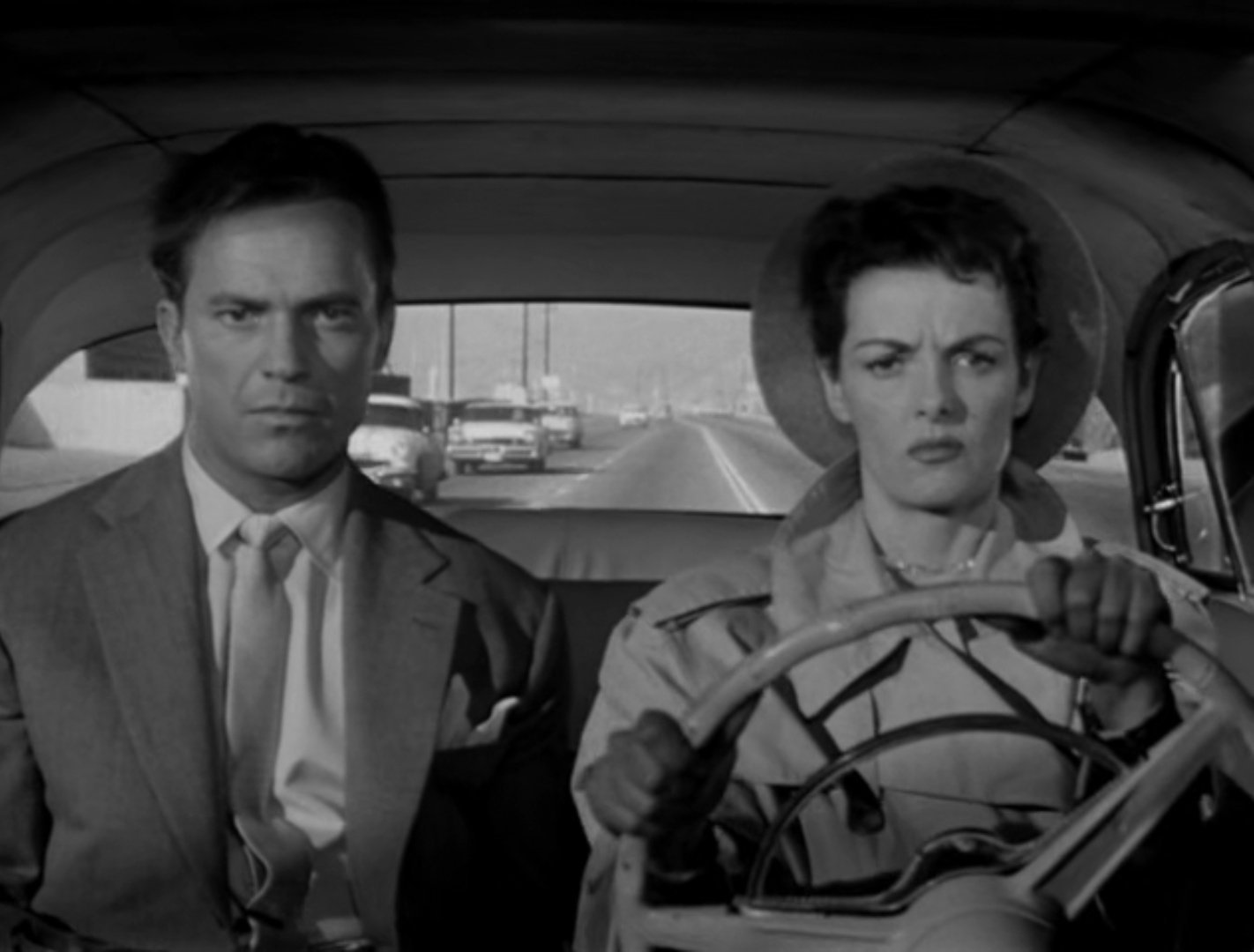
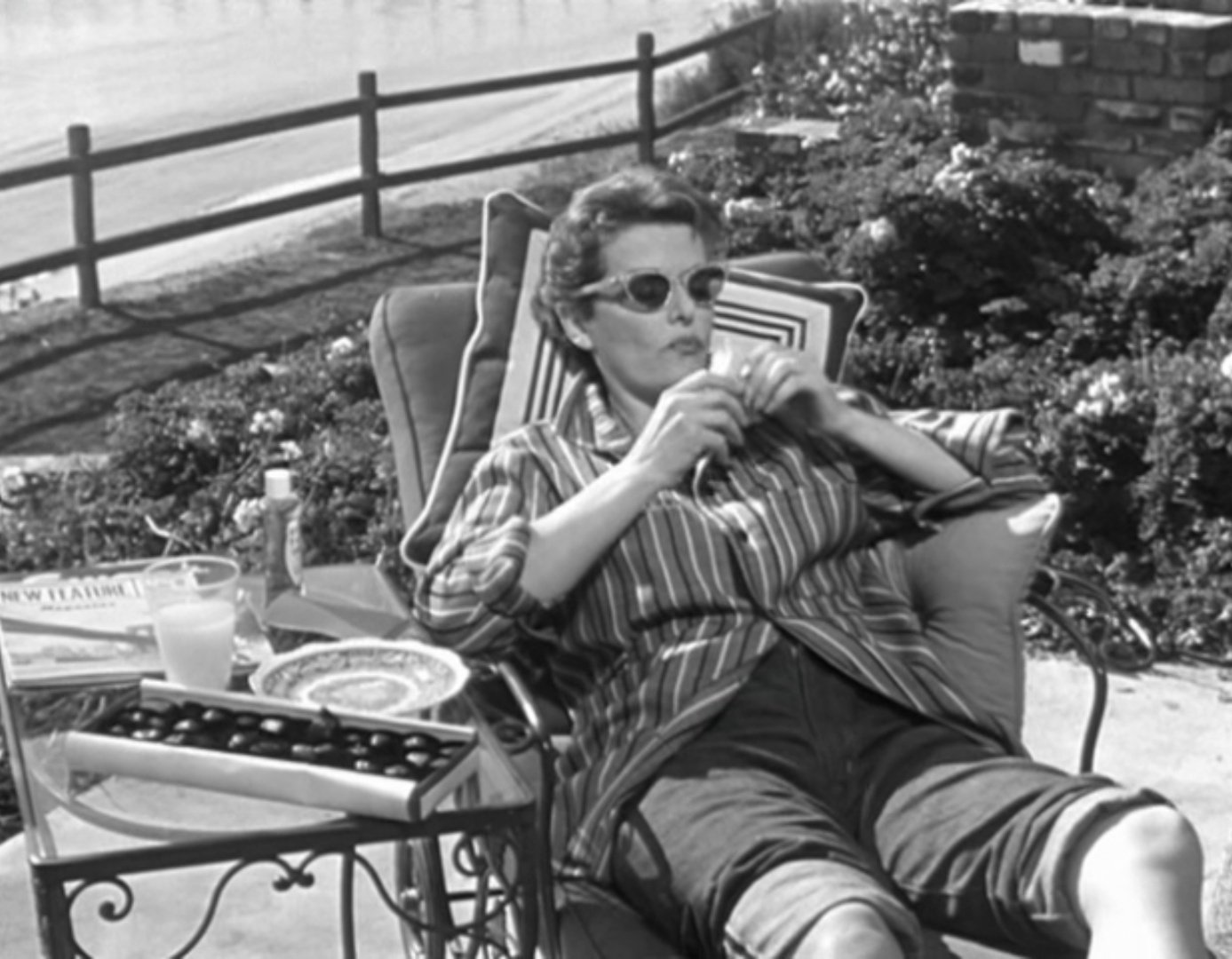
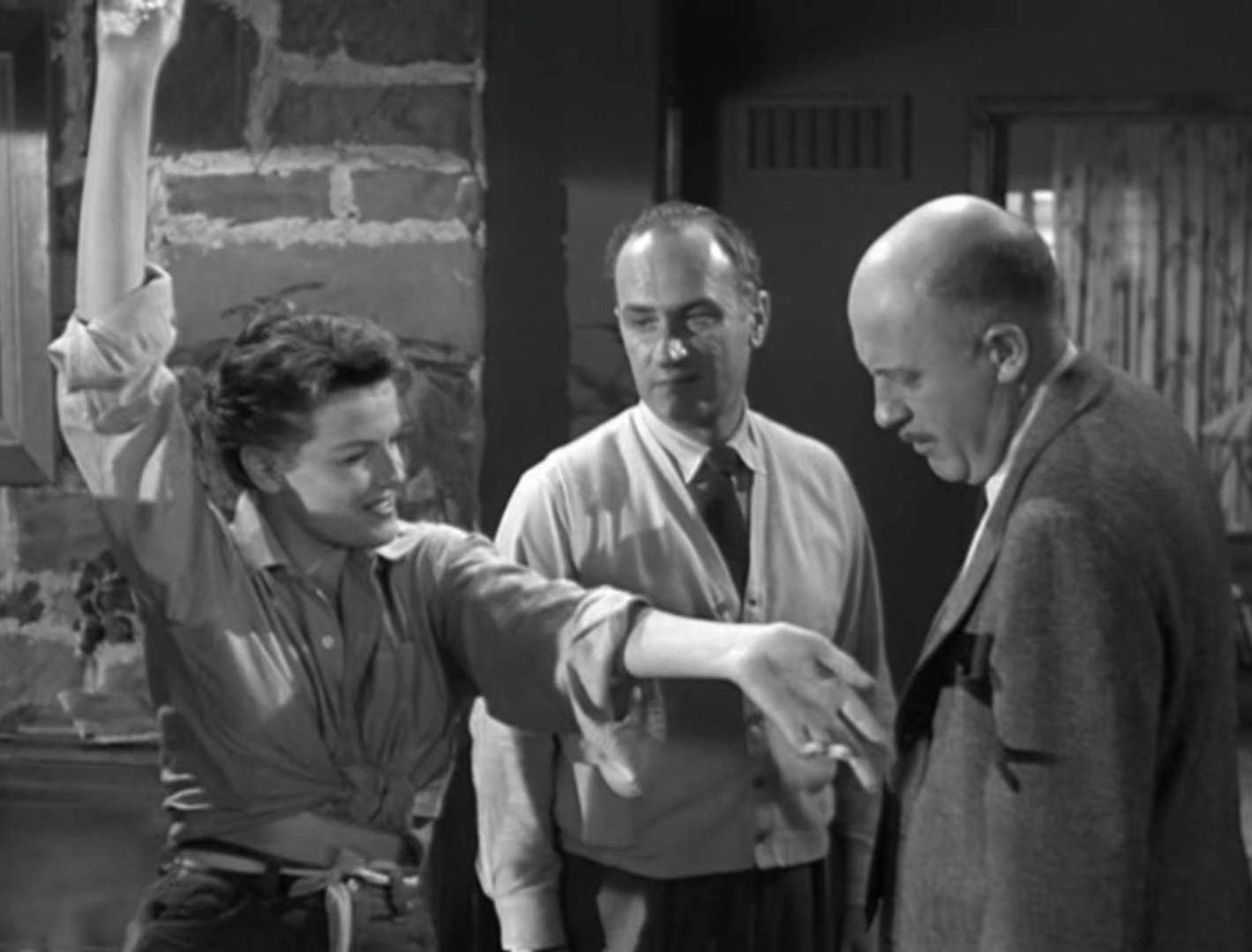
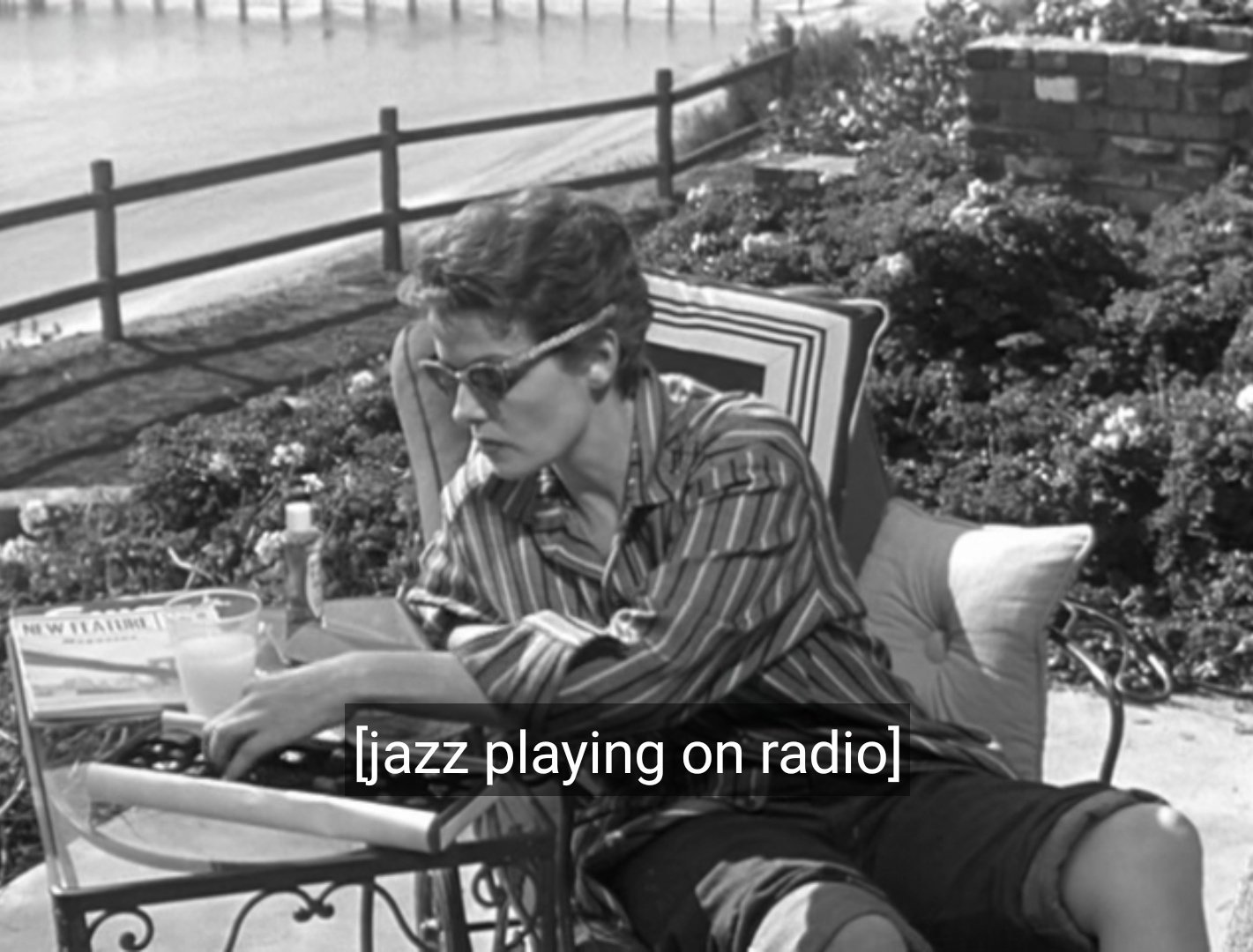

Ralph Meeker only wears soft, comfy sweaters (SWEATER WEATHER) while ragefully smoking a pipe, and there is a quiet power to that as well.
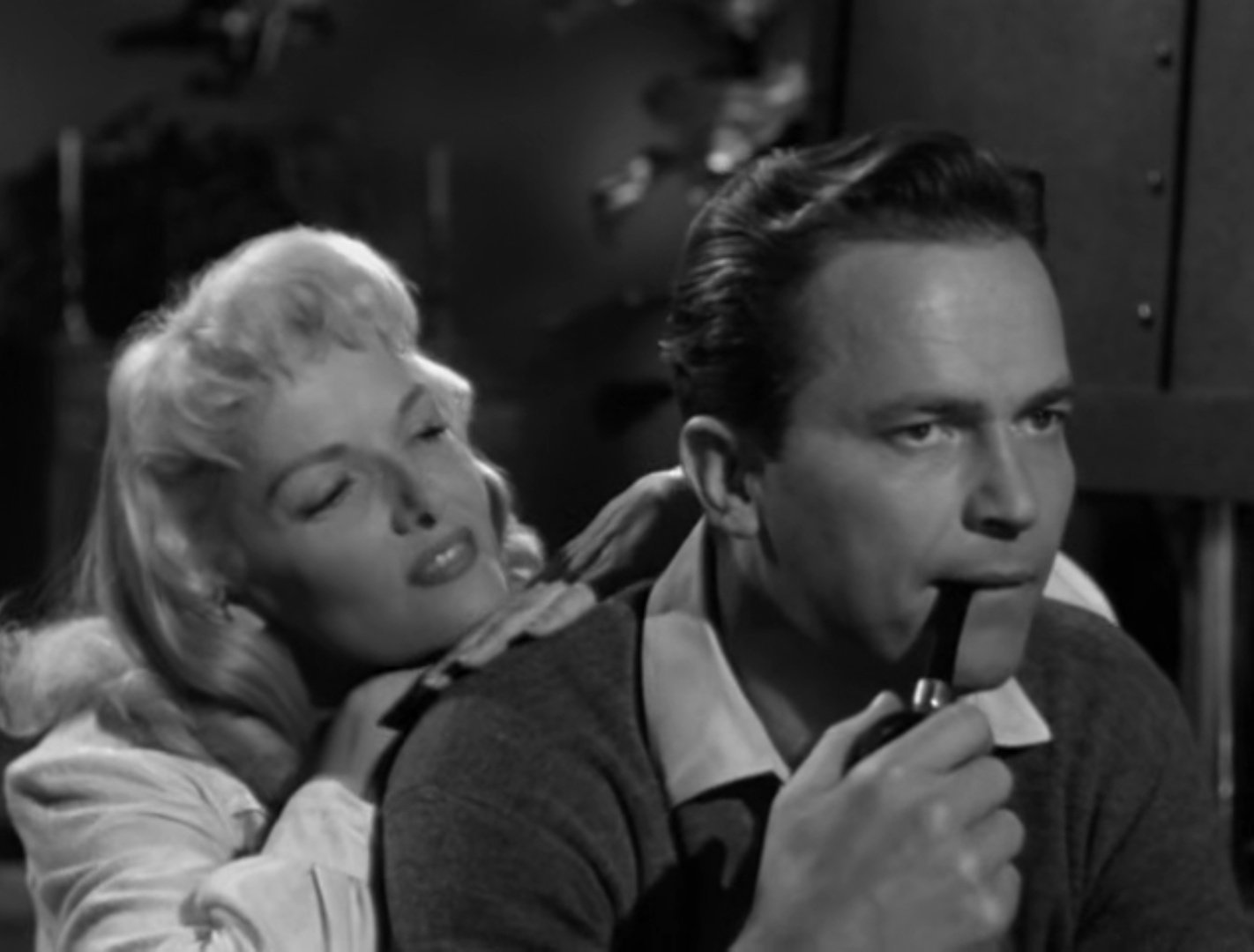
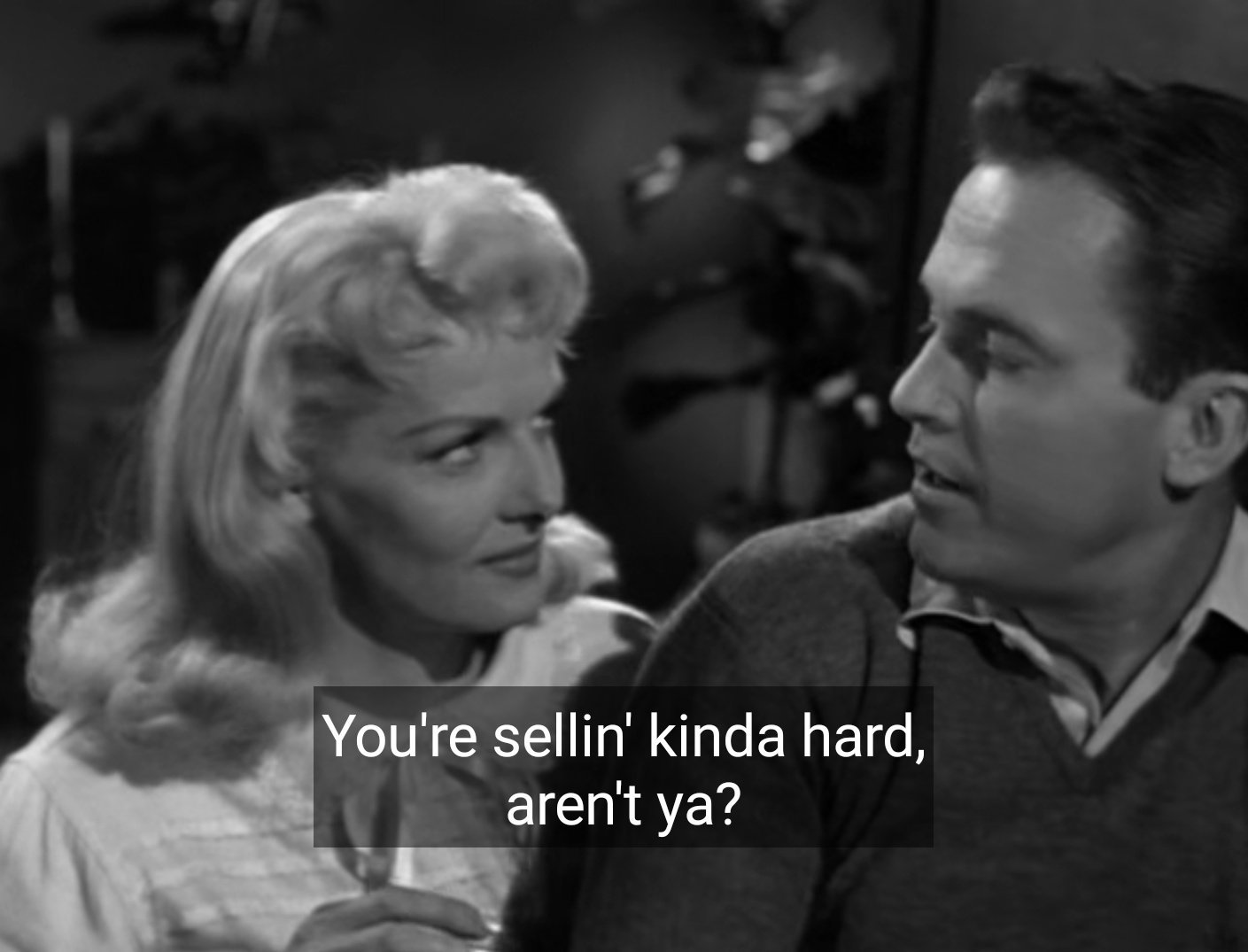
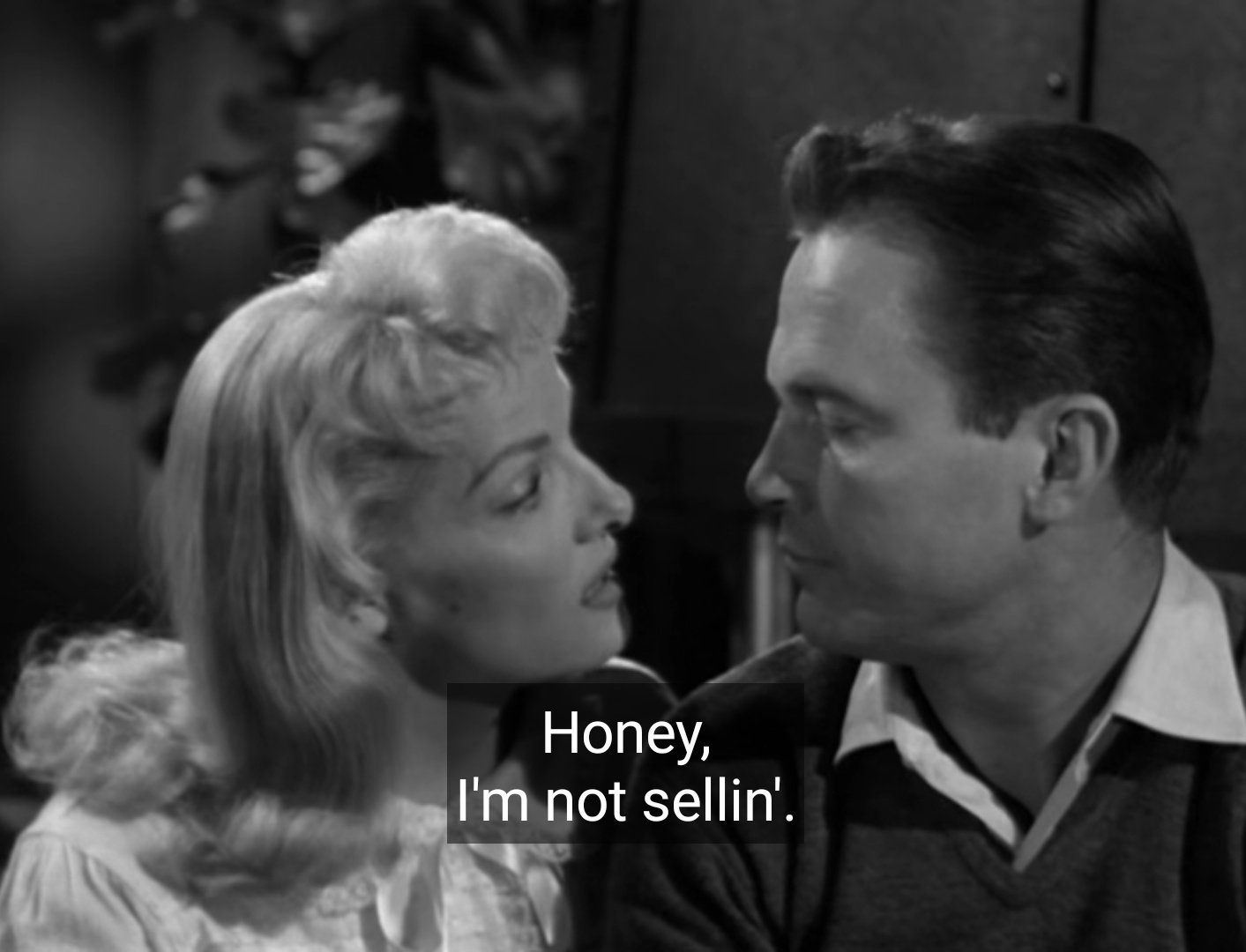
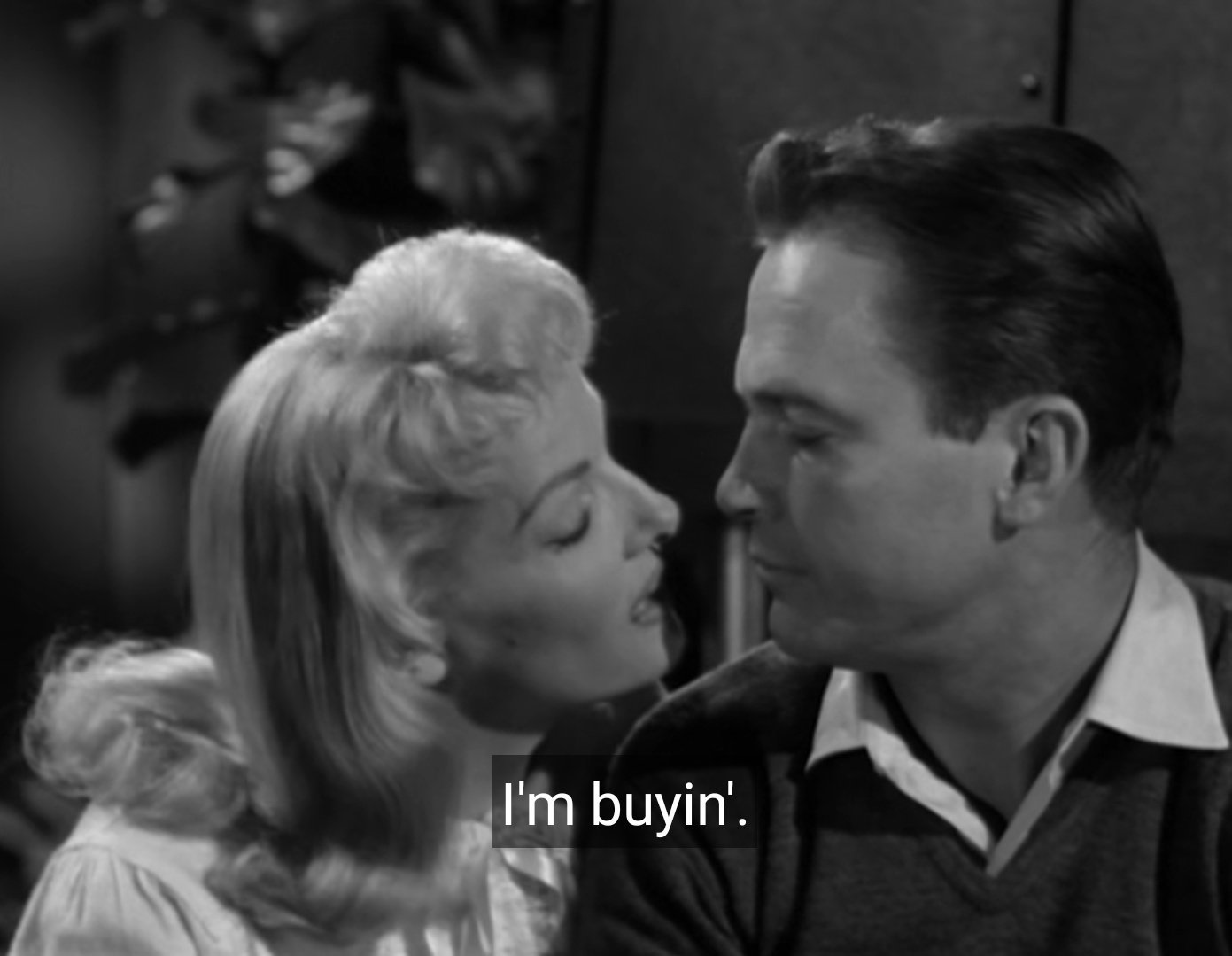
It makes absolutely no sense that this film is in black and white instead of glorious technicolor (literally do not name your film after a color and then not have color), but also it oddly makes the most sense because, again, this movie is not a light studio comedy. It’s a film about Hollywood and all its darkness.
It is also a film in which Jane Russell gets drunk on eggnog and also in which she stone-cold sober knocks out a cop and steals his car!
I am literally lightly cackling to myself--out loud--alone in my apartment right now remembering how much this film delights me. I think those of us who love cinema have a myriad of reasons why we do. I know I certainly love cinema for the transcendent moments of beauty, for its ability to immerse us into another life, for the social connections, for the community it creates, for the visually stunning images. I also love cinema for sometimes being absolutely ridiculous. Film is a collaborative medium in its very nature, and sometimes, you take a step back in your mind, and survey a work like this and realize how many people contributed to the glorious absurdity of it.
What is The Fuzzy Pink Nightgown if not a product of dozens and dozens of skilled creators who all thought to themselves, “yeah, this will work”?
It does work. It is a great time. It is also a little bit about Stockholm Syndrome. But, mostly, it is about Jane Russell being tall and wearing hats and having absolute control over her image for one glorious film.
originally published on The Classic Film Collective on 11/07/2021.
-Meg
A Robert Donat Monologue For Every Wistful Occasion
Robert Donat is the monologue god. No one can touch him when it comes to staring plaintively off into the middle distance–the weight of eternity on his shoulders. The understanding of the fragility of human life fueling his insistence to go on–to keep on living.
Robert Donat is the monologue god. No one can touch him when it comes to staring plaintively off into the middle distance–the weight of eternity on his shoulders. The understanding of the fragility of human life fueling his insistence to go on–to keep on living.
Here I have compiled a few helpful Donat monologues to help us understand our own feelings and ultimately our own humanity and the purpose of our existence (not all of them are actual monologues strictly speaking please do not @ me).
For when you’re burnt out at work, and really in that surviving not thriving mode, listen to Robert Donat in the clip in the header via Vacation from Marriage (1945) tell you about the groove being comfortable, but yikes so is the grave:
For those times when you’re isolating because of a COVID scare, or just trying to make it through the darkest days of winter, check out Robert Donat having a literal freakout in Knight Without Armour (1937):
When the call of the void is calling you, nothing for it but Donat in The Private Life of Henry VIII (1933):
When it is time to eat the idle rich, we channel Robert Donat’s impassioned impromptu campaign speech in The 39 Steps (1935). Richard Hannay is my first and truest love and inspiration:
For those times you must hold equal, yet seemingly opposing truths together in balanced tension, because life is not simple but it is always true that human beings do matter and war, violence, and empire is always senseless, Mr. Chips announcing the deaths of two people he held dear in Goodbye, Mr Chips (1939):
For when you watch a sublime film and are overcome by your sheer love for the very medium of cinema and all that it gives us each and every day, here comes Robert Donat in The Magic Box (1951) literally sobbing about it to an awestruck Laurence Olivier who will never understand like Donat does the power of film because Donat won the Best Actor Oscar in 1939 instead of Olivier and that’s because Donat feels and the world feels with him:
Robert Donat on film understood how to express loneliness and yearning in such formidable delicacy. Such a stunning presence, and such a beautiful voice to express the fears and hopes of humanity. I will never grow tire of his earnest efforts, and I will watch his films and cry thank you very much.
[Insert Donat Magic Box monologue but it is me weeping about Donat cinema monologues]
originally published on The Classic Film Collective on 03/02/2022.
-Meg
QUIZ: Who is Your Classic Film Character Summer Fling?
I love a personality quiz. When I was a kid, I lived for the quizzes in my American Girl magazines. Which kind of dog are you? What famous female athlete are you? What kind of cheese are you? It did not matter. I wanted to answer the questions, and then proudly know that I was unique. I was not like other girls. I was a border collie (as true now as it was then).
We’ve reached the highpoint of summer. Heat domes all over the place. Honestly, too much sun, if you ask me. (No thank you, sun. I’m good.) The time is right to kick back with a cold beverage and take my little quiz and learn who your perfect classic film summer fling is going to be (oooooooh)....from the 7 options I am giving you (to be frank, they were the ones top o’ my mind, and all delightful characters).
Here is how it’s going to work: as you go, write down the number of your answer to each question, and at the end, add up your answers to find your perfect partner for this season. Aka if you answer mostly 1s, then 1 is your summer fling or mostly 5s, etc. I have included an answer key at the bottom. If you’re more love ‘em and leave ‘em, then consider a ranked choice system to come up with your top three beaus!
QUESTION ONE: It’s summertime! It’s time to take a holiday. You’ve been working hard, and you deserve a break. Your ideal vacation is______.
1. Kicking it back in an Italian villa. You like to spend your time in luxury, and you are not looking to do much else but chill out. Maybe a vespa ride around the countryside or a dance here or there, but mostly you like lounging out in the sun.
2. Taking a trip on a sailboat. You don’t even mind working as crew–you just want to get out there on the waves and experience that freedom that only the open ocean can provide.
3. Staycation! You live in the big city, and you enjoy your life. There is always something new to do, or explore. You do not need to go anywhere to relax.
4. Nothing planned. You are all about spontaneity. You pick a new place to visit and just go exploring. You are sure you will find an adventure.
5. Not a family vacation! You are trying to get away from your family, not spend more time with them.
6. On a train. You love to travel by train and stop off along the way throughout the countryside and little towns. Hiking, running, scrambling over rocks–anything that gets you outside and active.
7. VACATION? Who has time for vacation? You do not. You have things to accomplish, and nothing else matters.
QUESTIONS TWO: Ahh food! There are few things better in the world than sitting down to eat your perfect meal. The food you crave most is____.
1. Italian food paired with a perfect wine.
2. Well, food does not really satisfy you in itself–but you love an experience. You have always wanted to have a real picnic!
3. This little Japanese restaurant down the street that has an incredible, authentic menu.
4. Whatever food is right in front of you! You love to feast and feast and feast. You keep snacks next to your bed–just in case–and a jar of pickles is never unwelcome.
5. A home-cooked meal from someone you love. It does not matter what it is, it is worth all your money.
6. Simple fare. Anything that is easy to find along the road. You love a sandwich.
7. FOOD? Who has time for food? You do not. You have things to accomplish, and nothing else matters.
QUESTION THREE: What is the most played song on your playlist?
1. "Mambo Italiano" by Rosemary Clooney
2. "bad guy" by Billie Eilish
3. Anything new and avant-garde.
4. "I Love It" by Icona Pop
5. "I’m On Fire" by Bruce Springsteen
6. "Run for Your Life" by The Beatles
7. You don’t listen to much music, but you love to sing. People always know you’re around when they can hear you singing.
QUESTION FOUR: What was your favorite game to play when you were a kid?
1. Musical Chairs. You love group games, dancing, and making sure everyone is having a good time.
2. Wink Murder. No one ever guessed it was you even though you drew the murderer card every time.
3. Anything you could make a bet on. You knew how to win and make money from a young age.
4. Games with rules are boring. And don’t even get you started on board games: you get tired of them easily and tend to flip the board!
5. Spin the Bottle. hehe.
6. Hide and Seek. You were always the best.
7. Clue. You are clever, patient, and determined. You always found the murderer.
QUESTION FIVE: What is your favorite animal?
1. Definitely not parakeets.
2. Sharks. You saw a group of sharks attack an injured shark once and have never forgotten the spectacular sight.
3. Anything wild and free. No domesticated cats.
4. Honey Bees. You're here for a good time, not a long time.
5. Geese. When you've found the right partner, you're in it for life.
6. Foxes. You love their cozy little hidden dens.
7. A lone wolf. You admire their ability to track and hunt.
QUESTION SIX: What is your greatest fear?
1. Not being taken seriously.
2. Not getting to see the sunrise one last time.
3. Getting trapped.
4. Being bored and/or running out of snacks.
5. Being disrespected.
6. Someone telling lies about you.
7. Not fulfilling your purpose in life.
QUESTION SEVEN: You’ve been shipwrecked and stranded on a desert island, but you managed to carry two items with you from the sinking boat that you knew you needed to survive. Those items are_____.
1. A portable two-way radio and signal flags.
2. A knife and a gun.
3. An inflatable lifeboat and a compass.
4. A pair of scissors and a large jar of pickles.
5. Flint and a first aid kit.
6. A tarp for shelter and a machete to cut open coconuts. I guess you live here now.
7. Does it matter? You’ll figure a way out.
QUESTION EIGHT: Your favorite way to interact with other people online is___.
1. You are on every app at all times and have literally thousands of devoted fans, errr, friends.
2. Twitter. It is both the source of your sickness and its only antidote.
3. LinkedIn. Professional use only. The real life is happening offline.
4. Tumblr, baby! You know how to curate!
5. Exchanging numbers with your Tinder matches and then texting for 12 hours straight.
6. Signal messaging via burner phones only please.
7. You do not really have time for this, but okay, you sometimes post cryptic yet wistful poetry on your old LiveJournal. It reminds you of a different time when you were younger and happier.
ANSWER KEY
IF YOU ANSWERED MOSTLY 1's....
Your summer fling is Lisa Fellini as played by Gina Lollobrigida in Come September (1961). You are fun and flirty and a great communicator. You love to socialize and everyone sees you as the life of the party. You know what you want and you have great boundaries. Enjoy riding that vespa around the Italian Coast with the most beautiful woman in Italy. She demands respect, honesty, and commitment–so do not mess this up!
IF YOU ANSWERED MOSTLY 2's....
Your summer fling is Elsa Bannister as played by Rita Hayworth in The Lady from Shanghai (1947). The people that know you would say that you are intense. But they also cannot look away from your allure. You are mesmerizing and totally misunderstood (but also a little evil, sorry!). Your cynicism is a good match for Elsa, and you both are not expecting more than you can offer. You and Elsa are either going to have a great summer or immediately break up. Hard to say, but it will be a wild ride while it lasts! Good luck!
IF YOU ANSWERED MOSTLY 3's....
Your summer fling is Jack Parks as played by Sidney Poitier in For Love of Ivy (1968). You are independent and reliable, and undeniably cool. You know all the best places to eat and hang out. You live in the city and you love it at every hour–day and night. Just like Jack, your community is important to you, and you work hard to make sure the people around you are taken care of each day. You and Jack are both not looking to settle down…or are you?
IF YOU ANSWERED MOSTLY 4's....
Your summer fling is Marie I and Marie II as played by Jitka Cerhová and Ivana Karbanová in Daisies (1966). You are chaotic, unpredictable, and totally vibrant! You are not big on plans and love to take each day as it comes. You deeply understand the futility of society and choose your own path of joyful nihilism. You absolutely do not like to be left alone for any amount of time, and neither do the Maries! Get ready for a summer of feasting, snacking, and decadent food fights. Grab a baguette and jump in–the milk bath temp is wonderful!
IF YOU ANSWERED MOSTLY 5's....
Your summer fling is Clara Varner and Ben Quick as played by Joanne Woodward and Paul Newman in The Long, Hot Summer (1958). You’re intense and focused, but also a hopeless romantic. You have high standards and a great deal of self respect. You are not going to settle for anything less than the best, but once you have your sights on the best–watch out! Clara and Ben saw you from across the bar and liked your vibe…
IF YOU ANSWERED MOSTLY 6's....
Your summer fling is Richard Hannay as played by Robert Donat in The 39 Steps (1934). Frankly, you have a lot going on. You are a busy person always on the go, go, go. A natural traveler, you feel comfortable in every situation and circumstance and you make friends easily. There is nothing quite like a scramble over the rocks or a walk through the moors, and you do well outdoors. Although incredibly likable and adaptable, you and Richard both tend to hide your true selves and have trouble trusting other people. This may make your relationship a short-lived one, but if you can find a way to let each other in–maybe you go the distance together!
IF YOU ANSWERED MOSTLY 7's....
Your summer fling is Tetsuya "Phoenix Tetsu" Hondo as played by Tetsuya Watari in Tokyo Drifter (1966). You do not have time for a relationship, as you are all-consumingly focused on your life’s mission. Everything else fades in the background. You must complete your task; you must fulfill your purpose. You are lonely, and although you might sometimes seem like a hard-hearted island of a person, you are actually very tender and gentle in your soul. There is a real softness about you, and if you could just be free of your work–free of your drive–you know that you would choose a very different life. Tetsu is on a parallel path as you, and together maybe you finally accomplish that
originally published on The Classic Film Collective on 08/11/2022.
-Meg
Steve McQueen, Cinema Goofball
Popular culture remembers Steve McQueen as the King of Cool, a paragon of stoic masculinity, a laconic man of few words and fewer emotions. But, what of the other side of Steve McQueen’s on-screen persona?
Popular culture remembers Steve McQueen as the King of Cool, a paragon of stoic masculinity, a laconic man of few words and fewer emotions. The remembered idea of him is two-dimensional, and–as a marketing scheme–highly successful: his name appears regularly in the lists of the most profitable dead celebrities. He is an image: stern, unflinching, immovable, untouchable. He doesn’t crack under any pressure, just like a Tag Heuer watch. He is “The Absolute Man” according to the vodka brand.
But, what of the other side of Steve McQueen’s on-screen persona? Not the vroom-vroom car chases and cool sunglasses and dialogue-free scripts. Not the decades of co-optive advertising. The other side: the much-maligned (but much-beloved-by-me), entirely uncontained, earnestly unsure total goofball.
I came to Steve McQueen early in life. He is my oldest brother’s favorite. Five years older than me, this brother always had a Steve McQueen movie playing, or a DVD lying about. My understanding of McQueen was formed first by the television series Wanted: Dead or Alive. And yes, he does play a cool loner bounty hunter traveling through the American settler west of the 1870s. But, his Josh Randall is also deeply connected to the people he meets along his travels, always getting involved, solving troubles, and occasionally forced into absolutely wacky shenanigans.
Burned into my memory, is an episode from the final season released in 1961, titled “Baa-Baa.” Josh Randall is sent in search of a lost pet sheep, there’s a singing chorus, montages of him chasing sheep over hills, and pratfall face grimace combinations not seen since the days of Cary Grant flying through Arsenic and Old Lace. That is my enduring image of Steve McQueen: flailing and just a little earnest.
I have written bits and pieces before about Steve McQueen’s depiction of masculinity. It fascinates me. It never seems to me to be the confident, unbreakable idea that endures from his most famous roles, but in actuality rather fractured and unsure, as if he was precariously holding himself together. Often the only outlet of emotions in these performances is violence. Once stardom took hold, there was an increasing unwillingness on-screen to divert from tightly-contained emotions and limited dialogue; almost as if to open himself up at all would be the end of his control.
This is a marked difference from some of the other enduring cool guys of the era, like Sidney Poitier, Toshiro Mifune, or James Garner. Their self-confidence felt entirely real and fully true to themselves in every kind of film or performance. James Garner was good pals with Steve McQueen, but also had this to say in The Garner Files, “He was a movie star, a poser who cultivated the image of a macho man. Steve wasn’t a bad guy; I think he was just insecure. … Deep down, he was just a wild kid. I think he thought of me as an older brother, and I guess I thought of him as a younger brother. A delinquent younger brother.” (Note: This is also what happens when you put two Aries together, I say as an Aries.)
That delinquent younger brother energy is a dominant theme in all of Steve McQueen’s “b-side” films: those films that do not comfortably fit into his steely iconography, and are left out of all the advertising and the cool montages.
Steve McQueen’s best performance comes in one of these films, Love with the Proper Stranger (1963). A romantic drama permeated with sweetness, it is McQueen’s softest role. His co-star Natalie Wood is glorious, confident, and self-assured even while her character is facing extraordinary fears and pressures. McQueen plays his character hesitant and awkward. He is a cool-cat jazz musician who trips over and mumbles his words and hunches and slouches his body. The finale of the film is the ultimate goofball gesture–and stunningly earnest.
Sometimes, Steve McQueen’s ventures into goofball territory are far less earnest. The Reivers (1969) is a film I would charitably describe as YIKES (but what a supporting cast! Rupert Crosse! The great Juano Hernández!). It is also a strange amalgamation of his competing film energies. There is the obsession with a car and emotions processed via violence (particularly directed at women), but there is also slapstick slipping in the mud and very big reaction faces. There is an internal battle for his performance soul warring throughout this film, and violent goofball is not really a comfortable spot to land.
Critical and public appraisal of McQueen’s ventures outside his narrow sphere has never been laudatory. Anything he did that came close to comedy has been thrown out in confusion with a note that it is “really not his thing.” Yet the problem with The Reivers is not the earnest comedy, but the elements of coldness and violence. Steve McQueen’s image sells luxurious watches under the promise that he doesn’t crack under pressure. Ice cold silence sells. Flailing limbs and high-pitched scrambling does not sell vodka--apparently!
Yes, the time has finally come to talk about The Honeymoon Machine (1961). This movie is bonkers, but with that impeccable internal logic that makes 1960s comedies run so smoothly in their own wild realities. It is also peak goofball McQueen. As a scheming sailor with a plan to game the roulette wheel in a Venice casino using a naval computer, he talks extraordinarily fast–often at a high-pitched squeak–and says more words than most of his other films all put together. He stumbles and trips and sways. He is a delight. He hated it.
He walked out of the first preview, and said he would never work with MGM again.
I think it is one of the most endearing McQueen performances. To watch him play a James Garner comedy role without James Garner levels of self-assurance is such a feat of sincere effort. He pulls it off too, because it is all McQueen. He may be playing a zany goofball, but the threat of violence feels ever-possible as he hops about manipulating everyone around him and talking about Nietzsche.
I love Steve McQueen’s on-screen work. 12-year-old me somewhat unconsciously attempted to model my stride on his after watching that long opening shot of him walking down the street in The Cincinnati Kid. His Vin in The Magnificent Seven is one of my favorite characters dear to my heart. His work as Sweater Detective in Bullitt is an aesthetic triumph. Wanted Dead or Alive fills my soul with joy (and I once wrote a piece about its fashion when I was 17). That episode of Alfred Hitchcock Presents where he bet Peter Lorre his finger is a lesson in building tension in 25 minutes (I also love that episode of Alfred Hitchcock Presents where he is a goofball Martian).
But, my understanding of Steve McQueen is not an image used to sell watches and vodka and cars. My Steve McQueen does sometimes crack under pressure. Sometimes, Steve McQueen was bold, violent, cold, angry, and harsh–causing pain that ripples. Sometimes, Steve McQueen was fractured, unsure, flailing, earnest–looking for a safe route to just be. Sincerity even in its tiniest measure is a hard-won human triumph! Long live the sincere goofball cinema of Steve McQueen! (Maybe don’t watch Soldier in the Rain though.)
originally published on The Classic Film Collective on 01/10/2022.
-Meg
Bikini Beach (1964) or: How I Learned to Stop Worrying and Embrace Joyful Nihilism
Bikini Beach // dir. William Asher // United States
Bikini Beach // dir. William Asher // United States
We have had more than one successive day of sunshine here in Seattle, so yes, I am calling it: SUMMER IS HERE! As with many things in life (I resisted adding a heavily sighing “these days”), summer is more of a vibe than an actual tangible construct. So, to celebrate that, I want to celebrate a film that truly understands why vibes are more important than tangible constructs.
Bikini Beach (1964), dir. William Asher, is basically the third in a nebulously numbered series of Beach Party films (whatever the true number of films in the collection is--I’ve seen them all), and it is also the best film of the entire series.
(Quick vibe-check: if you think the best Beach Party film is Beach Blanket Bingo, respectfully, please either keep that to yourself, or quietly exit today’s lecture--thank you!)
Its status as best is perhaps based entirely on the initial determination of my 14-year-old self, but I truly do trust that 14-year-old me remains the best judge of 1960s teen surfer comedies, so we are running with it.
14-year-old me is also where our story begins today, as that was my age upon first viewing this cinema treasure. It was 2008, and back then, Hulu used to have an entire library of ~underappreciated~ 1960s movies to watch for free without subscribing (reach out to discuss Dr. Goldfoot and the Bikini Machine at length anytime). I saw this, and quickly showed my childhood best friend and it entered the sleepover rotation, and the rest is history, and I am definitely going to text her “Oooh Bixby’s Bird Farm!” as soon as I am done typing this up--and she will immediately get it.
There is something to the fact that all these films were made by American International Pictures (all hail cinema) very quickly and very cheaply and intended to be direct-to-the-teens movies, and somehow that strategy was still holding up and working out forty-five years later.
The formula works, because it is basically all bright colors, sight gags, and occasional footage of stunt surfers wearing visibly fake Annette wigs. More to the point, the formula works, because Annette Funicello + Frankie Avalon really are fun and charming onscreen. Their performances are truly enjoyable, and they have sweet, friendly chemistry together (I am not the first to say this, obviously, but consider it very Doris Day + Rock Hudson in the best ways).
In this film (and others in the series), Annette Funicello has the often thankless role of trying to get Frankie to think about his future, but she does so with a mischievous twinkle and a strong presence. She also really knows how to sing softly+sweetly while walking on a rear-projection beach at night-time, and I am not being ironic by saying that. It is an actual skill to inject so much personality and professionalism into formulaic, low-budget films. Plus, I have never stopped thinking about these pants.
And, Frankie Avalon in Bikini Beach? Well, let’s just look at the first note I scratched out while considering what I wanted to write here: “Tour de force Frankie Avalon the only good teen boy 60s actor.”
Those who know me well, will know that while I do enjoy frequently saying the phrase tour de force out loud, I do tend to truly reserve it as a description for work like Paul Robeson in Body & Soul, or Irene Dunne in The Awful Truth, or Tom Hardy in Venom. So, when I say Frankie Avalon’s dual role (!!!) as Frankie and as The Potato Bug is tour de force, I truly mean tour DE force. On that note, what I am about to tell you is going to make you reconsider trusting 14-year-old me as a cinematic arbitrator, but actually it should just reinforce the objectively career-pinnacle work Frankie Avalon does here.
So, Frankie plays two parts here. He plays “Frankie,” the lead youth who lives each day as it comes and regularly breaks the fourth wall to chat to the audience, and he also plays The Potato Bug, a British pop singer ala The Beatles as interpreted by Terry-Thomas (the accent and the gap tooth really give away that inspiration). At one point, “Frankie” dresses up like The Potato Bug to fool Annette, and shenanigans ensue. Anyway, yes, 14-year-old me--an already sophisticated film fan with a wide-range of film interests and deep well of films watched--did, in fact, think that there was a different actor playing The Potato Bug and that when “Frankie” pretends to be The Potato Bug in-film that it was just Frankie Avalon doing a convincing but not perfect impression of the actor playing The Potato Bug. AND YES, when the end credits scroll said,
Frankie Avalon as Frankie
Frankie Avalon as Potato Bug
I GASPED.
I still cannot explain this absolute lapse to you except that it was a tour de force performance.
Also, this bit of trivia was included in my Beach Party boxset: "Frankie Avalon's make-up and heavy accent were so convincing, visitors to the set were not aware that he was playing the role of Potato Bug." Think kindly of 14-year-old me. I was not alone in this.
Now that proper deference has been given to this iconic ringer performance, consider the other members of the cast. These movies have a structure that, along with the regular youth crew, includes an antagonist (usually older familiar actor), a sparring partner for the antagonist (usually older familiar actress), a guy running a hangout (usually a Don Rickles or Morey Amsterdam), and a surprise cameo guest from a true legend.
The reason Bikini Beach is the best of the series is that each necessary ingredient is there, but also actually good. In the original Beach Party, Robert Cummings plays the older familiar face role as a professor “studying” youth culture, and comes off as such a creep that even Dorothy Malone sparring with him cannot save the cringe. Here, however, we have Keenan Wynn--an actor who can slot in anywhere in any film and elevate the whole thing. He plays an unscrupulous land developer who is trying to turn public opinion against the surfers, so he can buy up land for his assisted living empire. He does this by bringing along his pet ape Clyde everywhere to prove that the youth are no better than apes. He offers gravitas and wit to a role that requires him to be chauffeured around by a person in an ape suit on rear-projection.
Here his sparring partner is Martha Hyer, a local school teacher who is hip and wants to advocate on behalf of the youth. She is great, and gracefully dances the Watusi with the aforementioned person in the ape suit. Don Rickles owns the local drag strip and the hangout and paints on canvases all over the bar. A strange older man, who is only visible from the back, keeps looking at the paintings but never buying. When his identity is revealed in the finale--it is a delightful surprise. I won’t spoil, but other films include cameos from Peter Lorre, Vincent Price, and Buster Keaton.
There is also the regular crew including Donna Loren (and her headbands!), Jody McCrea (exact replica of father Joel), Candy Johnson (fringeeeee), Stevie Wonder (still Little Stevie Wonder here), and--in typical inexplicable, but oddly obvious fashion--Timothy Carey playing a pool-playing, growling South Dakota Slim. Never let it be said that there was no edge to Annette + Frankie’s beach.
In fact, there is a bit of unsettled anarchy to these films. Certainly, there is a peculiar kind of lawlessness present. They never once address any big contemporary social issues, and they are almost uniformly white (and sometimes have casually racist elements like Buster Keaton playing a “native witch doctor” in How to Stuff a Wild Bikini), and they cannot be considered any sort of radical or counterculture art. However, they do offer pure, ungraded joyful nihilism.
There is a utopian element to Bikini Beach, with the unsupervised young adults living communally on the beach: sharing resources and experiences. They take each day as it comes, learn new things, and spend a lot of time dancing in the sand. The youth are mostly kind, or at least benign, and tend to solve individual problems by coming together. There are always hints that they know the world does not work that way, and so they just choose to ignore the world. In the ecosystem of the Beach Party, that works out for them just fine. They live outside of general society, and have created a new one.
In this society, plot, logic, and physics mean nothing. It is all vibes. 100 minutes of colorful vibes. There is no sight-gag too disruptive, and no innuendo too obvious, and no pratfall too chaotic to be included. There are chase scenes, a breaking up the bar fight, a little surfing, some drag-racing, and multiple musical numbers. Physics means nothing, but commitment to the film is everything. And, everyone involved was professionally committed to the silliness. Many years later, William Asher (director, co-writer, and essentially architect of the series) said about the “sheer nonsense” of the films, “The whole thing was a dream, of course. But it was a nice dream.”
originally published on The Classic Film Collective on 05/05/2021.
-Meg
The World Ten Times Over (1963)
The World Ten Times Over // dir. Wolf Rilla // United Kingdom
Queer ladies living it up, loving each other, and surviving to the end of the film–IN 1963 BRITISH CINEMA?
The World Ten Times Over // dir. Wolf Rilla // United Kingdom
“People like us do what we want to do, not what people tell us to do.”
Queer ladies living it up, loving each other, and surviving to the end of the film–IN 1963 BRITISH CINEMA? Wolf Rilla’s film, The World Ten Times Over, is an unexpected and underseen delight. Shot on location on the streets of Soho in London, and anchored by beautifully tender and fun performances from Sylvia Syms and June Ritchie, this is a film that deserves to be seen and known.
Billa (Syms) and Ginnie (Ritchie) are long-time companions who share a flat and a bed, and both work as escorts in a local nightclub. The film follows a few days in their lives as Billa’s country-mouse father (William Hartnell) comes to town for a weekend visit and Ginnie navigates a sexual relationship with a wealthy businessman (Edward Judd).
Sylvia Syms, in particular, is extraordinary here. Two years after playing Dirk Bogarde’s wife in Victim--the first English-language film to use the word “homosexual”--she starred in this film, which the BFI considers to be the first implicitly lesbian relationship depicted in British cinema. (Syms remained a legend with her final role being in the 2019 queer television drama Gentleman Jack.) Syms has a screen presence full of that elusive star energy. When she is lively, she can be very lively. There is an organic joy to her work that is potent. And, when she is vulnerable, she can be very vulnerable. In this film, she plays the longing cynic Billa impossibly entangled with the effervescent and somewhat unreliable Ginnie.
They push and pull throughout the film, one or the other taking the lead in their relationship; both expressing a sense of fatalism, but Billa’s version is quietly resigned and Ginnie’s version is hedonistic. Ginnie wants to forget fate, and Billa can only remember it.
They are gentle with each other, and also cruel. There is a constant sense of external pressure looming and crushing. In their tiny studio flat, the shared bed prominently displayed throughout, they are free to exist without pretense or lies–except the ones they are telling each other to avoid vulnerability and rejection.
The film opens as it ends, and as much the film is spent: in their flat. Billa is returning from work late at night and calls out for Ginnie only to see their bed is empty and still made. The camera tracks around the apartment as she gets ready to sleep, catching all the little knick-knacks and photos, depicting a cozy shared home. The first shot post-credits is Billa gazing at a photo of Ginnie.
The film cuts to Ginnie in bed with the wealthy businessman. She jumps out impulsively refusing sex, because she doesn’t “feel sexy” tonight. They argue about his wife, she hops about playing piano and talking about his wealth. She smashes the piano keys with frustration and the film cuts to the next morning and Billa’s and Ginnie’s morning routine in the flat. Ginnie is in the bath reading newspapers and taking calls, and Billa is the housewife bringing her tea.
Their home is the location for many scenes of quiet intimacy throughout the film, and establishes their often-shifting relationship dynamics. Both characters have separate emotional breakdowns in their apartment, but in those moments the other rises to the moment to bolster and support and comfort. They are equals, sharing burdens and secrets and jokes and purpose.
They have lived and worked together for some time, but, as the film begins, the twin burdens of finances and their unsanctioned relationship are beginning to wedge them apart. As they argue over money and their relationship that first morning, Ginnie shouts impulsively, “I want out! OUT!” Billa, ever practical and resigned, replies firmly, “Out where?” There is no getting out or being out.
The film follows Ginnie as she flits in and out of considering a long-term relationship with the wealthy businessman. She extols her desire for wealth and the ability to have fun all the time–to run away and make a life a party–to run away and forget being trapped in a harsh society.
In a parallel track, we see Billa meet with her visiting father. She becomes increasingly frustrated that he refuses to see her for who she is in any way. His benign neglect and disinterest in her life pushes her to try to shock him with her work and her relationship with Ginnie. She blurts out, “She is going to leave. She’s going to, how do you say, live in sin.” His uncomfortable reply, “Of course, moral standards are changing–greatly. He follows this by asking his daughter, “I’ve always wondered if there was someone in your life, a nice boy?” The conversation and their relationship deteriorates quickly from there.
Interwoven are these scenes of Billa and Ginnie pursuing their relief from external pressures, and how they believe they will find relief: Billa through being known and loved unconditionally by her father, and Ginnie with wealth and the freedom from all societal constraints that it promises.
They keep returning to each other, shedding personas, and becoming vulnerable. Ginnie is unable to commit to a decision whether to join the man and his wealth or to stay. Billa is unable to bring herself to ask Ginnie to stay with her, but in Sylvia Syms’ hands, the open longing is tangible and ever-present. She is half agony, half hope (to borrow from Austen).
I am going to discuss the ending of this film, and specifically how it subverts tropes. If you do not want to have narrative plot points spoiled, I suggest we bid adieu for now. You can watch the film in its entirety for free here on Vimeo.
I also want to note content warning for a mention of attempted suicide.
Billa confesses to Ginnie that she is pregnant by one of her clients. Ginnie promises she won’t leave her, saying, “I may be a bitch, but not that kind of bitch.” Billa gleefully helps her evade the wealthy businessman who shows up planning to take Ginnie away to a tropical island. He is suspicious and antagonistic toward Billa, she responds breezily and they sneak out off to work and Billa stops to blow a kiss goodbye in his direction.
At their work, we see them at dinner with clients. They are playful and manic–in a scene reminiscent of Vera Chytilová’s Daisies (1966). Billa’s father shows up, but Ginnie gallantly defends her by trying to outrage and shock him.
While cackling on their way to the restroom, Billa suggests they raise the baby together. As she goes on happily, the camera follows a suddenly serious and terrified Ginnie. She abandons Billa to the clients and her father and goes to the wealthy businessman. Billa’s father ultimately leaves, but not before calling her “trash” in seeming final note to their relationship.
Ginnie finally makes her choice, and leaves the wealthy businessman, but returns home to Billa’s absence. She screams Billa’s name again and again. The film cuts and returns to Billa.
Billa stays at the club until the very end of the night, and brings another worker home with her. This woman has nowhere to sleep that night, and Billa offers her Ginnie’s side of the bed, because she believes Ginnie has left her forever. The woman goes into the bathroom, and discovers Ginnie bleeding from a suicide attempt. As the audience, we only see a limp hand, and the presumption is that Ginnie has died.
This outcome seems pre-ordained. Cinema is full of dead queer characters. The phenomena is perhaps best known as the trope Bury Your Gays. Even films sympathetic to queer people see a tragic death as the most logical or realistic conclusion due to “society.” Additionally, in films of this era, still somewhat bound by censorship boards and codes, any woman acting outside of true womanhood must either be returned to those constraints or be deeply punished. A tragic death is a fitting punishment.
Yet.
Ginnie has not died. Her attempt was unsuccessful. She has survived with minor injuries. The doctor bandages her hands, dismisses it as attention-seeking, and leaves. Ginnie is lying in their bed without expression or words. Billa freaks out, hurling her anguish at Ginnie, and screaming. The forgotten woman from the club breaks the tension, yelling, “She’s alright!” She then says that trains are probably running now and peaces out of being the unwanted third wheel.
What follows is a finale of incredible tenderness, as they both finally open their vulnerabilities completely. Ginnie wanted to die at that moment, she explains, because she came back to the empty flat and thought that Billa had left her. She had finally made her choice–life with Billa–but she thought it was too late. Billa holds her hand, touches her arm, finally they embrace fully. They face a life with obstacles no less surmountable than they had been days before, but they repeat together a single refrain directed at society, “Damn them all.”
Two promiscuous women, one pregnant and other shown having sex with a married man, well, they must be punished. The censor boards and the codes demand it. So, in a breathtakingly perfect punishment, the film delivers and subverts the most classic of cinematic punishments: the woman ending up alone and unmarried and unwanted by any man. The film says, here they are, fully punished. They have no man. They only have each other.
And, in a touch of grace and hope and fervent expectation of a future, the film ends with the sun rising, the neighborhood going about its daily routine, and one final shot: Ginnie stirring in their bed and turning to embrace Billa as they sleep on peacefully together.
The sun rises, they love each other, all will be well.
-Meg
originally published on The Classic Film Collective on 06/05/2022.
“I am not loveable”: Laurence Harvey and the performance of self-presentation
“Someone once asked me, ‘Why is it so many people hate you?’ and I said, ‘Do they? How super!’ I'm really quite pleased about it.”
“Someone once asked me, ‘Why is it so many people hate you?’ and I said, ‘Do they? How super! I’m really quite pleased about it.’”
Laurence Harvey fascinates me as an actor. As someone who had a relatively low-impact career (and certainly a short life, dying age 45), his acting continues to inspire a remarkable level of divisive responses among film people™. I have never quite been able to figure out exactly why, but it does seem rather instinctual. And, I am not usually one to wade into film people™ fights without a firm ground. (You can find teenage me timidly acknowledging, “people either love him or hate him,” in a review of The Ceremony.)
Nevertheless, my first instinctual response to Laurence Harvey was absolute delight. I was maybe 11 or 12, and I saw his episode of Alfred Hitchcock Presents. It has stayed firmly planted in my memory from the pure audaciousness. It is quite gruesome and unrepentant. Harvey plays the titular chicken farmer named Arthur, a charming but basically anti-social figure. He opens by telling the audience, smiling, “I am a murderer,” and then narrates his story. He murders his fiancé, disposes of her body in the chicken feed, raises chickens on that feed, and eventually sends some gift chickens to an investigating cop. The cop is so enamored with the taste, he asks for a list of feed ingredients. Arthur obliges, turning to the camera to state smoothly, “All but one. I left out that one special ingredient that really made it.” There is no justice and there are no consequences. (Hitchcock does offer a cheeky closing statement about the chickens growing to an enormous size and then probably killing and eating Arthur.)
I was transfixed. His character, and the story, were certainly misogynistic (a common characteristic across many Harvey roles), but there was something that intrigued me: the utterly manufactured façade of a self-image he projected.
Around the same time, I unintentionally saw his episode of Columbo (released in 1973, just a few months before his death): he played an emotionless chess freak murderer. In this, his character is once again set apart from natural and expected human warmth and emotion. I said, “Well, well, well. Tell me more.” (Let us not delve into my childhood psyche nurtured on too much Hitchcock and Columbo, and the Beatrix Potter story in which Tom Kitten is almost turned into a roly-poly pudding by giant rats.)
From then on, I kept an eye out for Laurence Harvey (carefully learning, with a couple missteps, to differentiate his name in a cast list from that of the viscerally terrifying and despicable presence of Lawrence Tierney). What he had onscreen, I could never quite articulate in my blogging youth, but I understood it and was drawn to it.
His screen persona was always openly enigmatic. He never tried to hide the fact that he was hiding—hiding his true self; his true feelings.
I have always connected his depiction of masculinity with that of Steve McQueen actually. McQueen is held up in popular memory as some icon of masculinity in the same limiting and distorted fashion that Marilyn Monroe is held up as an icon of femininity. Of course, they were actually both much more—and infinitely more complex—than the shallow containment allows (more on the glorious Monroe another time).
McQueen’s depiction of masculinity is far more complicated (and interesting) than his popular legacy would suggest, and far more aligned with Harvey than immediately obvious. Just as Harvey’s characters were often steeped in misogyny, McQueen’s were often violent—uncomfortably so. But also fractured. As if the confidence to live and express himself only worked in a narrow, tightly-controlled sphere, and he better not say too much or change his ways too much—or everything might disintegrate.
McQueen’s characters distracted us from their internalized self-doubt with an erected façade of coolness. He looked cool, and did performatively cool things, and never said too much—so how could we say he was anything but supremely confident himself? The cracks showed through though. (And his own pal James Garner called him an “insecure poseur” in real life, which is blatant Aries v. Aries violence but I’ll allow it.)
Why have I taken a detour through McQueen to talk about Harvey? I think they both spent their short careers depicting unsafe men: men who correspondingly never felt safe themselves to just be. McQueen covered his characters’ fractures with uncannily good film choices and an ability to project coolness. Harvey never even tried to play his characters as anything but self-loathing.
in his directorial debut The Ceremony (1963)
Laurence Harvey played roles of disliked men; broken men; loathsome men. To them, he gave the brutal honesty of self-doubt and self-loathing, often coupled with the inability to articulate these feelings—or even to fully understand the feelings for themselves.
His most famously remembered role today is probably Raymond Shaw in The Manchurian Candidate, but it is both typical and atypical Harvey. Typical, in the sense that his character is pretty universally disliked by all the other characters for much of the film, and also his emotions are tightly controlled, cold, and hardened. But, atypically, Raymond Shaw can articulate what he feels and understands about himself. He just has to get a little drunk first to say, “I’m not lovable. Some people are lovable, and some people are not loveable. I am not lovable.”
In his characters, he captured the angsty longing of James Dean, but without the openness; without the bare emotions; without the yearning reach toward other humans. As a teen Dean devotee, my innate alignment with Harvey’s work makes perfect sense to me. It appeals to the unconfident child with plans to show themselves to the world within a carefully chosen and constructed presentation.
It is a tricky business transposing screen persona over a fully-formed human person—and I really try to steer away from that in the general sense (*everyone ever trapped in a text thread while I discuss my favorite performers is now laughing heartily at this statement*). I do not know enough about the short life of Laurence Harvey to exhaustibly essay on it, but all due consideration to the death of the author, I can tell you why his screen persona—which often slotted in with his projected public persona—compels despite its carefully structured coldness.
His Joe Lampton in Room At the Top is fully concerned with the work of self-presentation. How can he react to the trauma and pain of life in a way that gives him strict control and power over his image to others? Of course, in this film, his image control is primarily routed through destructive and deeply misogynistic interactions with women. The self-loathing is strong here, and so is the childhood trauma. (He even steals a beat from James Dean’s Rebel Without a Cause writhing-in-turmoil-with-a-toy-in-the-street performance near the end of the film.) The story concerns itself with the catastrophic ills of classism, and wealth’s casual habit of ignoring, dismissing, and then crushing to dust any would-be rebels in the system. Truly, an evergreen subject.
I recently rewatched this for the first time since my own angsty teens, and I was struck pretty much the same: adoration for the resolute clarity Simone Signoret gives her Alice, and a resigned *yikes* floating in the general direction of Harvey’s messy, messy Joe.
Joe is truly so very unlikeable in his attempts to beat his oppressors by becoming them. Harvey’s performance here works as a sort of thesis for his entire career of characters: resolutely individualistic, powered by self-loathing, somewhat irredeemable, yet still lit with a spark of uncanny energy. In every film, he was never anything less than calmly chaotic.
(his characters can oscillate between chaotic neutral and chaotic evil—but rarely even begin to whisper at a hint of chaotic good)
This is true even if you watch his early cinema work in England when he was more than once cast as some sort of charming rapscallion, life-of-the-party (perhaps more in line with his public self: a jet-setting, stylish Elizabeth Taylor BFF who managed to clash with seemingly every single introverted/subdued/serious actor he ever worked opposite). It is wild to see him play characters like the scamming talent agent in 1959’s Expresso Bongo (a fever dream of a film co-starring my very lively personal fav Sylvia Syms): a character who is likely intended to be seen as a troublemaker, but a fun one—yet in Harvey’s hands comes across as a somewhat unhinged menace.
This character type is a menace! It’s the archetype selfish conman who is always making plans to make money and treats the woman who loves him like trash while he’s bouncing off to another probably illegal scheme. Cinema is rife with them. Often, they’re a lot of fun to watch. Other actors use their own reserves of personal charm to smooth the rough edges; to make these loathsome men appealing. Instead, Laurence Harvey barrels full-throttle into forcing a response like, “god, there is no way I could spend more than two minutes with this person without screaming aimlessly in rage and frustration.”
In Darling, he’s enigmatic and absolutely without empathy. Both he and Dirk Bogarde play the male foils to Julie Christie’s incorrigible Diana Scott, but Harvey’s openly shallow work contrasts with Dirk Bogarde’s deeply shaded performance. Harvey offers no depth of emotion or feeling. It is obvious that his character is merely a shadowy projection. He makes no effort to humanize. He has built a blank façade. Harvey plays him as a compelling snake with no plans to warm up. Christie and Bogarde play people who cause varying degrees of harm through selfish pursuits, but the hook is that they do want to be happy, to be fulfilled, to be loved. Harvey’s Miles Brand shows no such desire—only a twisted, lightly-smiling desire to have control and power.
What is self-presentation if not an external action of innermost power and control? To dissect our own self-presentations is to ask questions: How do we see ourselves? How do we want to be seen? Every performer deals extensively in self-presentation. It is quite literally in the job description (I have now written “self-presentation” so many times it has lost all meaning and I am unsure how to pronounce it out loud anymore). But, few performers have ever made as much a concerted effort in pointing out the façade as Laurence Harvey did in his work. Is it damning him with undeserved praise to say that your loathing is what he expected? Yeah, his performances of being human register as somewhat cold, bleak, and out-of-step with any semblance of communal feeling. god knows, the cruel and cold male anti-hero concept is so dull and predictable (and always has been). I am not here to gas up that.
I am interested in the idea of that façade—the tightly controlled self-presentation—as a concealing act of self-protection.
“I’m a flamboyant character, an extrovert who doesn’t want to reveal his feelings.”
What happens when a flamboyant character (just look at his signature hairstyle—out there looking like a dandy from an earlier century), an extrovert who doesn’t want to reveal his true feelings, directs his first film?
You get The Ceremony (1963), a deeply idiosyncratic, stylized film that reveals many, many feelings. It is structured madness; structured chaos. The staging and shots are both uncluttered and extreme: purposefully drawing attention to themselves. Emotions are kept close inside with delicate facial expressions—and then exploded with full-body, uncontrolled movement.
I may be outing myself as a pretentious weirdo, but this is truly a favorite moment in cinema for me. There is a discomfort that comes from watching people let their bodies feel in outrageous waves.
This is a scene between Harvey, who has just escaped prison, his girlfriend Sarah Miles and younger brother Robert Walker Jr.
There is a line near the end of this clip that hits at one of Harvey’s themes in the film. He is specifically referring to the brutality of prison on a person’s spirit (side-note: abolition now!), when he talks of being reduced to the shadow a man.
“In there, I had time to think. I had never really taken the time to think before. What was I trying to prove? Where did it go wrong? And then I realized that it was too late. I was going to die knowing that I hadn’t lived. Do you understand what I’m trying to tell you? They try and reduce you into a shadow of a man. Your body begins to feel as if it doesn’t belong to you. Eating and eliminating. Detached. Your arms and legs begin to feel as if, as if they’ve been sewn on. Don’t think. Don’t feel. Flesh. Nothing. And you begin to believe it.”
While specifically a reference to the prison experience, it is also representative of some of the overarching themes (it can get a bit opaque and metaphorical in this film: just the way I like my pretentious cinema yum yum delicious) of power and control: who has control? how is power used? what makes a person human? how is each person’s humanity to be protected or destroyed?
To feel, as a person, like nothing more than a shadow—nothing more than flesh—is a grievous pain. Loss of autonomy is a grievous pain.
How do we see ourselves? How do we want to be seen? … How do we protect ourselves? How do we construct an image that cannot be breached? If we project coldness and inhumanity, do we save ourselves like the weakest prey puffing up before a predator? If we are sure we’re unlovable, can we say that being loveable is not the point?
Laurence Harvey’s canon of performances is filled with characters certain of their unlovability, and just as quick to present as unlovable in turn. Quick to project a self-image that prizes control and individual autonomy over relationship and community.
I think feeling loveable or not loveable is a universal human concern. It certainly looms quite dominantly when we’re young figuring out how to be. It has always explained to me why Laurence Harvey’s work compelled me. It said, "Build up your barriers! You’ll never be broken! (also you’ll never be happy!)”
Fortunately, I was also compelled in my formative years by two other male figures on my TV (look, I was homeschooled in the woods—I didn’t really see other adults except from my media): John Cassavetes and Mr. Rogers (honest to god, someday look for my comparison post about these two that’s been sitting as a draft since December).
Cassavetes: “And I don’t think a person can live without philosophy. That is, where can you love? What’s the important place where you can put that thing—’cause you can’t put it everywhere, you’d walk around, you gotta be a minister or a priest saying, ‘Yes, my son,’ or ‘Yes, my daughter, bless you.’ But people don’t live that way. They live with anger and hostility and problems and lack of money—with tremendous disappointments in their life. So what they need is a philosophy, what I think everybody needs, in a way, is to say, Where and how can I love, can I be in love so that I can live—so that I can live with some degree of peace? You know?
And I guess every picture we’ve ever done has been, in a way, to try and find some kind of philosophy for the characters in the film. And so that’s why I have a need for the characters to really analyze love, discuss it, kill it, destroy it, hurt each other, do all that stuff—in that war, in that word-polemic and picture-polemic of what life is.
And the rest of the stuff doesn’t really interest me. It may interest other people, but I have a one-track mind. That’s all I’m interested in, is love. And the lack of it. When it stops. And the pain that’s caused by loss or things taken away from us that we really need.”
Mr. Rogers: "Love is at the root of everything, all learning, all relationships, love or the lack of it."
I did not start writing this post intending to end up with Mr. Rogers at the finish, but I cannot say I am too surprised either. I did start writing this wanting to articulate why Laurence Harvey’s work meant something to me at my most impressionable ages. Truly what does a performer dead more than twenty years before I was born have to say through their film roles to a youth in the mid- to late-2000s if not, “Here is one way to live. You’re not gonna like it. But you’re gonna understand it anyway. Deeply understand it.” An extrovert who doesn't want to reveal their feelings? COULDN’T RELATE. I’M UNKNOWABLE! I’M UNKNOWABLE! (I scream into the void while absolutely oversharing, hence this very post on my own blog).
It is hard being human. It is hard to be human with other humans. It is hard to know yourself. It is hard to express yourself. What Laurence Harvey did with his work was to show the excruciating effort it takes to master an “unbreakable” self-presentation, and the open wound of making yourself invulnerable. The call of the void whispers that invulnerability is power, but the truth is in relationship and community with each other. <3
Please clap for the tremendous amount of self-restraint it took to not embed this clip of Daniel Tiger singing about being a mistake at the end of my post and thereby completing the parody of myself that is all this. Disgusting!
Also, this post is dedicated to Emmy—whose recent discovery of Laurence Harvey set me off on this journey down the old memory lane.
And, also to Kate—whose dedicated refusal to appreciate Laurence Harvey inspired many teenage Blogger/Twitter/Tumblr feuds on Friday nights.
-Meg
The Man Who Haunted Himself (1970)
The Man Who Haunted Himself // dir. Basil Dearden // United Kingdom
The Man Who Haunted Himself // dir. Basil Dearden // United Kingdom
Do you ever just know you’ll love a movie so much that you cannot even bring yourself to watch it? Not because you’re worried about being disappointed, but because you’re worried that you’ll truly love it too much. You’re worried that you’ll just feel too much?
Well, yes, I must say that is exactly how I felt about The Man Who Haunted Himself. I truly cannot remember where I first read about it, but it was in a book about movies and it was given a page with a single image. I was probably 12 or 13. I remember the entry was oddly dismissive. It vaguely explained that it was a rare and singular serious performance from Roger Moore, but it was not financially successful and was perhaps best forgotten.
Of course, that merely fueled my need to see the movie.
Roger Moore’s Simon Templar and I go way back. We’re pals. (The first car I ever drove—a vehicle that truly ran on pure force of will and literally a taped-together exhaust pipe—was affectionately named Simon.) I needed to see this film.
It was impossible to find.
It stayed a low hum on an ever-growing idiosyncratic list of films I NEED to see for one reason or another.
And then, eventually, Kino Lorber put out a release, and I gobbled up a copy last year.
But, I just couldn’t bring myself to watch it. I had waited too long. I instinctively knew I would love it, and what if I just loved it too much? Living alone a year into a pandemic lockdown is enough to make anyone worry that a pitch-perfect Roger Moore performance in a 50-year-old film is enough to break apart the loosely patched seal enclosing my deepest human feelings. Right?
Anyway, my old pal and partner-in-1960s-ITV-shenanigans Emm suggested watching it together this evening over video call and it was just the nudge I needed.
I almost cried before the film had even started, because I was thinking about how much I love cinema. WE’RE DOING GREAT OVER HERE.
Roger Moore plays Pel with such control and with such internalized emotion: be it self-loathing or exhaustion. His inhibitions reign. His façade of success hides an increasingly-apparent sense of isolation. As the film goes on, he becomes less sure of himself—and Moore plays that so acutely and so naturally, it’s astonishing.
So natural does he fit that when we see Moore play another version of Pelham—a charming, confident, self-assured, swaggering version with quick lines and quick smirks ala Simon Templar (or even Roger Moore’s own public persona)—it immediately reads as false; as diabolical.
This film pries open the unstoppable Roger Moore-like persona to focus on a vulnerable, unsteady character who lives only in others’ perceptions of him. He looks in mirrors wondering what they see.
This was Roger Moore’s personal favorite performance and film, yet it was not financially successful. He played vulnerable for the screen, and it was rejected. Lesson learned: he almost immediately went on to play James Bond for the next 100 years.
He was always dismissive of his own acting and talents. He claimed to have never received any critical praise for his own abilities. His success was based on the effectiveness of raising one eyebrow or the other. But, in the midst of the self-deprecation, he always had a word of earnest pride for his work in this film.
“It was a film I actually got to act in, rather than just being all white teeth and flippant and heroic.”
I suppose that is what (ahem) haunts me most about this film: it is a story driven by personal identity and the fear of being wholly oneself, yet the person who cared the most about the film spent the rest of his life feeling his work in it had never reached its audience.
Look, yes, I am going wild on my reading of this film, but that’s cinemaahh, baby. My ability to see earnest effort and vulnerability inside the most technically unexpected places is literally undefeated. (Also, everything written previous to this sentence was written late at night right after I watched the film, and the rest of this was written on a sunny afternoon two days later.) I can and will go on. But, first let’s talk about this scene that eerily and accurately describes how it feels to watch YouTube late at night when you cannot sleep.
^That’s just ASMR, baby!
(I have picked up saying “baby” in a really exaggerated way—primarily blaming aforementioned YouTube and particularly clips of James Acaster saying anything—and I am genuinely distressed to see it has migrated to my writing. But my writing style is conversational, so I am sorry to say I cannot delete the “baaabys” when they appear. It would be artistically unethical.)
Now that I have got my earnest emotional rush out of the way (and I cannot promise it won’t return at any moment), I really want to talk about the glorious aesthetics of this film. Because that is how you reach me: characters expressing inner turmoil+vulnerability with cool camera angles and maybe some fun neon lighting if we deserve it.
This film took it a step further. Basil said, yes, you deserve fun neon lighting! Lads, let’s give ‘em bisexual lighting while Roger Moore has an emotional breakdown driving a car in a rainstorm! We love to see it. :’)
The style of this is film is utterly and precisely and specifically a 1970 release—she’s delicious!
Each of the characters, not just Roger Moore’s Pel, are very interested in the way they visually present themselves to others. We see the art in the homes, we see the individual wardrobes and closets, we see the specific care put into hairstyles, and we even see the way characters pose and position themselves for effect.
Even the psychiatrist wears an intriguing pair of dark lenses indoors—contrasting with the slouchy look of his clothing.
The film concerns itself with unfulfillment, and while there is a somewhat plastic, shallow 1970 sheen cast upon it, there is also a uniqueness and a depth to each of the characters. Certainly, Pelham’s sense of self experiences fluctuations that Roger Moore plays with honestly a beautifully precise touch.
Hildegarde Neil plays Eve Pelham, Pel’s wife, with a level of malaise that hits perfectly. She is trapped in the same patterns and outcomes: all of which are unfulfilling. She does, however, present herself perfectly to the world and to her husband: it is one of the efforts she makes to break the patterns—to rise to the occasion. She is incredible.
Also, this gown is uhh v. dreamy.
Since I have taken a detour into clothing, let me now talk about Olga Georges-Picot. She also elevates the truly minor “random, mysterious woman required by script convenience to mostly lounge about in untied robes” character beats she is given. I was intrigued by her. I wanted to know more. She played the straight man to Pel’s shattering breaks in reality, but crucially, I always got the sense her Julie had a life that continued when she wasn’t onscreen dealing with that man haunting himself.
ALSO LOOK AT THIS ICONIC LOOK.
I—well—
okay, friend! love the way you present yourself to the world. love those paper flowers on the wall especially! fun!
Julie is the only person I felt like, “She’ll be fine.” And that’s truly an accomplishment as a secondary female character in a 1970 psychological horror production. I say without irony, GOOD FOR HER.
I need to end this post, because honestly soon it will devolve into me eventually just listing every lighting choice that I felt in my cinematic soul or something.
I really just want you watch it—and then leave me a comment, so we can start an email correspondence subject line: ROGER MOORE’S TORTURED FACIAL EXPRESSIONS.
When you get down to it, the reason I felt so deeply emotional about this (unfairly) forgotten film is because of the parasocial bond I developed toward Roger Moore when I was at my most impressionable age. I have actually never seen any of his Bond films (in the reverse of the opening premise of this post in that it’s a case of knowing I will hate a movie so much I don’t ever want to see it and feel too much), but as mentioned before—I adored his Simon Templar.
I grew up in an isolated circumstance, and did not have very much meaningful interaction with people outside of my family or the world outside a limited set of places. I felt constantly unsure of myself, and my place in the world. I was labeled a shy child, but I wasn’t. I was just a child without the safety to be fully myself—confident in myself—confident to know myself.
enter film and tv (mostly only films made during the Hays code [lol], and TV from the ‘50s/’60s).
Send the scientists to visit little Meg for some textbook parasocial relationships.
I had an entire pantheon of my people: the characters and actors and performers I sought to steal a little bit of something from—or maybe use as a Rosetta stone for my own already existing identity.
From Simon Templar, I saw confidence, an understanding of the absurdity of life, and the vague notion that one must be of service to others to live (to be sure, Templar’s level of service is highly dubious and highly errr self-serving). Simon Templar was fun and had a good time and always knew who he was in every circumstance or relationship. He was also taller than everyone else. None of these things transferred so easily or exactly.
This should say enough to see a glimmer of why Meg in her late ‘20s (just truly crossed that threshold two hours ago) would get so emotional about a film starring Roger Moore actively fighting his own persona of confidence to express an absolute confusion about himself.
mamma mia! I didn’t want to feel this much! </3
Anyone, please enjoy this below prescription that is also exactly what I’ll be doing when I get that second vaccine dose!
I also want to note that early into this screening, Emm suggested that Roger Moore would have been an iconic casting choice for Sir Percy in The Scarlet Pimpernel (a childhood favorite book for reasons which are probably odiously obvious), and I honestly will never forgive her for putting that idea out there knowing I can never have it. boooooo!
-Meg
Do you remember where you were when Cher said, “Fernando!” in Mamma Mia! Here We Go Again?
spoilers for 2018 flawed cinematic treasure (obvi not as good as 2008 original) Mamma Mia! Here We Go Again
Today, while avoiding all mention of cursed fútbol team FC Barcelona (talking about men’s team; not the unstoppable giants on the women’s team) as they attempted to not die in Paris (Mbappé! you beautiful, clever trickster child how could you do this to me???), my mind naturally wandered to the Mamma Mia! Cinematic Universe.
I typed in “mamma mia abba” on YouTube and let the clips play as they would. First clip up was Cher and “Fernando,” and all I could think about was the absolute GASP I let out when I saw this in theatres on a weekday 11AM matinee with three of my beloved friends (and up to four other people in the theatre). I should have seen the clues adding up that Andy Garcia was, indeed, Fernando.
But, I didn’t.
And Cher’s late-film dramatic arrival via helicopter (we cheered all of us in the theatre) had boggled my brain enough that I truly, truly was unprepared for her to see Andy Garcia, gasp, and, say, “Fernando,” and then start singing ABBA hit song “Fernando.”
THAT’S CINEMA BABY.
oh sweet memories! <3
I miss gasping with pals (or solo let’s be real looking at you press screening of Disorder in 2016 that drew me in too deep) in dark rooms with giant glowing images, and I hope that day comes again.
same, Dame Julie, same.
-Meg
Sunshine human and Pisces icon
Happy Birthday to Drew Barrymore (pretend I posted this an hour ago when it was still February 22nd and therefore still her birthday). I truly adore her, and have since the moment Little Meg locked eyes on EverAfter Drew and pledged my fealty for all time. <3 <3 <3
Happy Birthday to Drew Barrymore (pretend I posted this an hour ago when it was still February 22nd and therefore still her birthday). I truly adore her, and have since the moment Little Meg locked eyes on EverAfter Drew and pledged my fealty for all time. <3 <3 <3
Anyway, I watched her little surprise birthday party TV show thing today while I was making vegetable soup for myself and she sobbed the whole time and I cried because she was crying and that’s that.
-Meg
Piranha (1978): “Terror, horror, death. Film at eleven.”
Piranha // dir. Joe Dante // United States
Piranha // dir. Joe Dante // United States
okay, I loved this movie. I am actually shocked how much I loved it. It was actually really…great?
Earlier, for reasons, I was rereading the obituary post I wrote for Bradford Dillman in 2018. I quite like this bit of writing actually. I feel like it articulates with sincerity and earnestness my appreciation in a way that feels personal to me. After reading it, I had to watch something with The Dill Man. Piranha had been circling around in my brain for a while, and it seemed like I was finally ready. I have spent the last few years watching (admittedly mild) horror films with Malakie and Paul, and I feel like I have become inoculated to the blood and guts and gore more than I ever was previously.
Piranha’s time had come.
(some mild spoilers may appear in this post, but nothing too wild)
This is actually my first Joe Dante movie. For some reason, in my mind, I had considered myself a fan of his work, and now I am realizing that probably just stems back to TCMFF 2014, and sitting in the audience while he introduced a 35mm screening of the original 1956 Invasion of the Body Snatchers (Martin Scorsese’s personal print). He talked and shared stories and it was fun time. I cannot remember a single story or anecdote he shared, but I do remember him talking about working with Kevin McCarthy—a very cool actor I have loved since I was kid.
In this film, Kevin McCarthy has possibly greatest screen entrance I have ever seen. This is literally his first shot in the film:
Literally always going for it. That’s one of the big reasons this film works so well, because it is filled with a collection of pros who know what needs to be done. I will talk a bit more about my beloved Bradford Dillman in a bit, but also here we have Heather Menzies—an actor I primarily associate in my brain not with The Sound of Music, but with this one incredibly off-putting character in an episode of Alias Smith and Jones. She is a lot of fun here as a “skiptracer” out to find two missing youths who have disappeared (got piranha’d in the opening scene). She is resourceful, and indomitable, and quite brave. She’s also the person Kevin is screaming at in his entrance, as she unfortunately is responsible for the piranhas getting loose in the waterways. ooops.
Also of note, Barbara Steele is glorious as an absolutely terrifying military-adjacent scientist. When she stares right at the camera and says the film’s final line, “There’s nothing left to fear,” I felt that chill running up my spine.
I also loved seeing a favorite Keenan Wynn popping up for a sadly short-lived role. What an evergreen performer he is in every film. I especially enjoyed the very sweet dynamic between him and Bradford Dillman. In those two, you have two actors used to creating something out of nothing—and, in this film, they are enjoying having a little something together. (also, I really like Keenan’s shirt in this scene. I would like to own it.)
This, I suppose, brings us to Bradford Dillman. oh, how I love his work. And, oh, how perfectly he fits into this film’s somewhat straight-faced anarchy. This could have easily been very stolid in the hands of another 1970s B-actor. But, not in the hands of the owner of the best evil and/or bent smile in the business. What a charismatic joker.
He never offers half-measures, and every performance is interesting and fully-realized. He may have sometimes been given characters who were not interesting or fully-realized on script, but they never made it to the audience that way.
He could work his craft, but instead he often seems to want to twist his craft. A serious, trained ac-tor, he knows how to create achingly real human characters, but sometimes he seems to say, I can give you human reality, but why take that when I can give you realityish, you know, human+ ?
He reads this film so well. He brings both empathy and a transcendent twinkle to play inside the lines of Joe Dante’s often quite satirical work. There is the pre-piranhas quiet desperation, the frantic concern to make things right and protect his daughter, and the genuine grief and tears over the death of a friend. There is also the perfect understanding about just how ridiculous this all this. He and Heather Menzies have very good chemistry and fun rapport from the very beginning.
“Whitney: The piranhas...
Buck Gardner: What about the goddamn piranhas?
Whitney: They’re eating the guests, sir.”
The most unexpected delight in this movie for me was its absolutely unsubtle political messaging. I hits well for me, because I love a social-minded horror. One of the main targets of this film is the US military and the war+death complex. Turns out the ravenous, mutant killer fish were created by the US military to use against the Vietnamese. When the US were defeated and the war ended, the program was scrapped. The fish survived, because scientist Kevin McCarthy couldn’t bear to stop the good times and see his creations destroyed, and as Barbara Steele notes quite cheerfully, “There’s always going to be another war.”
Also targeted are the police (the domestic arm of the war+death complex), corrupt politics, corrupt business, consumerism, inhumane news practices, and adults who bully children. Each of these are responsible for the death and destruction. Each safeguard crumbles immediately in service of big money and big war…or just in service of belittling and bullying children. Some end righteously piranha’d, and others end the film with no consequences and no limits made on their power.
It is only individuals banding together in community to protect each other who do any good.
Also, speaking of individuals trying to do good, I have so many questions about the little walking piranha lizard that spends the entirety of the early lab scene skulking around unnoticed by anyone, but observing everyone and everything. I was convinced this would be ultimate saviour of the film, yet it is never noted by anyone or mentioned ever—nor is it ever seen again. WHAT DOES IT MEAN. THE PEOPLE WANT TO KNOW.
Me when you say, “Keanu Reeves seems like such a nice guy…”
“…but he’s a terrible actor. lol”
Another creature I would like to know a little bit more about is this little Godzilla fish in a tank who seems to respond to Heather Menzies’ disgust with an expression that can only be read accurately as, “Same to you lady!”
Incredibly, we almost never see any actual piranhas in this film. Instead, most attacks are first from a very funny, but also absolutely unnerving Jaws-like piranha view of the human victim and then just wild splashing, freaky trilling noises, and blood. lots o’ blood.
The true villains and obstacles in this film are less the mutant killer fish—and more the rich and powerful killer structural systems.
The need to escape military guard did necessitate this perfect exchange with some all-time Dillman line-readings, and some excellent reaction work from Menzies.
I think this film may have delighted me so thoroughly because I was just expecting some late ‘70s exploitation Jaws-knock-off with Bradford Dillman playing the Dr. Frankenstein. But, he didn’t create these monsters. He was just chilling! Trying to figure out his life on unemployment (after getting laid off), before it runs out and he needs to find a new job (who among us!). He has a convenient raft, because he built it with his daughter while they read Huck Finn! (raft in river bad idea tho as it turns out) As Emmy said when I insisted on live-messaging her throughout the film: “We love a Dadford Dillman!” Really, I can’t think of a better place to end this post than that borrowed line.
A fun movie, and I quite recommend it if you can handle a bit o’ gore that is mostly easy to glance away from as needed. I have only scraped the lightest bit of the surface of this film. So many other wild, and fun, and WILD things happen throughout!
I have to tell you, I wrote out the most wonderful and complete post. It was divinely inspired. I felt like everything was clicking along perfectly. Two hours later, I go to hit publish—AND THE COMPUTER GLITCHES AND EVERYTHING IS LOST DRAFT AND ALL. So, this is me just writing scraps at 3AM—typing with no small amount of rage. Once I write something out about a movie or talk it out with someone, it’s lost to my brain. I can’t get it back. Only vague notes of it. I couldn’t even begin to just retype it. So I just wrote little bits here and there of new, worse words. RIP Piranha post that read like poetry hope you’re in a better place. 💔
-Meg
Bachelor Mother (1939)
Bachelor Mother // dir. Garson Kanin // USA
Bachelor Mother // dir. Garson Kanin // USA
I love watching movies that are important to my friends. When you really love movies, the titles you pick as your favorites are so deeply and intrinsically personal. Sharing this with others can sometimes feel like an act of faith or trust. I know, sometimes, I personally can feel a bit anxious when I recommend a top-tier favorite to a friend (what if they hate it, and I have to end the friendship???), but that also may be me turning media I love into extensions of my personality. I don’t care to dig into that right now. Let’s move on.
As you have probably discerned, I watched this movie tonight because it is one of my friend’s favorite movies. And, if you know anything about this movie—then you can probably already guess that the friend in question is the undisputed Bachelor Mother champion and scholar Raquel Stecher.
Raquel is friend of over a decade, and a very dedicated and interesting film writer. You can catch her at Quelle Movies or at Out of the Past or as the critic’s quote on the literal DVD cover of The Wedding Guest (a 2018 Dev Patel film which have I repeatedly referred to as When Devs Cry, but have appeared on zero DVD covers).
Raquel loves Bachelor Mother. And, Raquel is so confident in her love of this film that, unlike my terror when I make someone watch say Newsies, she freely encourages its viewing to everyone. Here’s where it gets wild.
She memorably, for years now, has facilitated people seeing Bachelor Mother by literally giving them a DVD copy of it.
Let me paint a scene for you real quick.
I stayed with Raquel when I visited Boston last year. I would 10/10 recommend this experience. There was a framed photo of Norma Shearer on my bedside table, she cooked me delicious food, and we watched the women’s World Cup while I made heart eyes at my Swedish girlfriend Lina Hurtig, but anyway—I digress. Ahem.
At some point, during my visit, Raquel showed me her film collection. I sheepishly noted I had still not seen Bachelor Mother, and she rolled out a drawer with a few extra copies she keeps around, and just handed me one.
This is the kind of generosity and desire to share that I quite associate with Raquel, and there really is something so tangibly wonderful about having a piece of art you love so much that you just want more people to experience it. <3
I had intended to watch it last week as a “party on the other side of the country” celebration for Raquel’s birthday, but then I stayed up too late making gifs for that Better a Widow post, and one thing led to another *gestures wildly; makes pies* and here we are days later.
they’re both literally making the 🙄 at me
It was absolutely worth the wait, and I am so glad I got to see this December-set movie during the appropriate season. MAXIMUM IMPACT.
Honestly, I thought I knew the plot—and really I did know the plot in its most literal sense—but I was absolutely unprepared for the plot of this film.
my god.
All things considered, this is a somewhat terrifying child-abandonment plot that proves fully that there is no concept too dark to be turned into a charming 1930s screwball comedy if you have the right performers.
Bachelor Mother has the right performers.
Ginger Rogers is perfection itself at every point of this film. Where is her dang Oscar? (yeah yeah I know who has it, but) I was so fully engaged with her from the first second we meet her losing her seasonal job right before Christmas with a form letter. (who among us, amiright) As always with Ginger, she is such a big presence: here she’s fun, clever, quick-thinking, and pragmatic.
I absolutely loved the dance contest scene. It’s so absurd with David Niven, and his butler, and the baby looking on as Ginger distractedly dances through the motions while attempting to get second place and the $50 prize. And the distracted motions are absolutely stunning feats of athleticism and grace. The punchline to her attempt to win second place is just so perfectly in tune with this film’s sensibilities. *chef’s kiss*
I feel like this aforementioned looking on image is demanding that I turn it into an aggressively niche meme about soccer or something that will have extremely limited crossover appeal but at which I will chuckle lightly.
Also, look at that baby. So contented. So cute. So wise. That baby’s eyes say, I have seen Ginger Rogers dancing, and it is good.
Also, I will be laughing until the end of time at Charles Coburn’s dramatic pronouncement that he KNOWS that baby is his grandson because they look exactly alike. I mean, I see it. If you gave me a line-up of babies and asked me to pick out Charles Coburn’s grandson—I would very likely choose this one.
Again, Ginger Rogers was really well-cast here, because I think with nearly any other actress, I would have spent the entire time worried about the baby and the baby’s ultimate physical and emotional welfare. But, somehow, Ginger makes you believe implicitly that she will be a strong and caring advocate for this baby, and things will turn out okay! <3
This film feels like a holiday fairy tale where Moses is plucked from the Nile not by Pharaoh’s daughter, but a working class woman just trying to live and enjoy her life where she can. Her allies like her landlady, who offers to watch the baby while Ginger is at work, are also working class and they form such a caring and supportive community.
Ultimately, it’s a story about no one being left alone or behind, and about chosen families. It’s also about Ginger Rogers dancing.
Thank you Raquel for sharing something important to you with me! <3
You can read what Raquel has to say about the depiction of NYE in this film (in my opinion, one of the most delightful NYE on film), and about why she owns and gives the film so freely.
-Meg
Better a Widow (1968): don’t mess with the milk mafia (I think)
Meglio vedova (Better a Widow) // dir. Duccio Tessari // Italy
Meglio vedova (Better a Widow) // dir. Duccio Tessari // Italy
Settle in friends, I’m about to take you on a journey that began a decade ago and ended tonight with me watching an Italian movie with no subtitles that I think is about the Milk Mafia vs. the Wine Mafia, or is possibly a fever dream existing entirely inside Virna Lisi’s mind? Either way, I made a lot of chaotic gifs and we will be talking about them.
The Backstory |
Take your mind back to the probably halcyon day of July 25, 2010. I have no idea what you’re doing, but 16-year-old Meg is smashing out a post on her teenage film blog written with a surprising number of winky-face emojis to ensure that you all get that it’s fun and funny. This post is a call-out literally begging anyone to find Kate and me a dang copy of Better a Widow:
If you have ANYTHING please contact Kate or I! I'd be willing to pay for it, or I'm sure Kate would be willing to trade you something (I love volunteering people for stuff without their knowledge! ;-D).
I wrote an update “still want it” post in 2011, and in 2012, I got an email from a man in Canada who said he had been searching for it for 30 years, and was currently looking through archives and cinema clubs in Italy. He asked to make a pact with me that if either of us found a copy—we’d share it with the other person. Myself, a 17-year-old living in the woods whose entire income went to pay for bills, happily entered this pact. My money was on the man scouring the archives in Italy over me searching the title on YouTube but changing the “E"s to “3”s.
He updated me on his search a couple of times, but I faded out a bit when I was in university. And then life. I thought about this movie now and then and gave it a hopeful Google, but otherwise let it simmer as always.
You know who did not fade out? Kate-Gabrielle, of course. And that brings us to today, and our triumphant screening from our respective homes on either side of the US. I had absolutely nothing to do with this, but I have reaped the rewards, and I actually forgot to ask Kate how she procured this film, but ya know trust the process.
(I did email that man in Canada. I hope he still uses that email address.)
With that all said, here we go…
The Film |
So, probably not but maybe possible spoilers ahead. I say possible only because the film is entirely in Italian, with no English subtitles, so the plot was really just there for the guessing on my end. You can skip this section if you’re worried. My suboptimal Spanish did give me about three words per minute which I happily shouted into the chat like I had uncovered an important clue in a whodunit.
A synopsis as far as I can tell: Peter McEnery is an English guy whose job is to buy some land in Italy for an oil refinery. Two antagonistic mafia families are involved: one, the Milk Mafia (they only are seen drinking milk) wants to sell; and two, the Wine Mafia (they drink wine) do not want to sell. Milk Mafia is run by Gabriele Ferzetti and his daughter is Virna Lisi who is fascinated with the concept of a man from England (or possibly already knows this man from England), but is engaged to marry the head of the Wine Mafia. Peter falls in love at first sight with Virna, or already knows Virna pre-film. He is an absolutely dummy and would die many, many times over if it weren’t for his Italian pal who works for the Milk Mafia. Wine Mafia wants him dead because they don’t want the oil refinery (fair!), and also they want Virna (understandable, but she’s not a possession). Anyway, a lot of stuff happens, but in the end Virna marries the Wine Mafia head and he is immediately assassinated, and Gabriele now controls Milk and Wine, so he’s made it. Virna moves to England with Peter, but is disappointed, and now wants an Italian man. Fine. (That means The End, ya know.)
The Actors |
Okay, so let’s get down to business. The trio of leads here was the tantalizing dream that led me on all these years, and they did not disappoint an iota.
Virna Lisi is literally intoxicating. I felt like there was a halo of light around her at all times. She is very compelling, because she spends the entire film having these wild visions of her and Peter in England and in each one she wears a different wig. poetic cinema. She could also be remembering an alternate timeline version of herself who lives in England. Or multiple alternate timeline versions of herself hence the wigs. ANYWAY. Every vision is proceeded by a camera zoom dead into her eyes, and I have gif’d them all, because it’s what 16-year-old Meg would have also done at 5:30AM.
the zoom
the vision
the zoom
the vision
the zoom
the vision
the zoom
the vision
I LOVE CINEMA.
Peter McEnery is the co-subject of Virna Lisi’s visions, and also ostensibly our lead character. He is a lot of fun here, and absolutely 100% fully dubbed by a random Italian man. Hilariously, he makes two phone calls to the British Embassy in which he speaks English. However, these conversations are also dubbed by an Italian man with a rather prominent Italian accent. He says, “Goodie-bye,” and I became convinced that it was a triple or quadruple (I lost count) scam, and he was actually an Italian pretending to be English. I genuinely don’t know at this point.
Peter is almost always with a pipe in his mouth, and I have decided that it is entirely to obscure the mouth movements for more seamless dubbing. It really rather works.
His character is also an absolute dummy who should have been killed at least 10 different times, but manages to trip his way away with great luck and a little silent help from buddies whom he never properly thanks. I love him.
Gabriele Ferzetti (the premiere mafia dad actor of the late 1960s), on the other hand, as the don of the Milk Mafia, is the portrait of calm and steadiness and non-stop scheming. :’)
The man loves milk and sitting in his chair and relaxing. That’s ease he is modeling for us all. Every time, he started rocking, I could only think of this but milk.
milk
milk
more milk
also milk
mafia milk
nothing you say will ever convince me that isn’t milk he’s drinking out of the tiny espresso cup
I loved the performances from these three and also everyone else in the film, and not knowing what they were saying 98% of the time took away nothing from their work.
The Style |
oh boy. Here’s where it’s a little worrying, because I realized the plot in this film made about as much sense as most 1960s style-films I love—even the ones in the English-language. Plot doesn’t matter. AESTHETICS MATTERS. (jot that down)
This film had style. The music was, quite frankly, jaunty. Everyone’s ‘fits were incredible. Virna Lisi’s headbands were iconic. The style of the ~visions~ were beyond reproach.
All that said, I was really disappointed this film opened with a shot of Gabriele wearing glasses, which he promptly took off AND NEVER PUT BACK ON. Were they worried it was too powerful a look? GIVE US BESPECTACLED FERZETTI, YOU COWARDS!
A Gallery of L👀ks
Finally, I just want to say that these tights make me want to cry because I love them so much and also—
—I would wear this man’s garishly colored outfit tomorrow if I had it on hand.
This film had a lot of style in other ways too that brought me pure delight: like a late-night secret rendezvous on a boat in the middle of the most echo-filled cave alive while literally 18 people sat around listening in. All those aforementioned visions with so much detail and depth of fun in 2-minute increments. I am also quite partial to the most lawful evil kidnapping I have ever seen on film.
They really did just scoop that car up with a whole tractor and stick it in the back of a truck and called it a day.
This woman cackling while mailing letters is my avatar in this film, and also my hero.
This
sadly not milk.
Or this moment.
If you are wondering what the context is here, there is none. This happens and then it’s over. A beautiful metaphor for my experience watching this film without subtitles. Kate and I are Peter + pal and that man on a motorcycle is the film itself.
The Conclusions |
I hope you enjoyed the scattered, confused, mostly image-based content of this piece. It was mirroring the film itself. That’s right, this was intentional meandering chaos. Absolutely intentional, and not just me at 7AM having created too many gifs and now unwilling to not smush every single one into this post one way or another.
Truly, though, I want to say that I enjoyed this film—perhaps not the way its original creators would have intended—but thoroughly enjoyed nonetheless. I sincerely and earnestly got a shot of cinematic serotonin, and I just hope that one day I can see this with subtitles (or more likely learn Italian at this rate), and I can finally understand the Milk Mafia and have it confirmed for real that that live cow that showed up and sinisterly mooed at the Wine Mafia compound was in fact intended to send a message of provocation.
Long live the cinema, and the images saved despite it all. A film meant to entertain a finite audience in 1968 that just couldn’t die and fade away before I could watch it and sink the visuals into my brain—and make a few gifs. <3 <3 <3
Thank you Peter McEnery for your stealth sweater, and Gabriele Ferzetti for restful rocking while plotting criminal takeovers, and Virna Lisi for your glowing essence which may inspire a few visions of my own.
Thank you Kate again for making this possible! <3
-Meg
five cinematic lockdown halloween costumes
Just because we are stuck inside, I don’t think we need to entirely give up Halloween costumes this year. We just gotta adapt and use what we have on hand.
Halloween is nearly upon us, and here in the United States, we are all either stuck at home or forced to work in the public during a pandemic. Regardless, there is no safe Halloween party fun going on. And nowhere to go to show off our carefully crafted looks.
Mostly, this is fine by me, because I will never be able to top my look last year of Keanu’s John Constantine. THE ABSOLUTE POWER I HAD. I have never looked or been cooler. I was sauntering. I spent two solid days post-Halloween wondering if I should get forearm tattoos. It was a time to be alive.
(For my pre-pandemic day job at a children’s informal learning institution, last year I went for a more child-friendly costume of last-minute Lionel Messi [we aren’t gonna talk about how I realized I somehow had full Barcelona kit—including shorts and socks] complete with a mate gourd, and two little girls seeing me from the back got very excited and whispered to each other: “It’s him! It’s Messi!” But, then, I turned around, and no one in the history of ever has been more disappointed to see my face then those small children. Sorry!)
ANYWAY. All of this rambling chatter to say, just because we are stuck inside, I don’t think we need to entirely give up Halloween costumes this year. We just gotta adapt and use what we have on hand. So, with that in mind, I present five nearly ready-to-go costume options from movie favorites past and more recent past: presented in order of me thinking of them while writing this post.
1. Maxwell Frere in Dead of Night (1945), as played by Michael Redgrave
Now, this is really getting into spooky season. I am honestly leaning most heavily to making this my personal Halloween costume.
Need:
Mascara
Eyeliner
Single Tear
Feeling of Dread of Being Abandoned By Your Only Friend (who is also your worst enemy and is also ventriloquist’s dummy)
This is a great costume idea! Super low-effort, but with great spooky returns. One tip: make sure your mascara/eyeliner is not waterproof as you will want it to properly smear when you get upset. It’s optional, but you can also consider a great mirror set-up to stare into while in emotional agony. If you don’t have a mirror, staring out the window is a great option too.
2. Alex Wyler in The Lake House (2006), as played by Keanu Reeves
This is for you if your approach to the season is something a little less spooky and a little more cozy.
Need:
Cozy, Zip-up Pullover
Many Tears
Pot of Soup
This costume just says oooh, I love quarantining alone and enjoying a pot of soup that I made myself. To be completely accurate, you will need to talk to your soup (and other inanimate objects around the house): in the film, Keanu famously says, “Come to papa!” while pouring out his soup into his bowl. For an optional extra bit of spice, consider becoming pen pals with someone a couple of years in the future, and/or spending time alone working through a painful parental relationship. It’s all up for grabs costume-wise, as long as you remember to cry copious empathetic tears throughout.
3. A Ghost in The Uninvited (1944)
This costume may require some outside materials, but nothing you won’t be able to reuse at a later date. It’s also very spooky!
Need:
Mimosa Perfume
Tears (to taste)
Unfinished Business (optional)
This costume is great if you want to truly make your presence known with a big splash. You just need to apply a little bit o’ mimosa and wander about your home wailing. OR, you just douse some spots in your house in mimosa and then whenever you walk by these areas—it will be super freaky and as if you are haunting yourself. The best part about this one: absolutely no crafts or construction needed, but you may need to buy mimosa if you don’t have it on hand. I know I said the unfinished business is optional, but really it does make the costume pop—so consider it what takes things to a next level.
4. Bella Swan in Twilight Saga: New Moon (2009), as played by Kristen Stewart
Okay, so this going to be the first costume in this list that—crucially—does not require tears, so if those are not readily on-hand for you, then this might be the best option.
Need:
Hoodie (or sweatshirt)
Flannel
Sweats (or other comfortable pants)
Long Underwear (optional)
Chair
Window
Absolute Saddest Song You Know
I do not claim to be an expert on Bella Swan’s wardrobe, so if you want a more in-depth how-to on the costume, I will recommend this wiki-how that promises to teach you how to dress like Bella Swan: “Do you love Bella? If so, this article will explain how you can dress and look like your idol!”
The key to this costume is actually making sure you do not cry any tears. Absolute crushing sadness is however on the table. Sit in a chair, stare out your window, and play the saddest song you know—and you will have absolutely nailed this seasonal cinematic look. Check out the video below for more in-depth inspiration.
5. Anne Elliot in Persuasion (2007), as played by Sally Hawkins
Some of us love a more historical costume—something that lets us leave our current century and think about the past possible versions of ourselves, or just to dabble in some ornate old fashion. This is the look for you, and thankfully it’s a simpler spin on the classics.
Need:
Extremely Greasy Hair (that appears to have been unwashed for quite sometime)
Eyes Glistening with Unshed Tears
Longing
Regret
Journal
This is a look for Halloween 2020. While you should have most of the supplies on-hand, it does require a bit of advance preparation when considering the hair. Do not wash it for as long as it takes to work up a greasy sheen if that is possible with your hair. If you cannot work it up to a greasy sheen, at least make sure to pull it as severely away from your face as possible. While the stoic unshed tears look is the most obvious variety of Anne Elliot, you do always have the option of full-on sobbing if you like that version more. Journaling about everything going on around you (or not going on around you) while occasionally stopping to look straight into an optional camera is the best way to complete the look.
I hope these have given you some helpful options for the upcoming indoor holiday. Stay safe in there!
Also, also, lol, you know I was not gonna end this post without some shots of my 2019 Meg LIVING THE ABSOLUTE DREAM TO BELIEVE !!!! (those are candy cigarettes—nothing untoward is allowed in these asthmatic lungs of mine):
byeeee! Be back soon for more 1966 posts—got temporarily distracted by an extremely ludicrous television program that I am honestly going to leave nameless until I finish it and can determine whether or not I can retcon my watching it as being me appreciating an underrated masterpiece.
-Meg
“Now, if by so much as a raised eyebrow, you attempt to betray me…”
The Fiction-Makers (1968) // dir. Roy Ward Baker // United Kingdom
The Fiction-Makers (1968) // dir. Roy Ward Baker // United Kingdom
Ms. Klein: Well, why don't you die of shock?
Simon: Well, I just did.
Ms. Klein: So, what's holding you up?
Simon: Rigor mortis.
Ms. Klein: Try bending.
I adore the agent of pure chaos that is Roger Moore as Simon Templar. The man loves to cause trouble and stir things up and occasionally step in to right wrongs, but mainly his purpose is essentially to troll the powerful, rich, and ridiculous by uh, *checks notes* also being powerful, rich, and ridiculous.
It’s an inside job.
In The Fiction-Makers (a 2-part episode edited into a feature film), we get a delightful plot revolving around Simon Templar being mistaken as the writer of a series of spy novels and getting kidnapped (along with the actual writer, a woman who writes under a male pen name) by a group of criminal super-fans who have decided to create a criminal organization based on her fictional series villains.
ABSOLUTE CHAOS.
It’s very probably intended to be a gentle mockery of Man From U.N.C.LE. (at one point a character is reading a celeb magazine that features Robert Vaughan on the back cover), and it is truly delightful to see. It opens with typically-meta Saint moment with Simon watching a film version of a spy movie starring someone who suspiciously looks quite like him (Roger Moore’s body double???) going through the motions of a fight scene that Simon is calling out for being rote and obvious (he names each movement as it goes).
And let me tell you, Simon Templar snob movie critic talking DURING a movie is exactly why he so often veers into the chaotic evil side of the realm.
Sylvia Sims plays the author Amos Klein / Ms. Darling, and she does incredible work here. An absolute energy match for Roger Moore, and that does not often happen. Roger Moore’s Simon Templar is so perfect because he is such a ball of silly energy expressed in a cool and calm demeanor. (This is why Roger Moore’s early ‘70s fashion choice to strictly wear white button-ups with ruffles for a period of time is endlessly iconic: finally he could look formal and ridiculous at the same time!)
Sylvia Sims has that vibe down perfectly, and together they absolutely float through this playing two people who know they are so charming and clever beyond everyone else that they can just be erratic and fun and still end up on top.
Also, she looks real good—iconically hot—in her spectacles that she wears on a chain, and she, and I, and Simon Templar all know it.
Anyway.
This was quite a bit of fun fluff and joy, and there is something so very satisfying about watching absolute ridiculousness presented with such skill and competency. I highly recommend.
Here is a taste of the sublimely silly and somewhat surprising final 30 seconds that I still have questions about tbh and these few screencaps cannot do justice to the wild, but here ya go—


